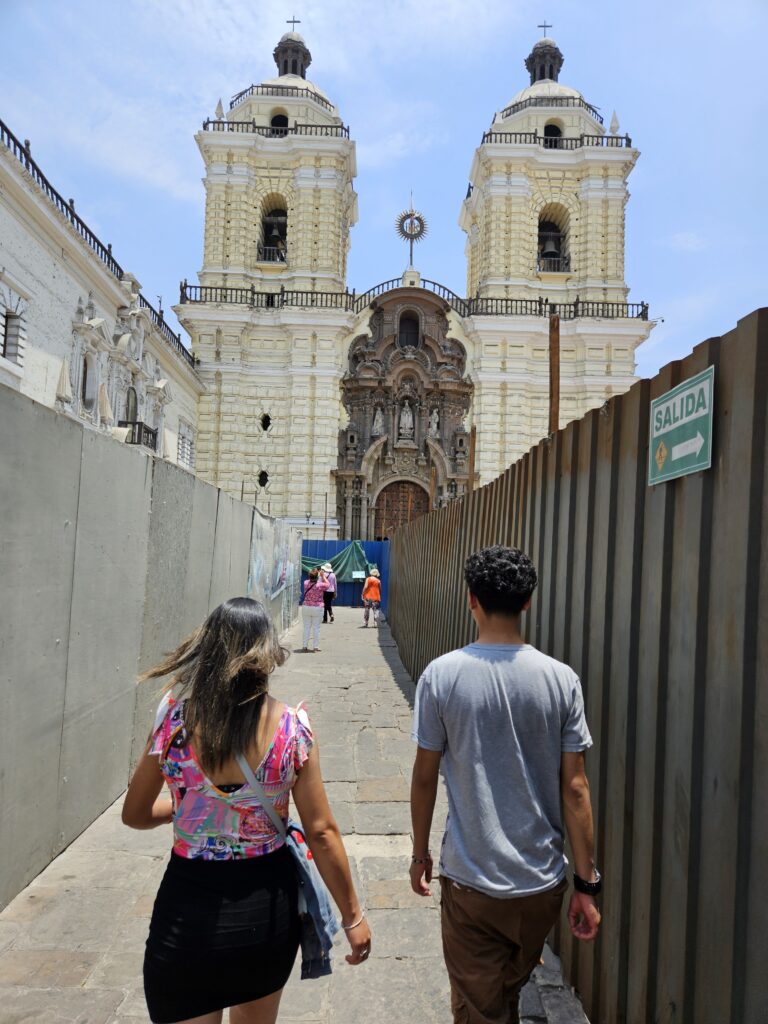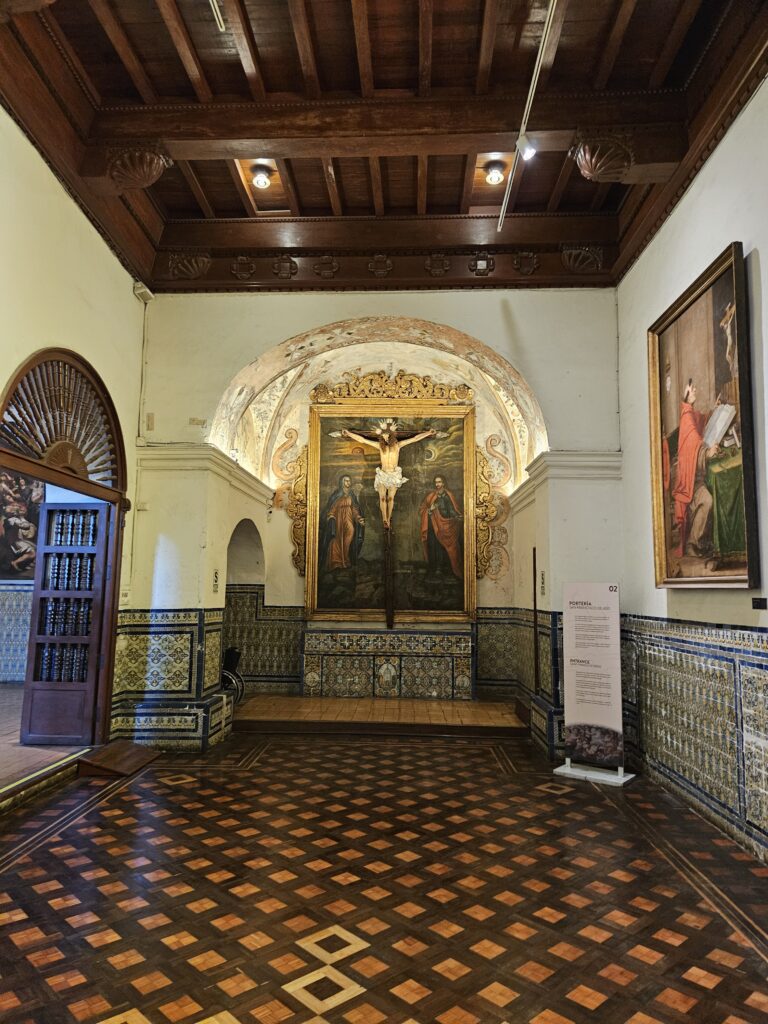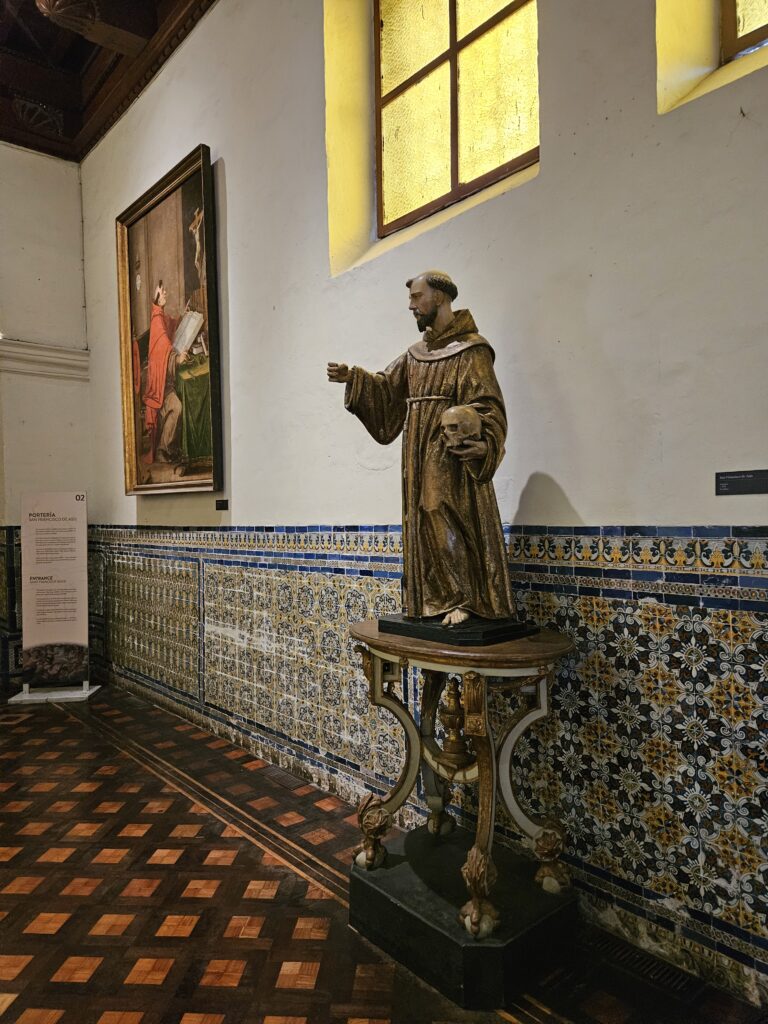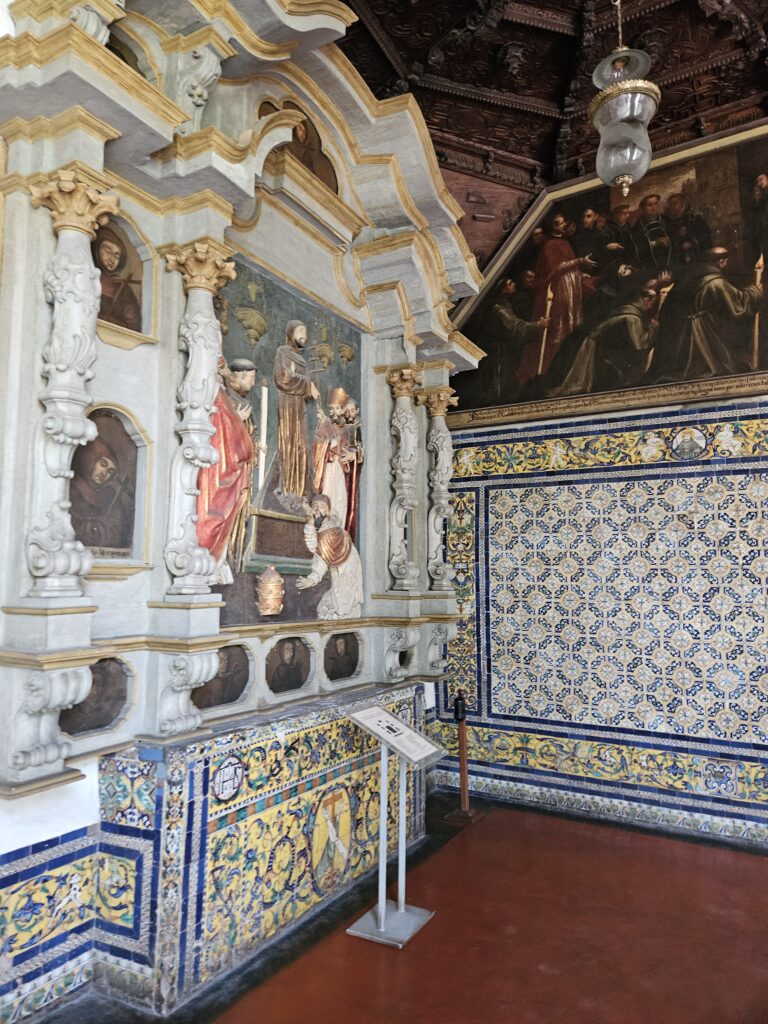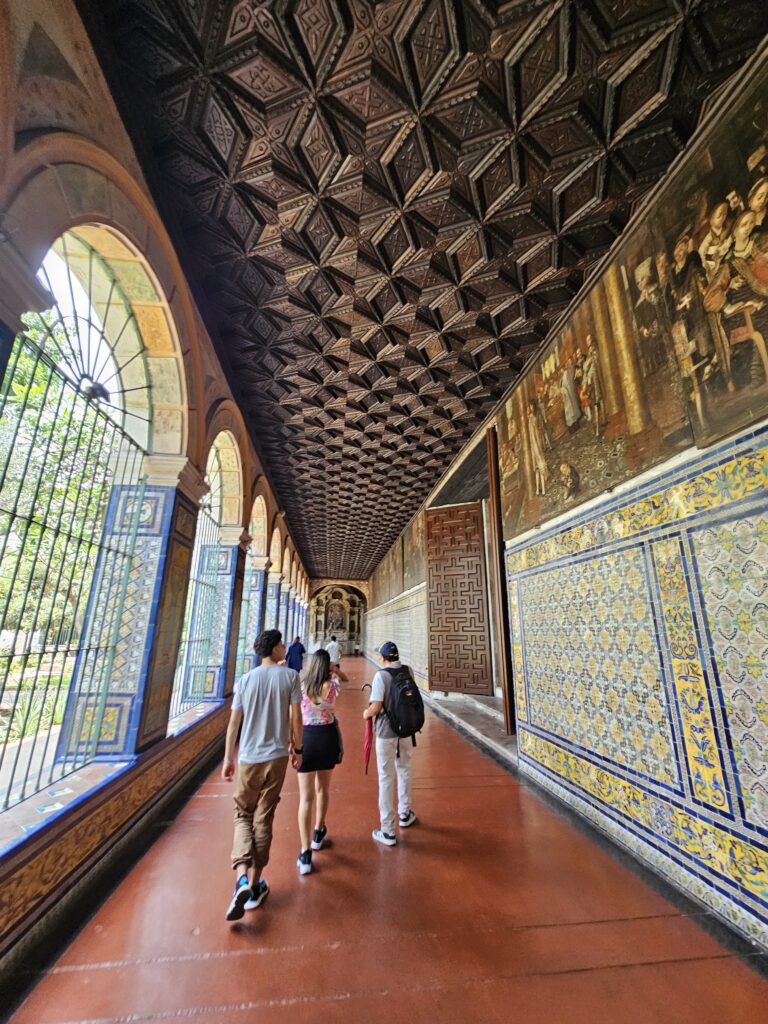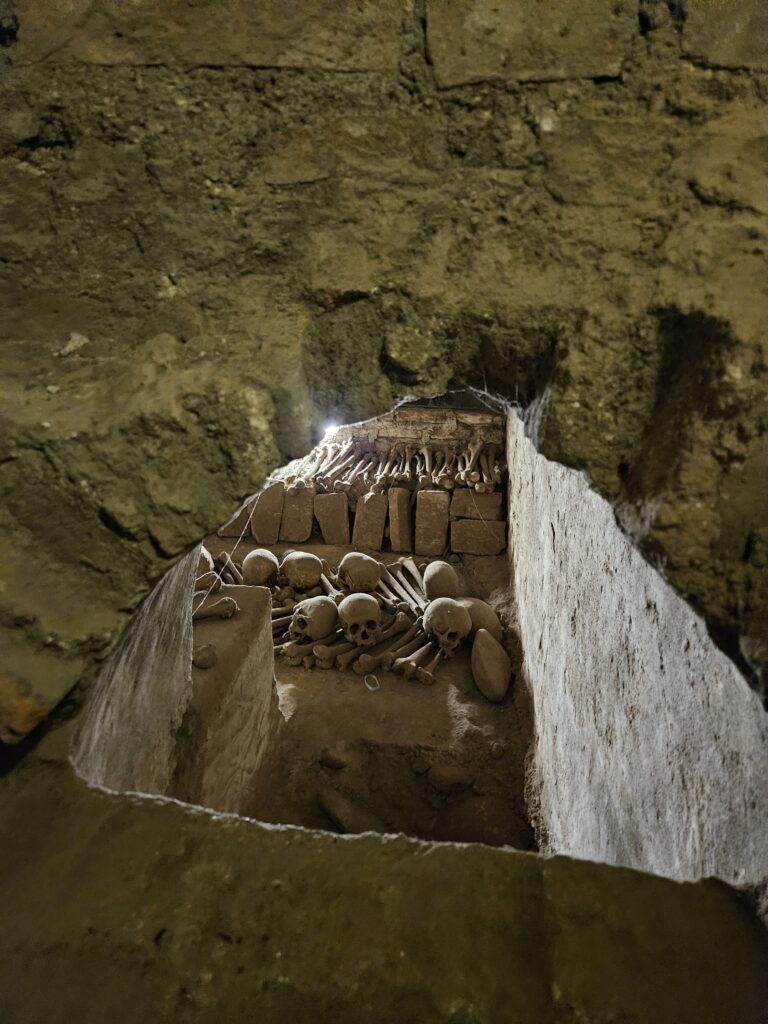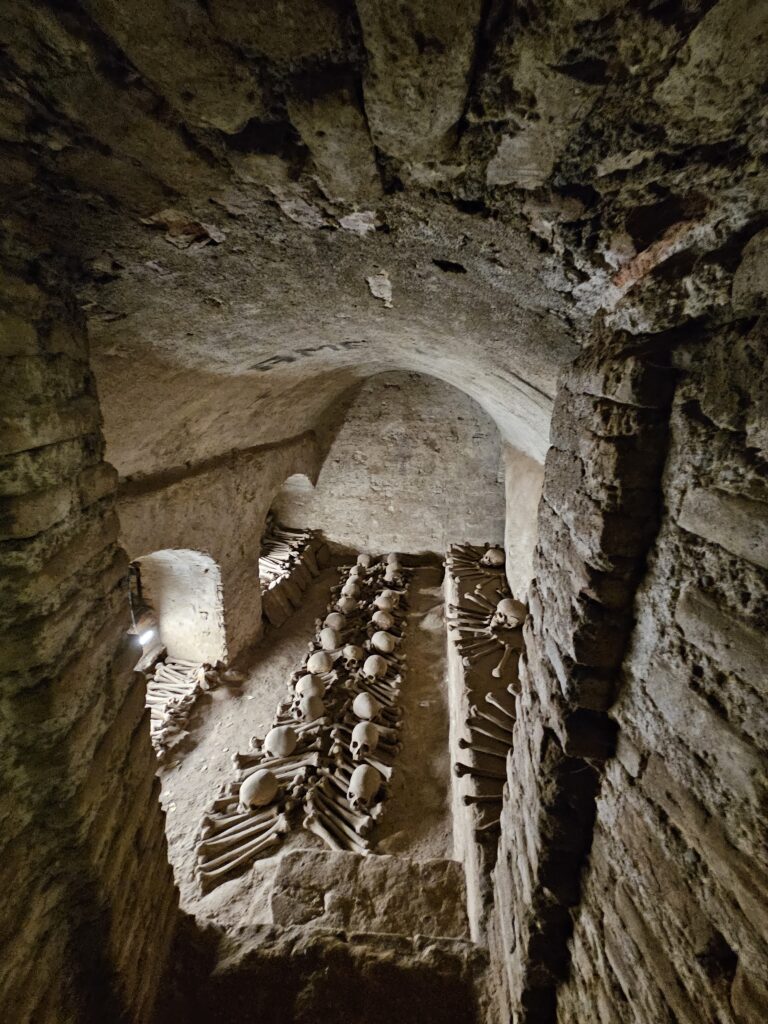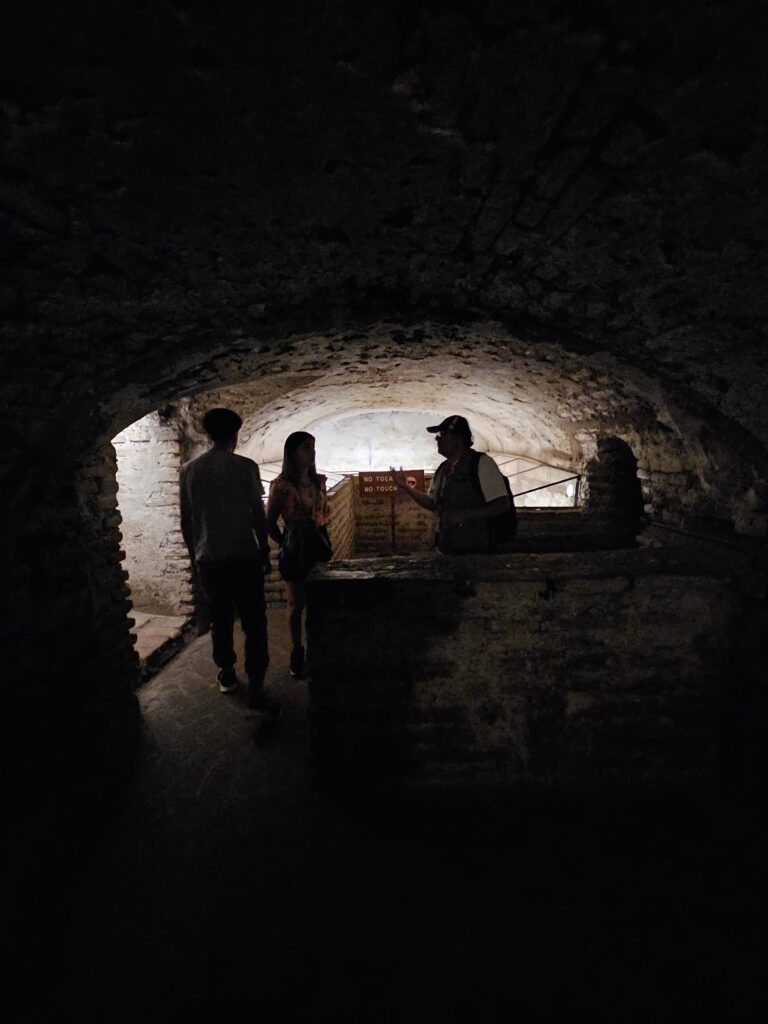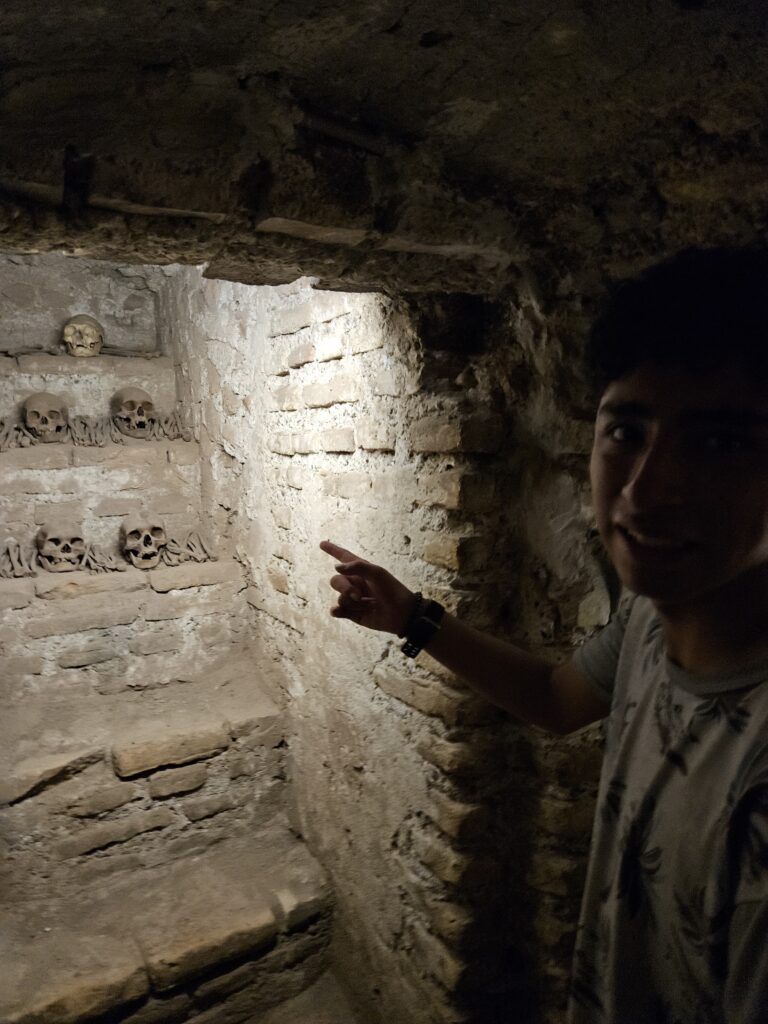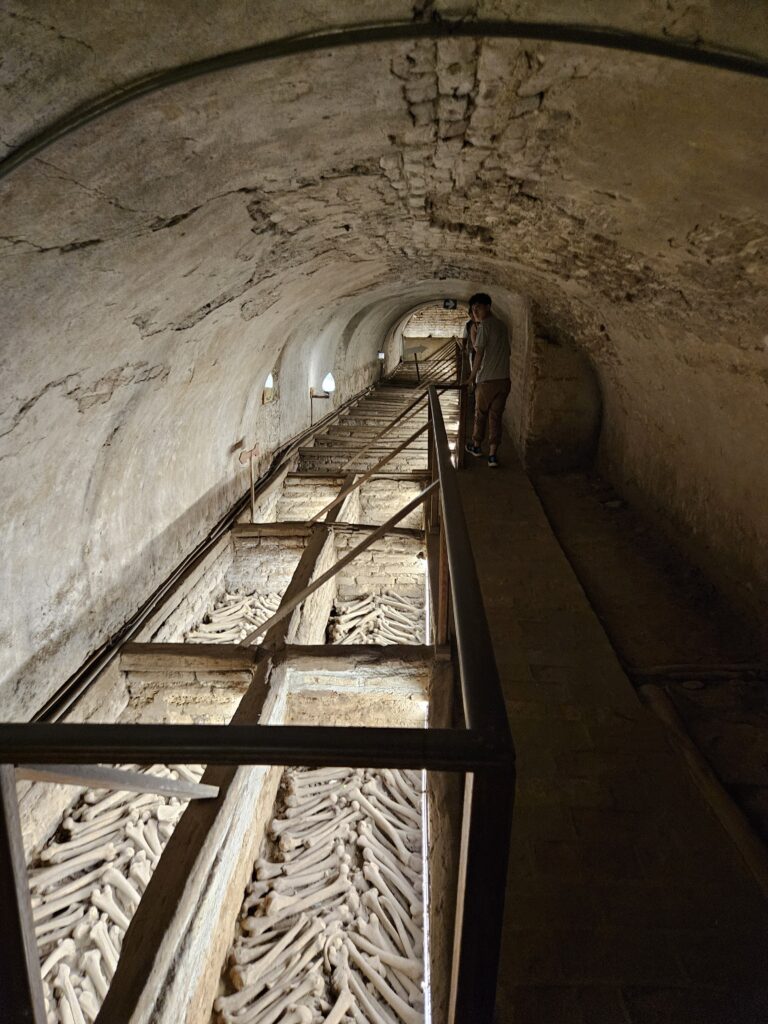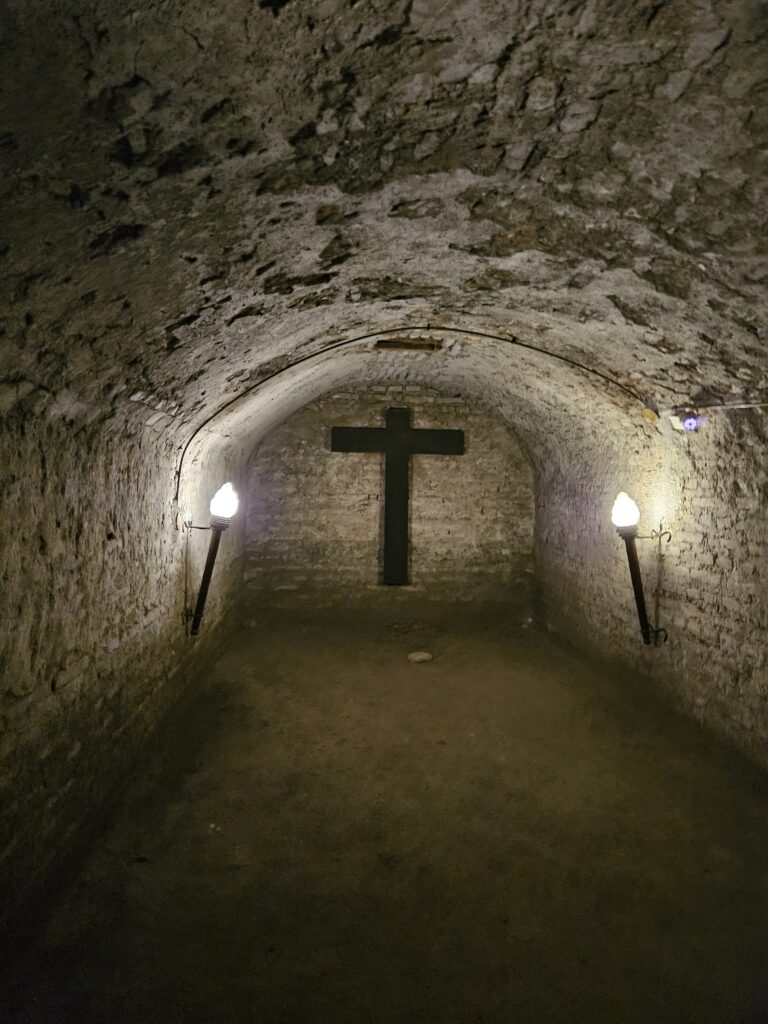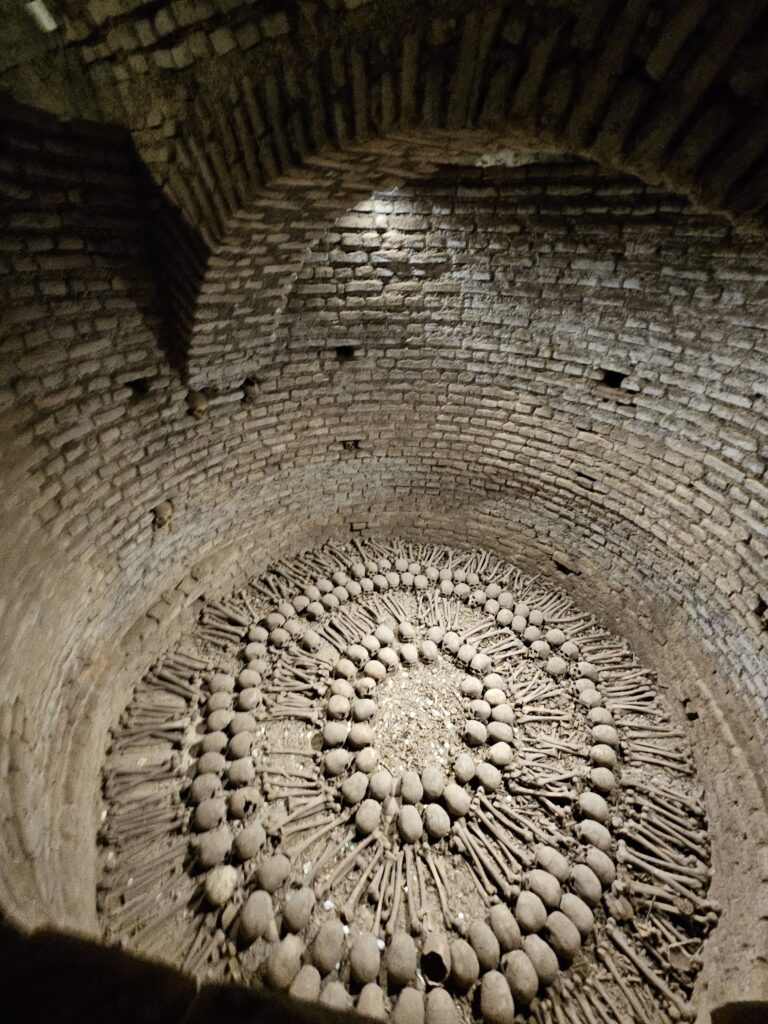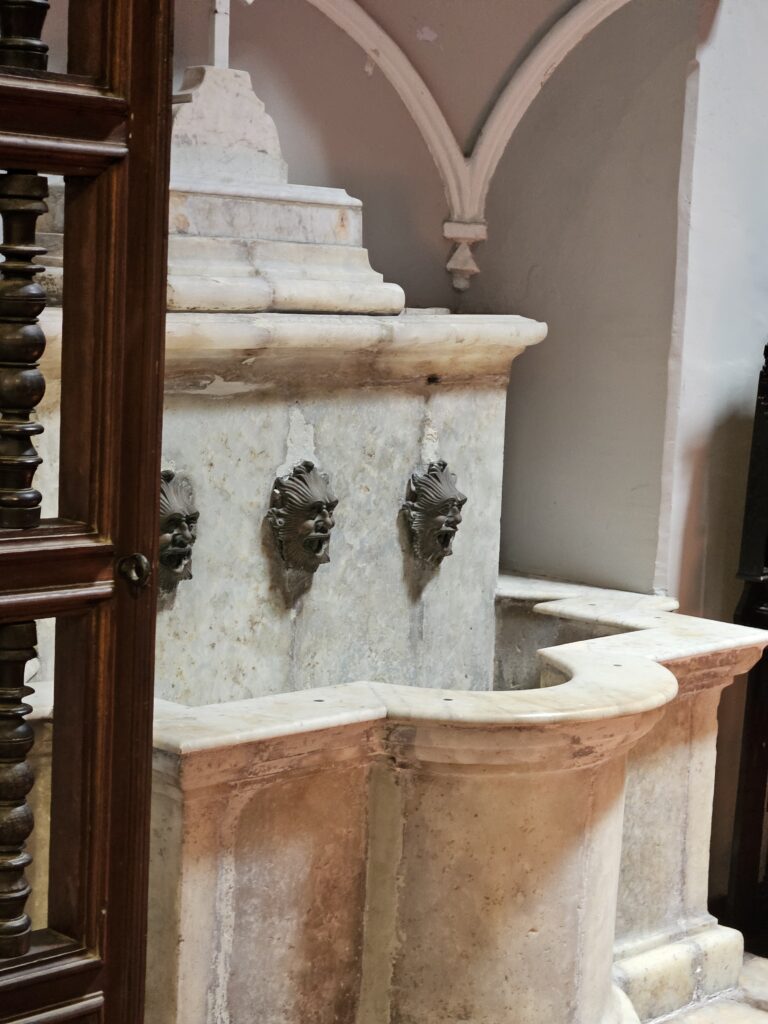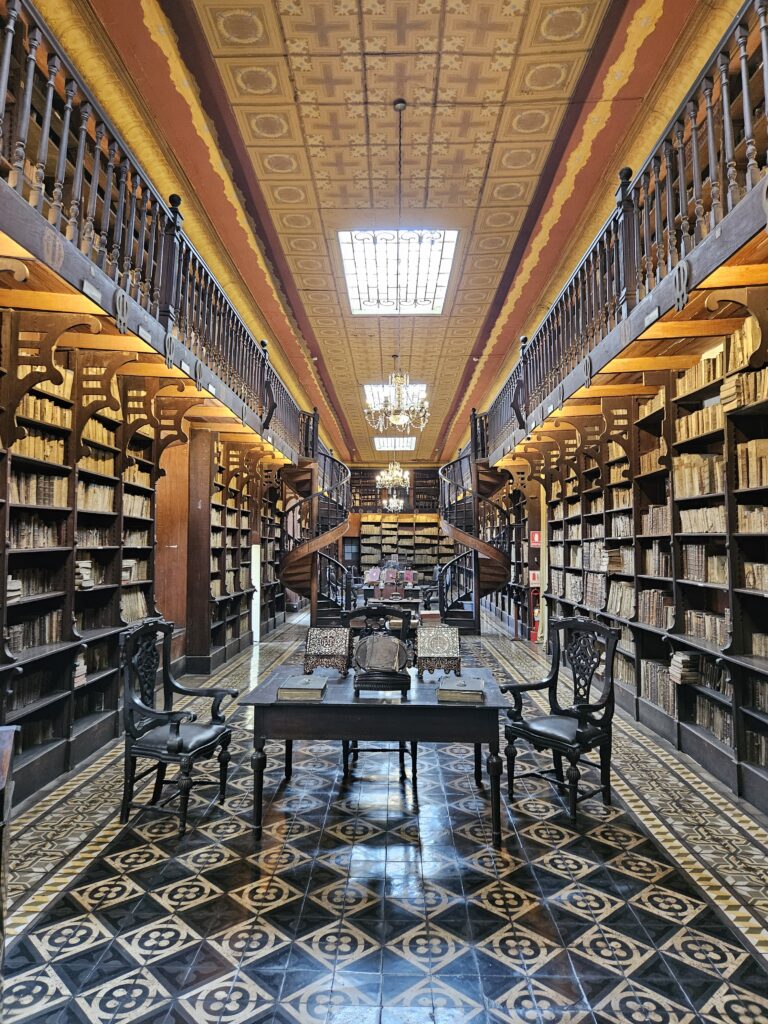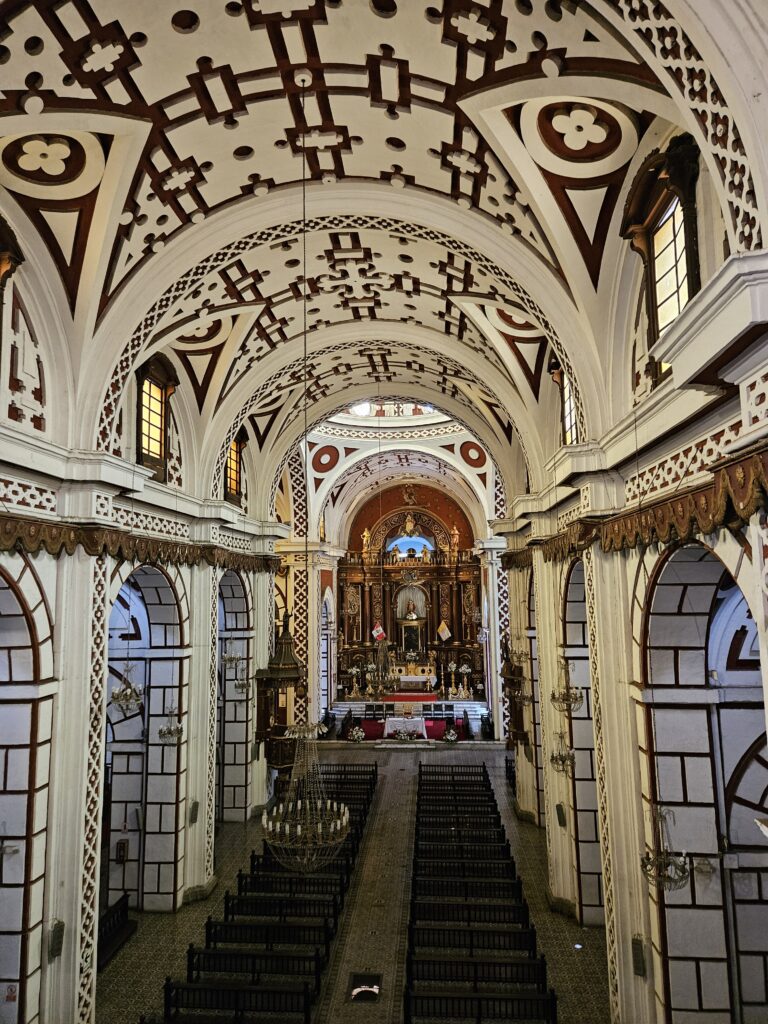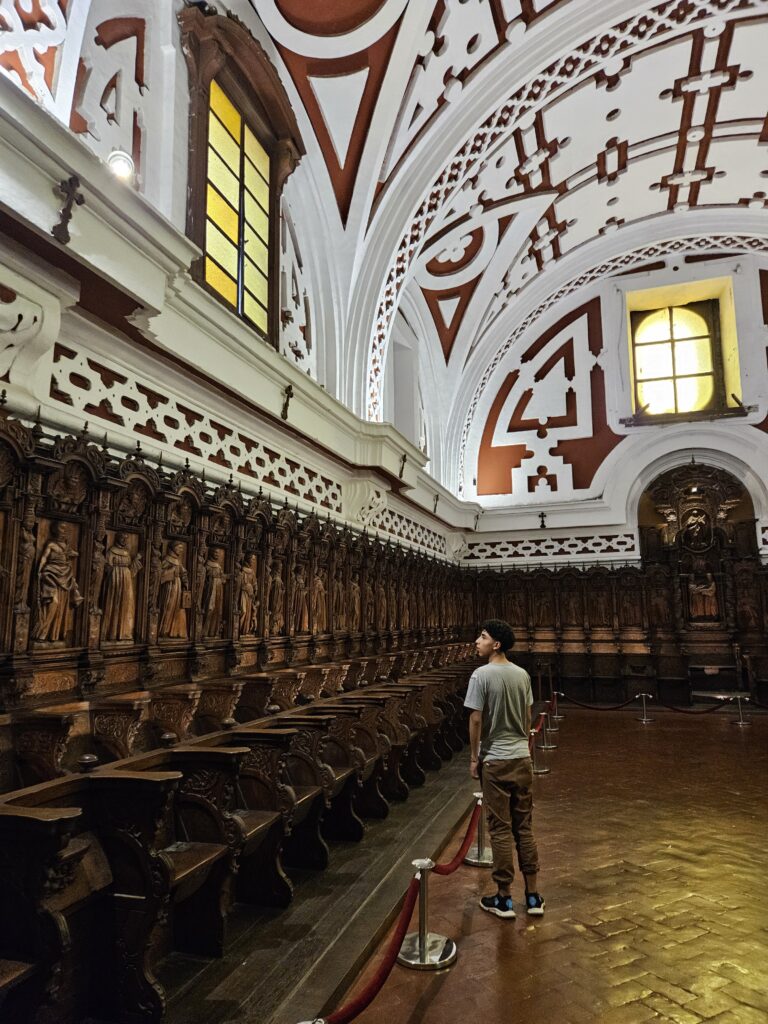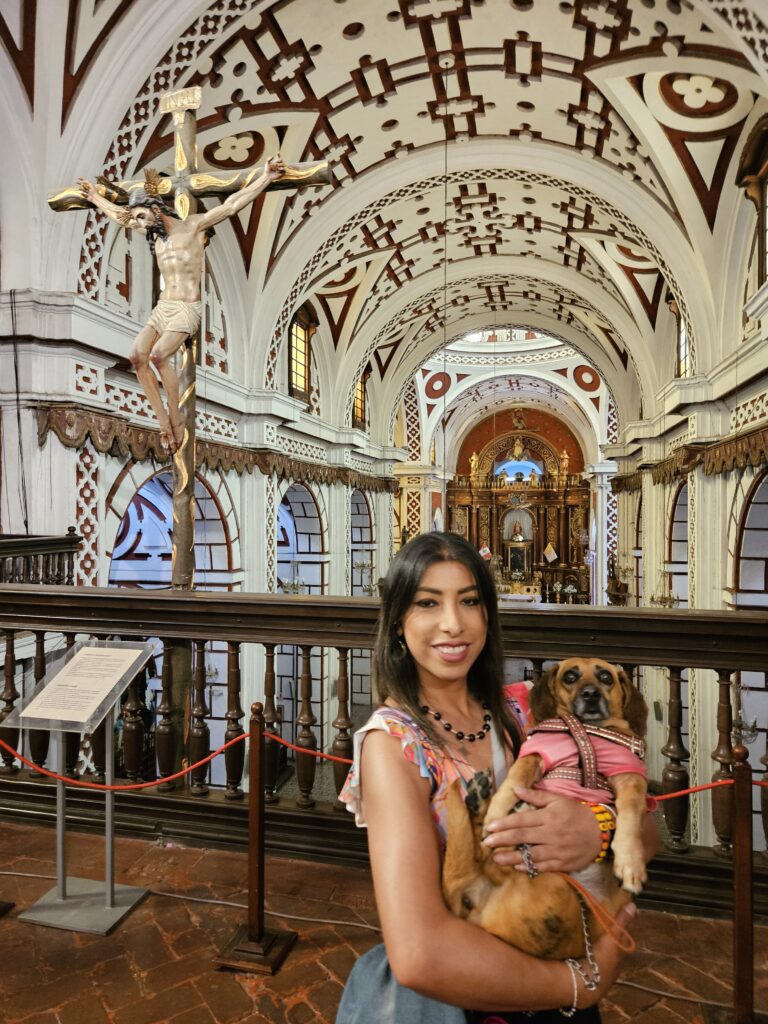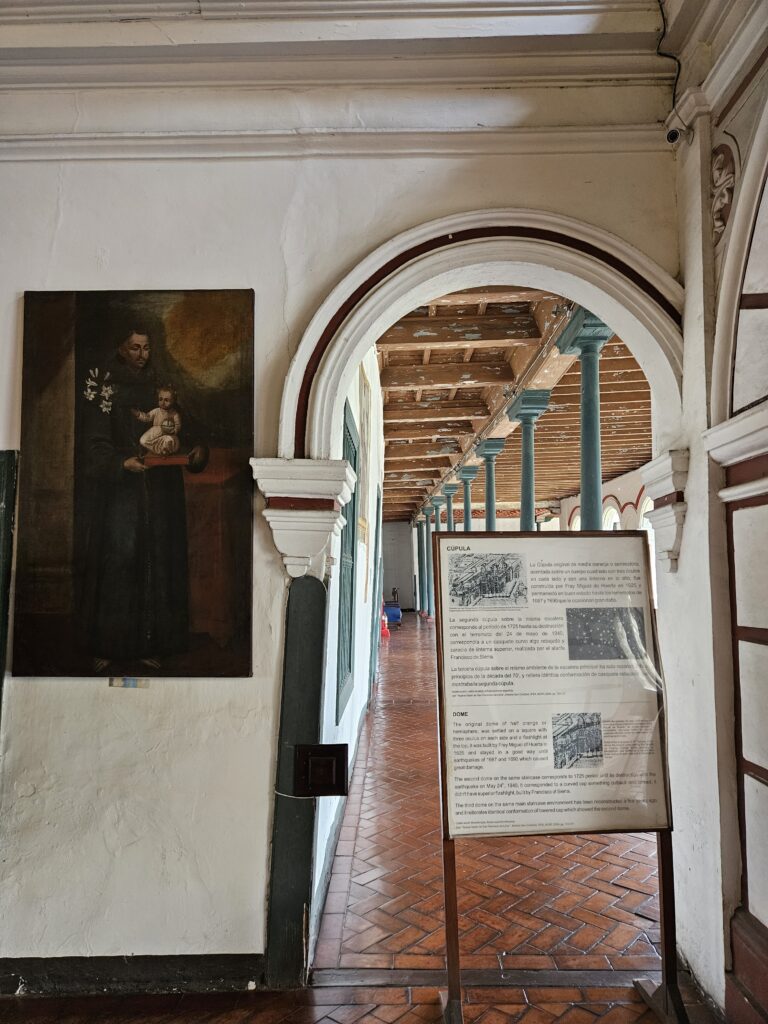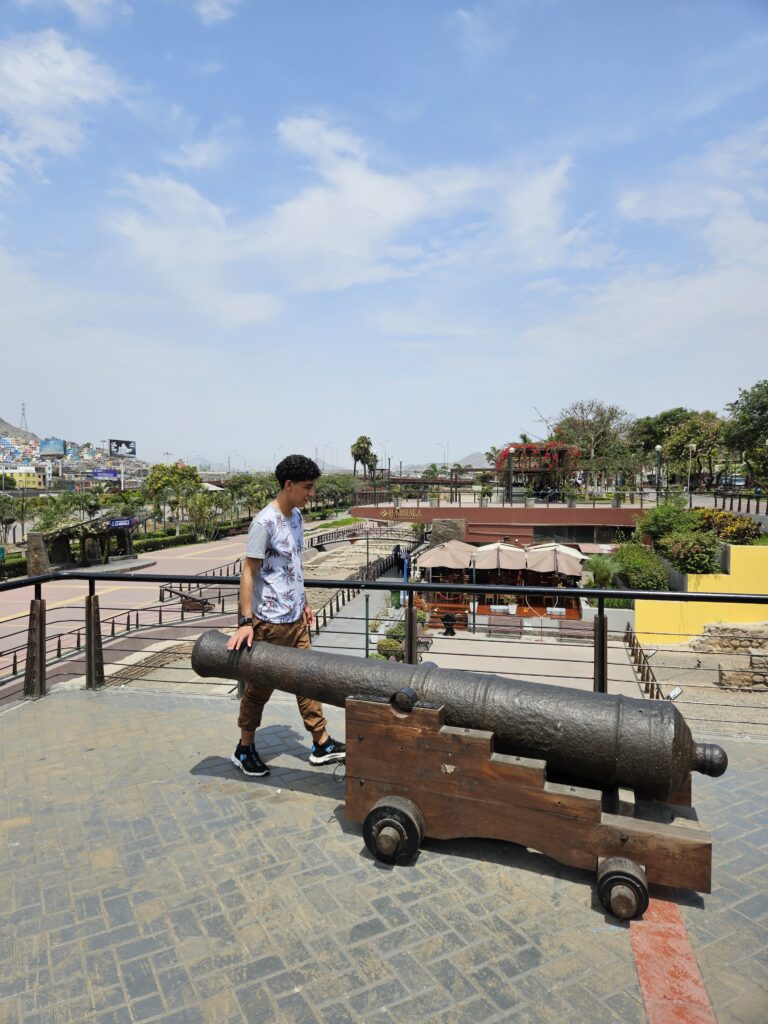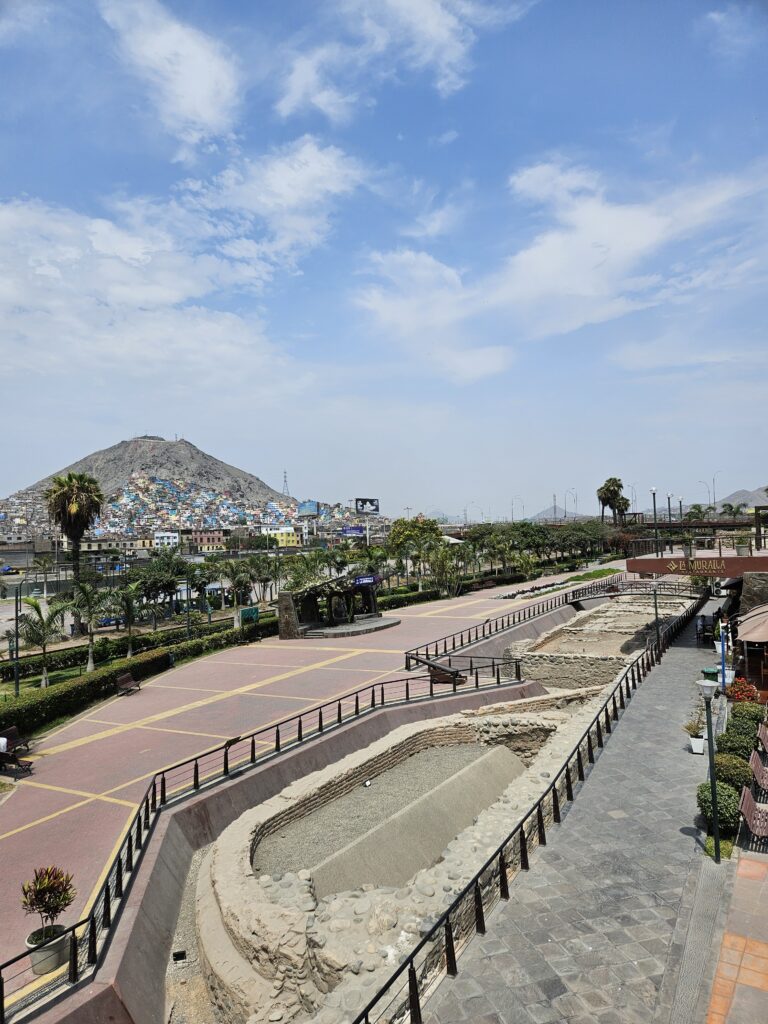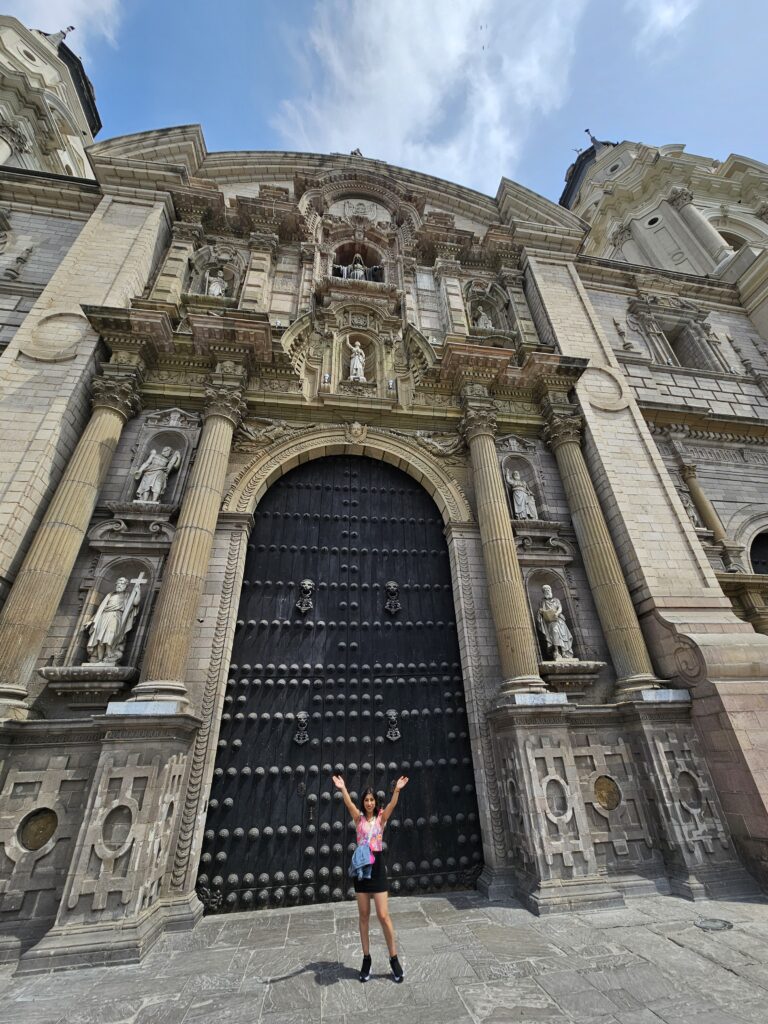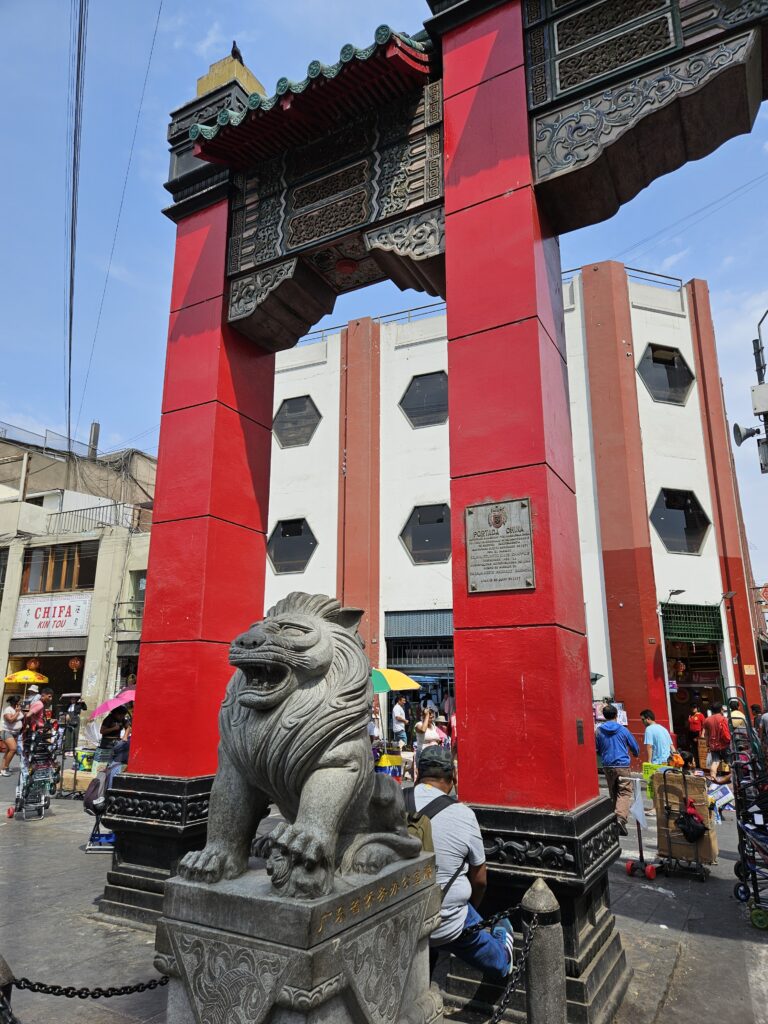When it comes to Incan ruins, no country is blessed with a more spectacular selection of attractions than Peru. This is for good reason, given the heart of the Imperio Incaica was in Cusco. Despite having their most decadent temples in Peru, the Incans weren’t bound by the current borders. Over the years, the Incans grew from a small outpost in Cusco to a massive empire stretching from Southern Colombia all the way down to Northern Chile. This impressive expansion touched 6 modern-day countries and consisted of 20 million inhabitants.
Despite mastering agriculture & incorporating hundreds of tribes into their empire, the Incans didn’t have a written language. This set the stage for countless misrepresentations as historians tried to piece together how this impressive dynasty flourished. While some misconceptions were accidental, others were intentionally made to justify the Spanish attempt to discredit the legacy of the Incas. From destroying temples to building cathedrals on holy sites, nothing was off-limits in their crusade to brainwash the natives and erase the baffling architectural feats the Incas achieved.
Fortunately, some first-hand accounts managed to get documented. What started as legends passed on verbally by the Incan royal family were eventually immortalized by the first mestizo author, Inca Garcilaso de la Vega, with his book “Comentarios Reales de los Incas”. This book saved precious pieces of history that otherwise would have been lost due to the internal genocides of the Incan royalty before the Spaniards arrived. Seemingly by divine intervention, the unique traditions and innovative ways the Incas domesticated and governed such a large empire came to light.
Even though Inca Garcilaso de la Vega has been accused of over-glorifying the Incas, the ruins speak for themselves. Peru is home to countless Incan temples, with only the main ones being discovered and fully restored. These ruins are absolutely breathtaking, they were constructed in a way that’s impossible to replicate even with current technology. Defying modern physics, the Incas fit perfectly cut rocks together that weighed up to 360 tons each on the tops of hills and mountains. On top of being aligned with the sun and constellations, these masterpieces contained designs reflecting the trinity of the three levels of reality. This consisted of the condor for the heavens, puma representing the earth, and serpent for the realm of the dead.
How the Incas managed to construct such complex structures without the wheel is debatable, but there’s no denying their beauty. These temples transport visitors into another dimension that provides more questions than answers. It’s a delightful romp through a fascinating part of human history that remains shrouded in mystery. To provide a glimpse into this notorious civilization, we compiled the top Incan ruins to visit in Peru. This is far from a comprehensive list, but it’s enough to blow your mind with their sheer size and rugged locations!
Best Incan Ruins to Visit in Peru
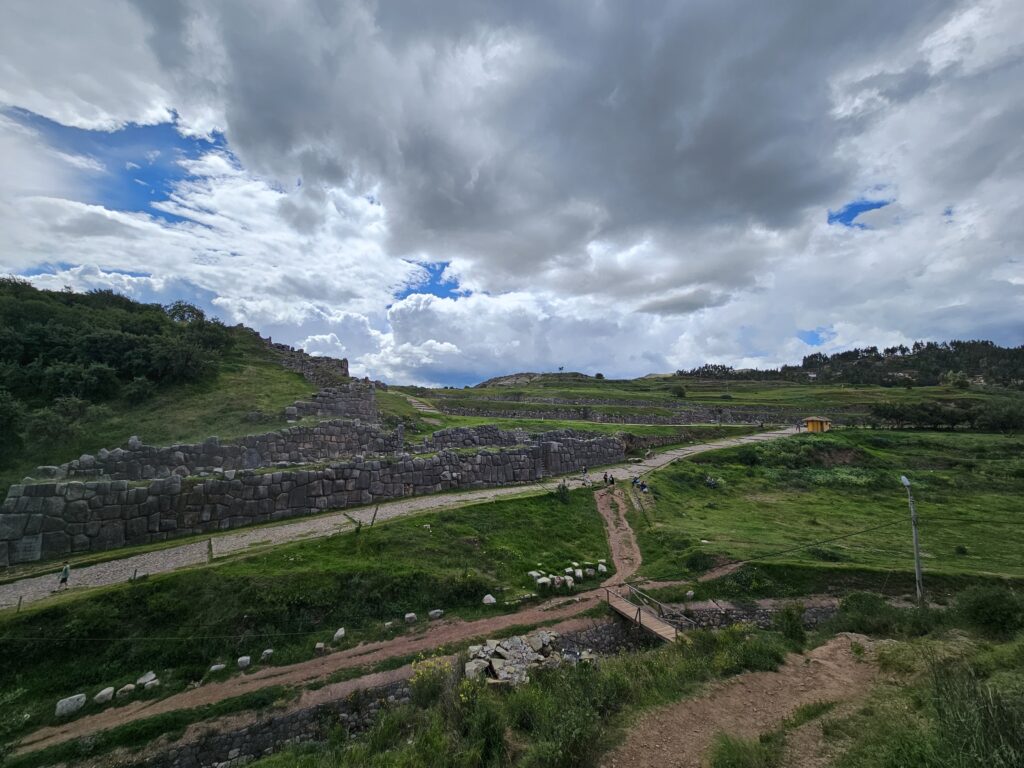
Attraction #1: Sacsayhuaman – This impressive fortress sits on the hills overlooking the city of Cusco. The project was started by the beloved Inca Pachacútec and finished 50 years later by Huayna Cápac at the beginning of the 16th century. It took over 20,000 incans to construct this architectural masterpiece. At the time, the Incan capital was shaped like a puma and Sacsayhuaman was designed as the head of the puma. Despite having this hidden shape from the sky, the fortress was equally impressive from the ground. Sacsayhuaman consisted of multiple walls and a tower 30 meters tall. It was constructed with massive rocks that weigh up to hundreds of tons each.
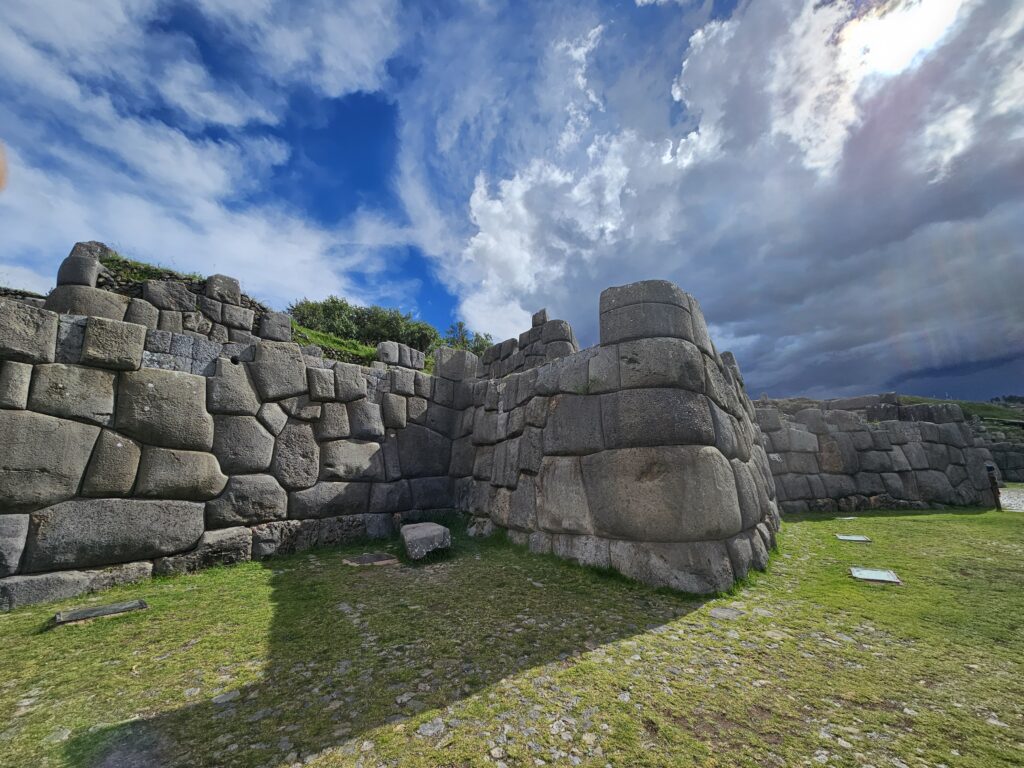
To add even more mystique, the rocks were strategically placed to feature the shapes of various animals. Figures of llamas, hummingbirds, snakes, and pumas were incorporated in rock formations that weigh hundreds of tons. Despite their staggering weight, they fit together so precisely that you can’t even fit a sheet of paper in between them. This attention to detail defies any explanation, especially given most of the rocks were allegedly hauled up the hill by thousands of Incas. The fortress was also equipped with a labyrinth of tunnels that winded down to Cusco and neighboring outposts. Some historians claim that the Incans had tunnels going all the way from Cusco to Lima and Quito, Ecuador. Today they are blocked off, so we’ll never know how far they go.
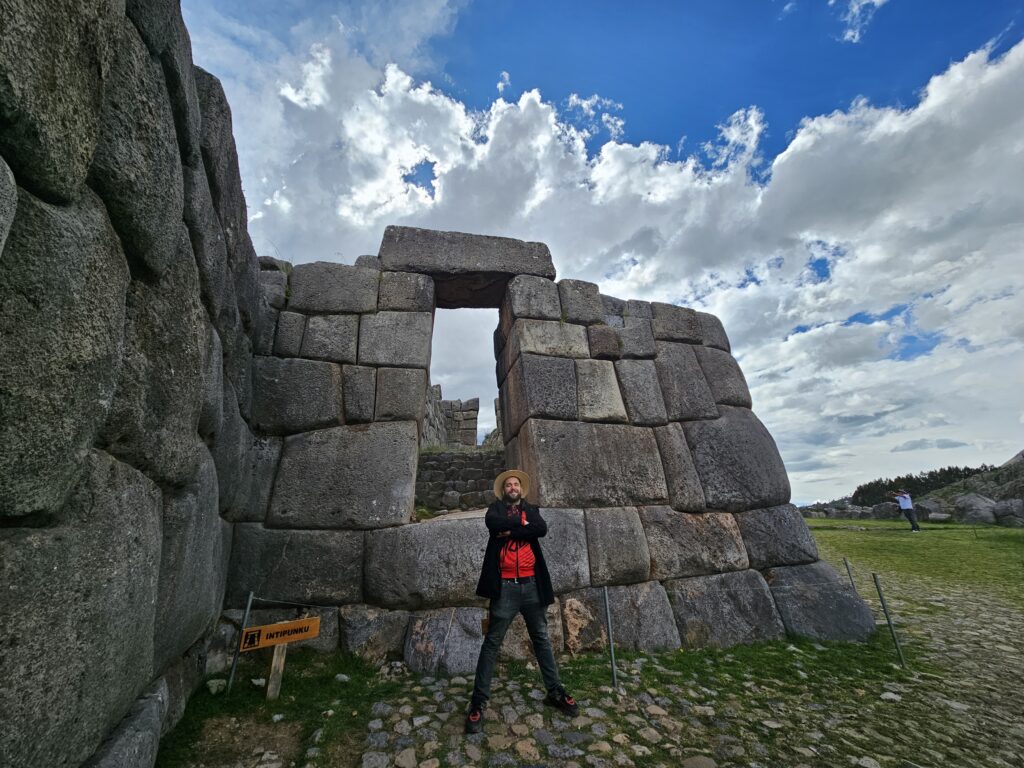
When the Incan empire fell, Francisco Pizarro and his men were awestruck by the sophistication of this fortress. Unfortunately, that didn’t stop the Spaniards from destroying what they could. Over the years, they took as many rocks as possible from Sacsayhuaman to build cathedrals and houses for the families of the top conquistadors in Cusco. Today it’s estimated that only 10% of Sacsayhuaman is still standing. This makes sense, given the fact that the base of the fortress consisted of the largest rocks. Clocking in at multiple tons each, they were simply too big for the Spaniards to steal. Their sheer size saved them from being destroyed, which was a blessing to archeologists and Cusqueños looking to reconnect with their heritage. The remaining 10% of Sacsayhuaman is epic to see, so come explore this breathtaking feat of Incan ingenuity!
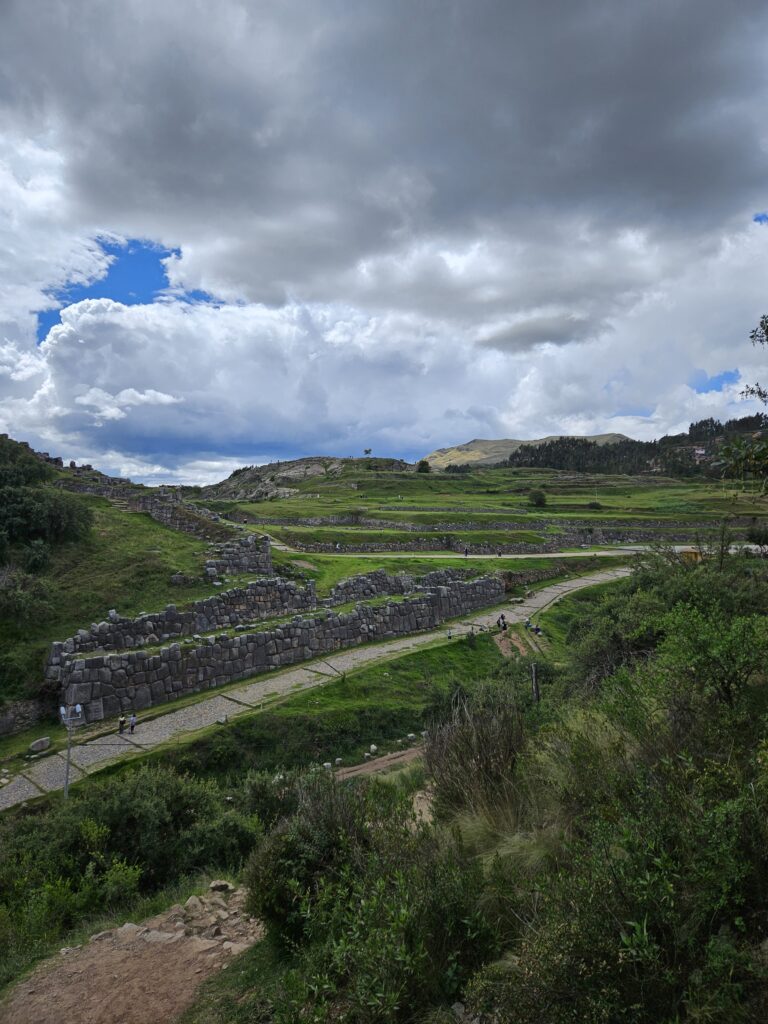
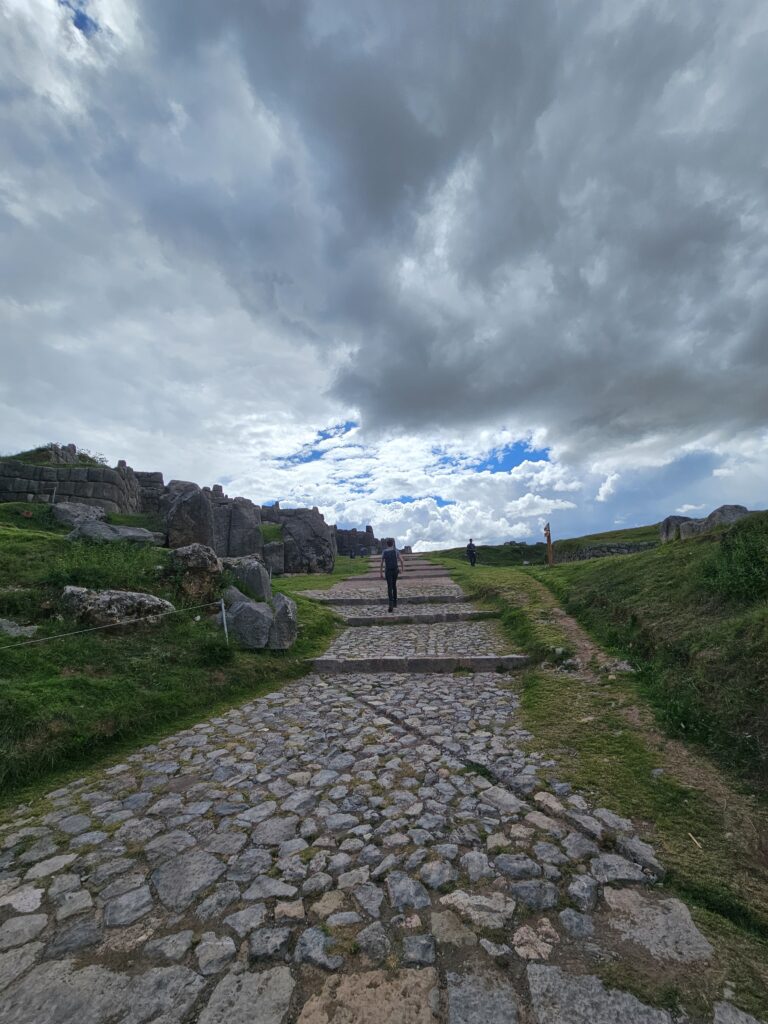

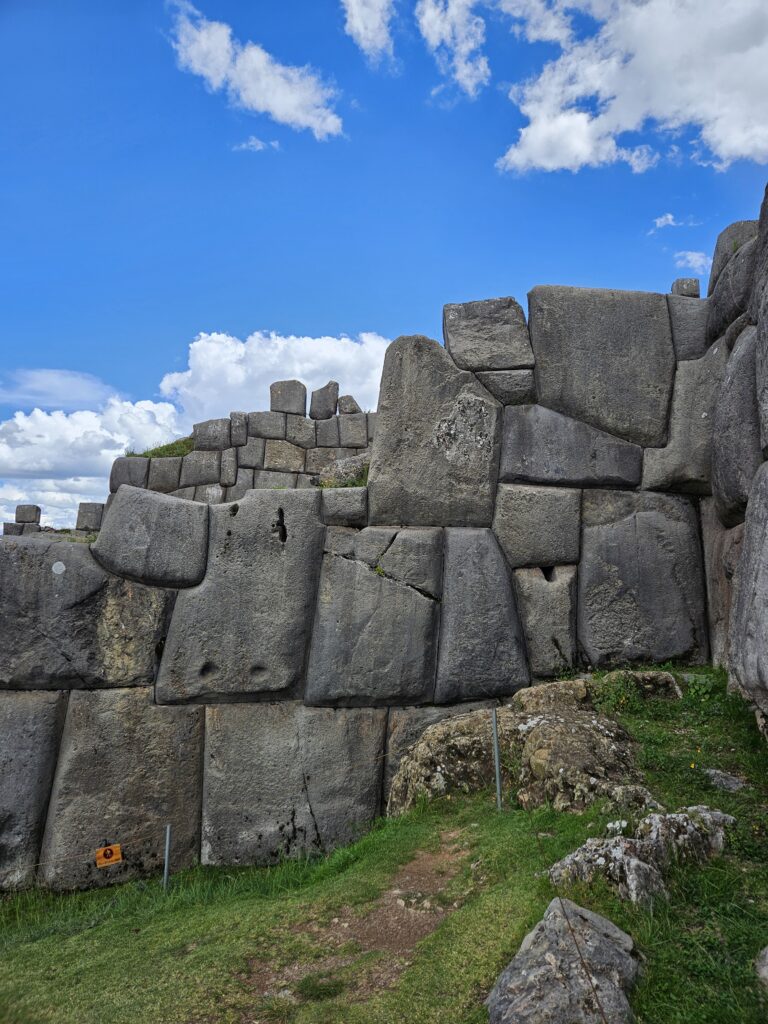

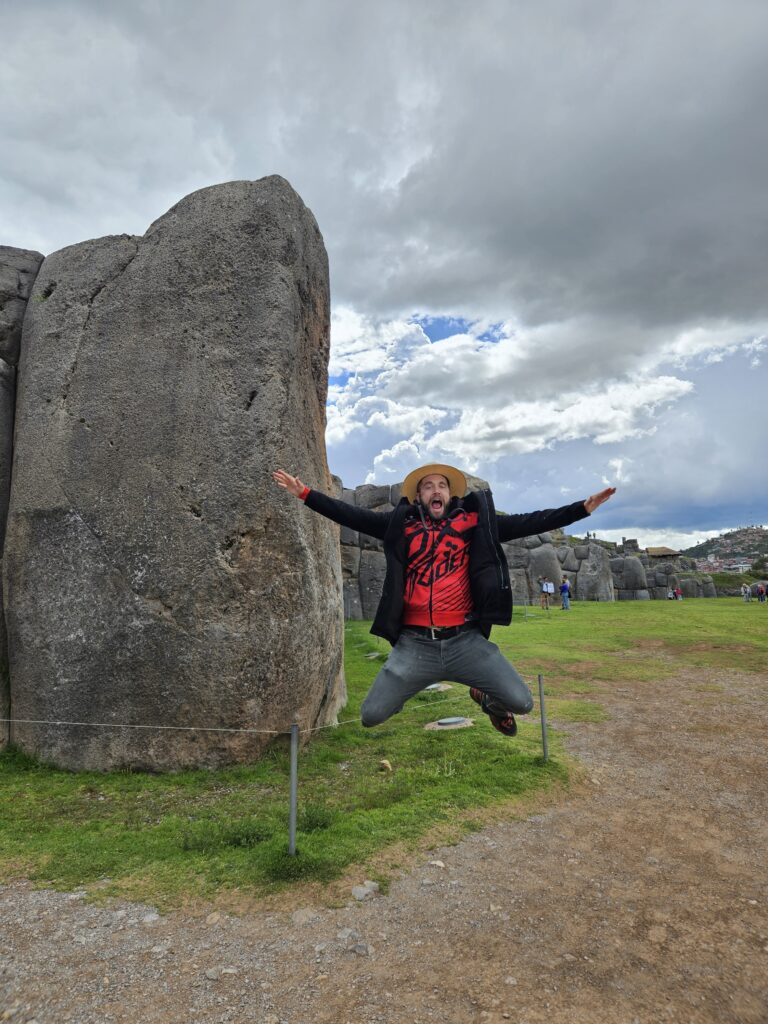
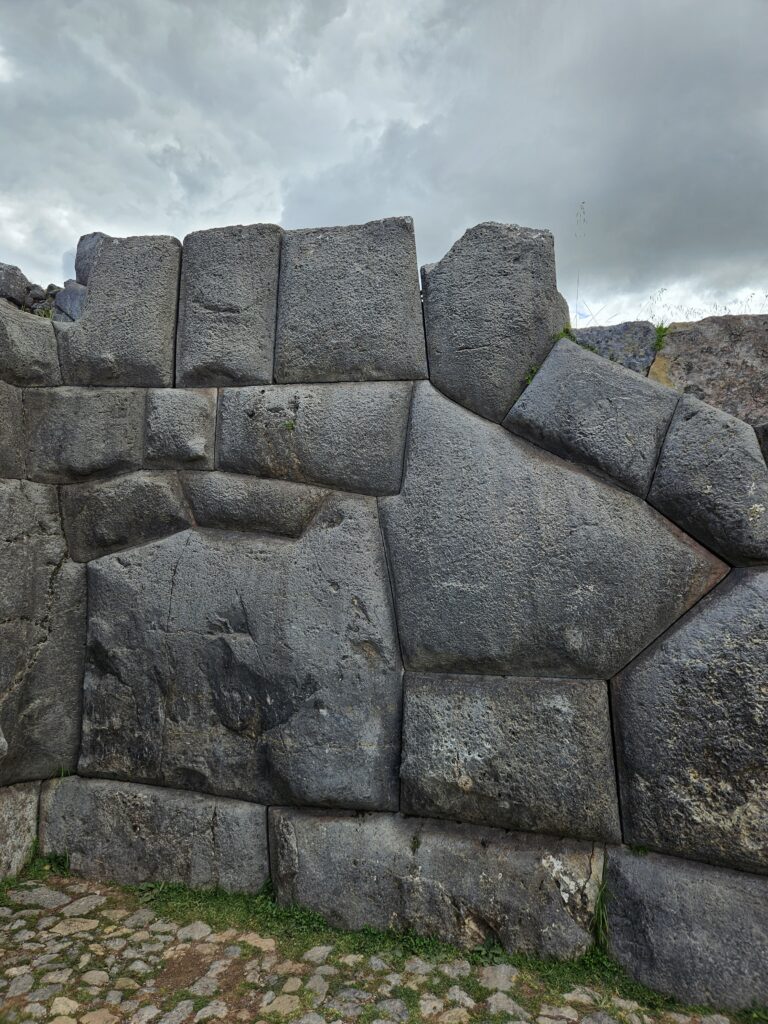
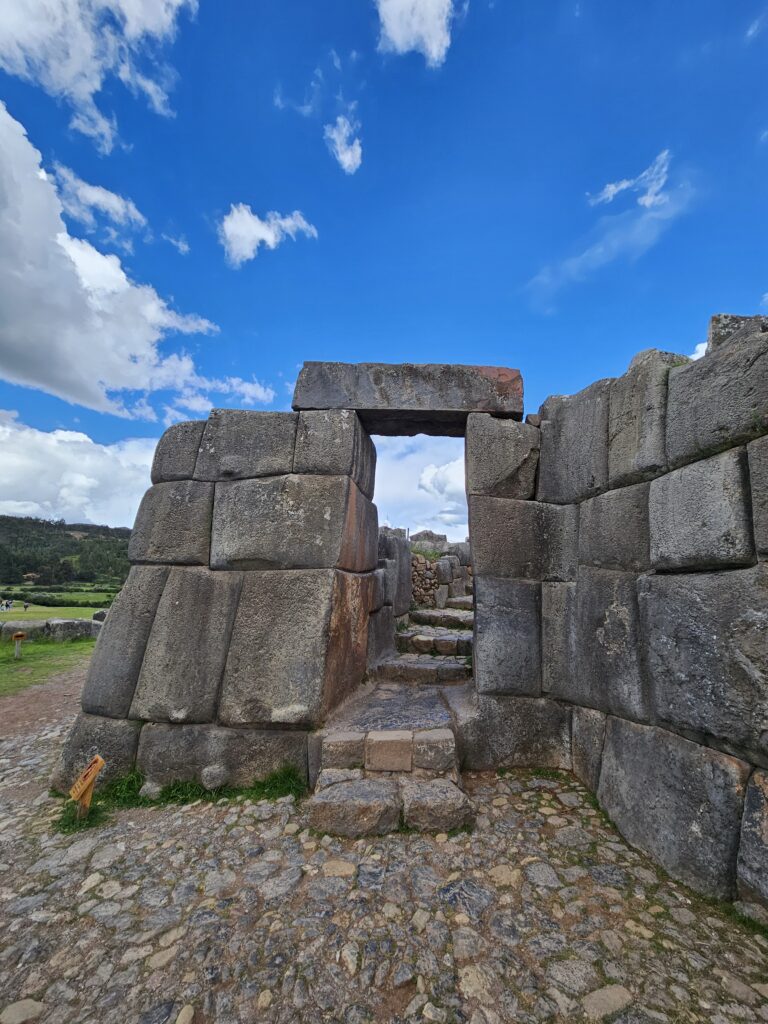
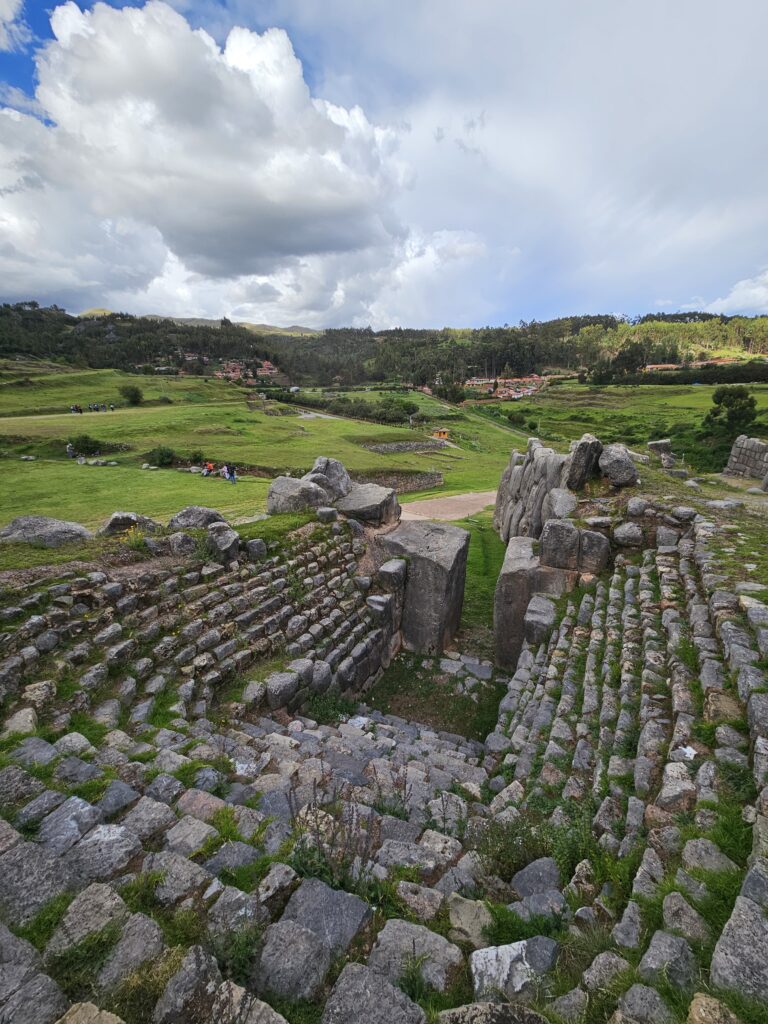
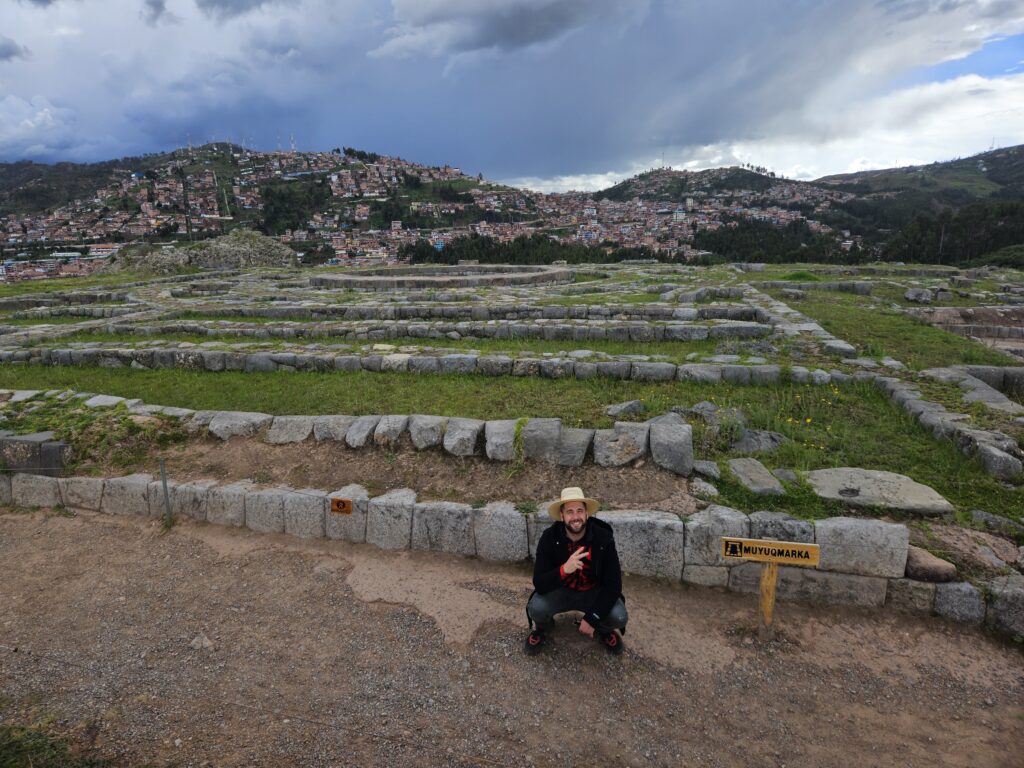
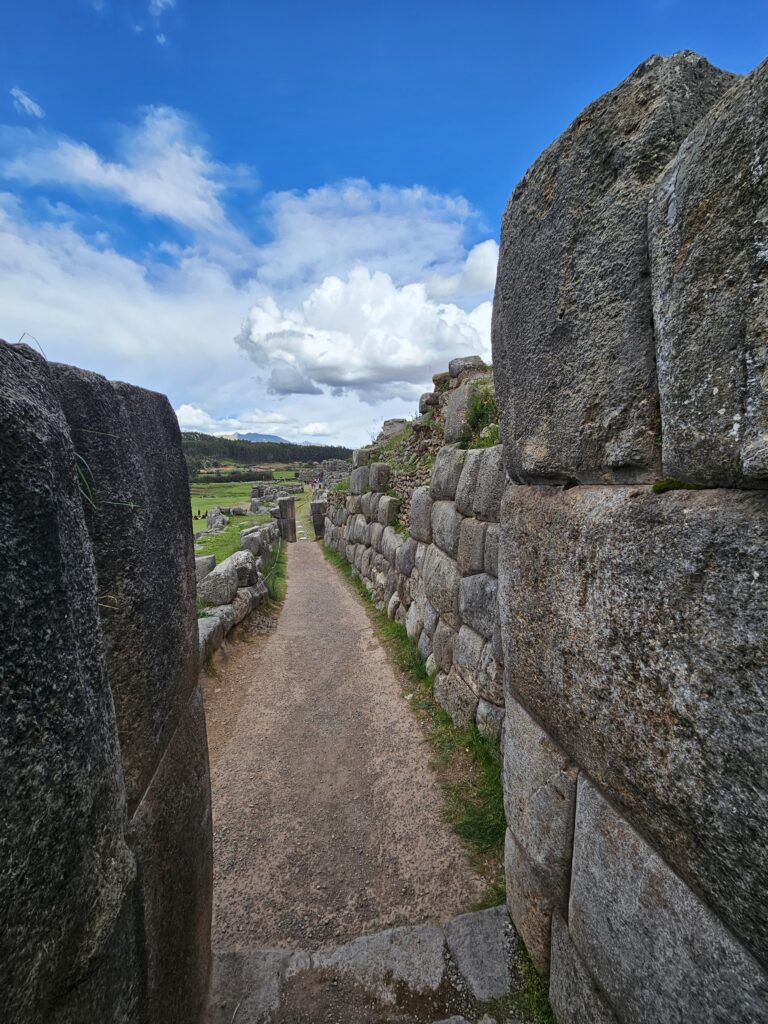
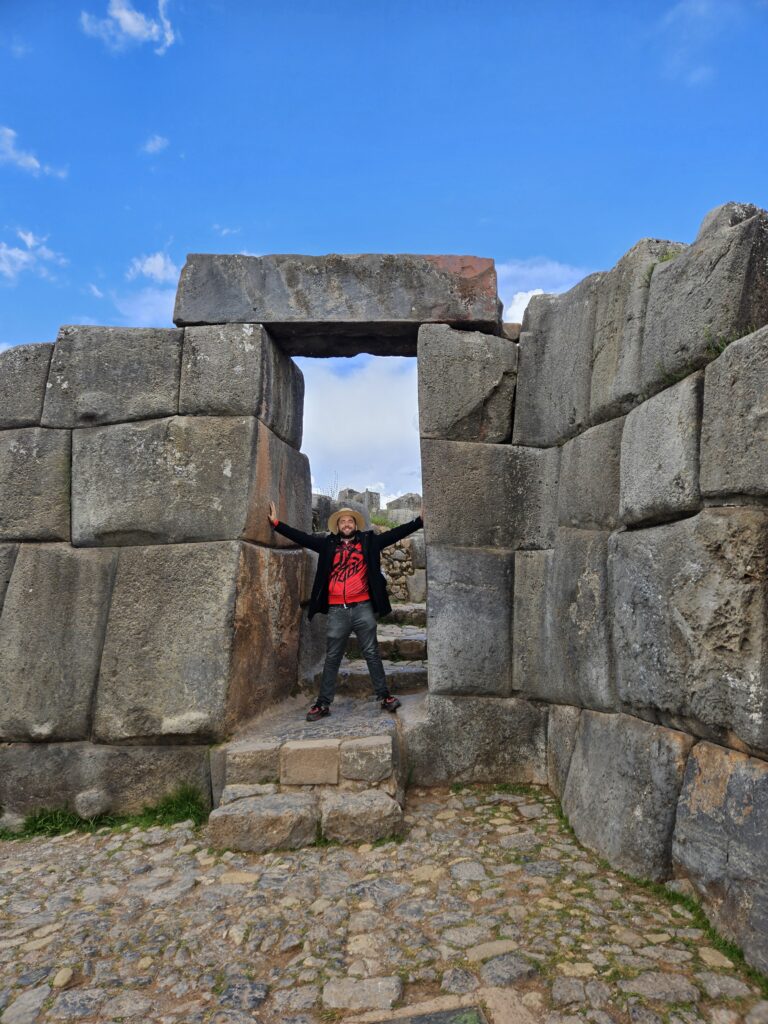

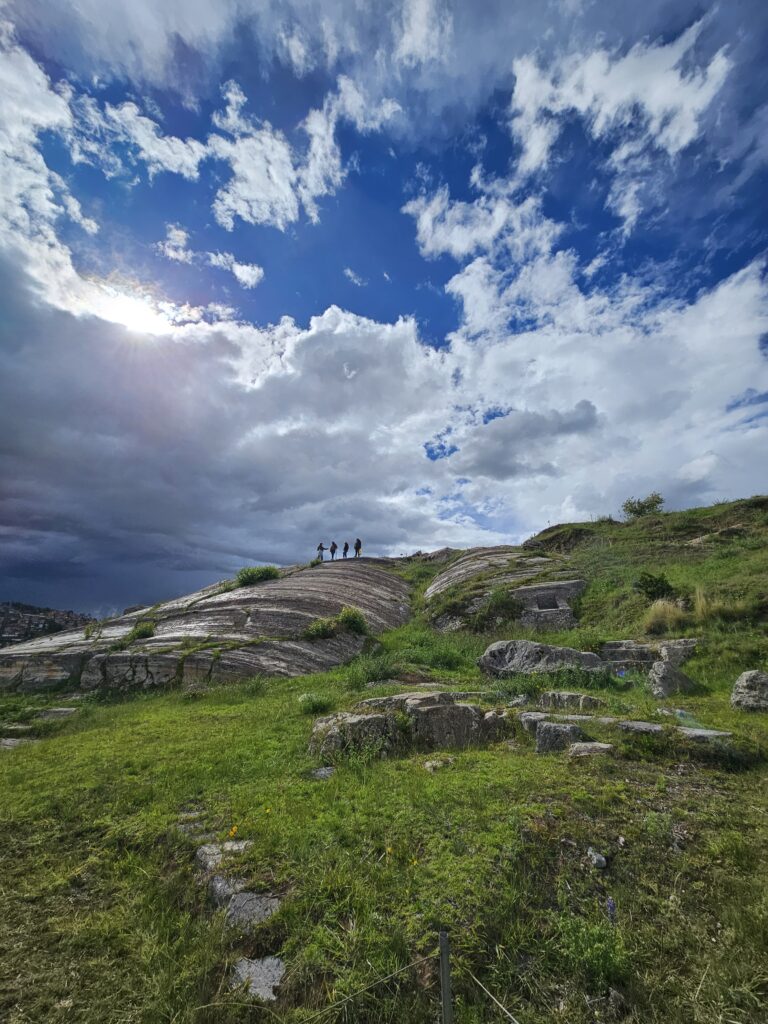

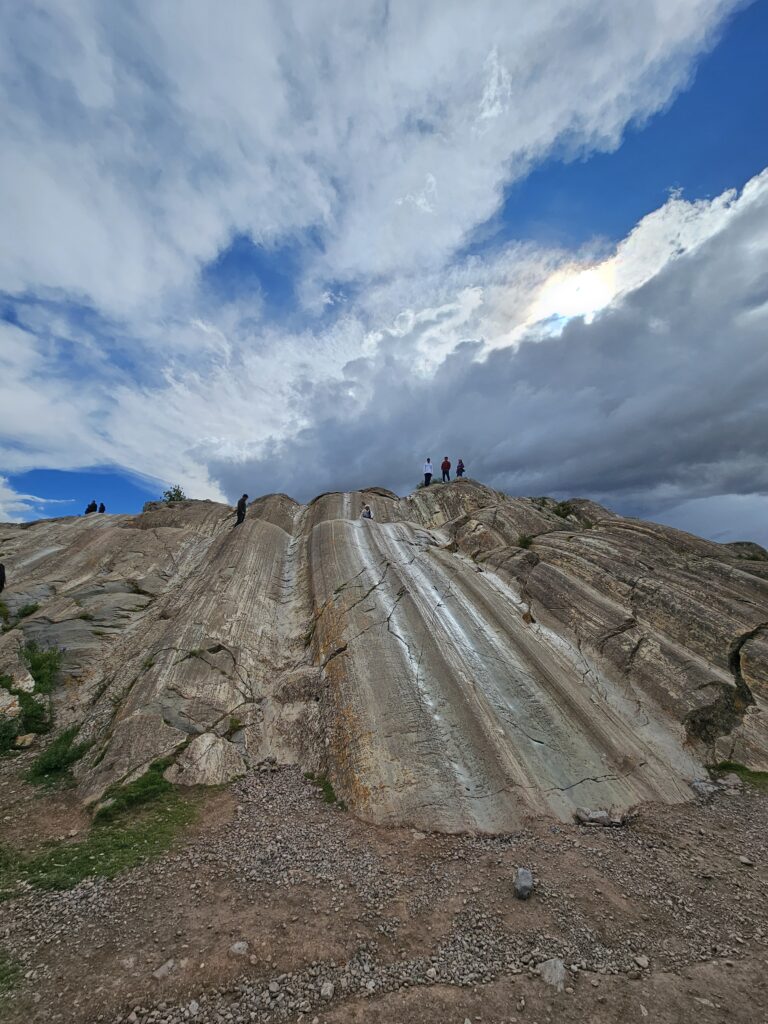

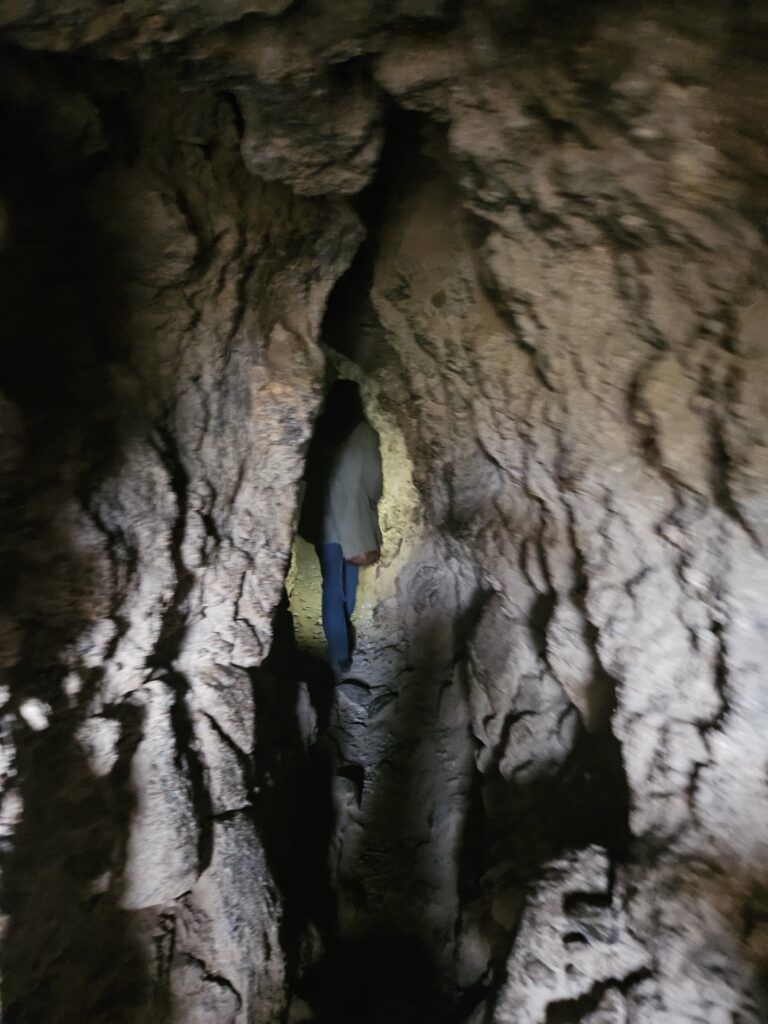
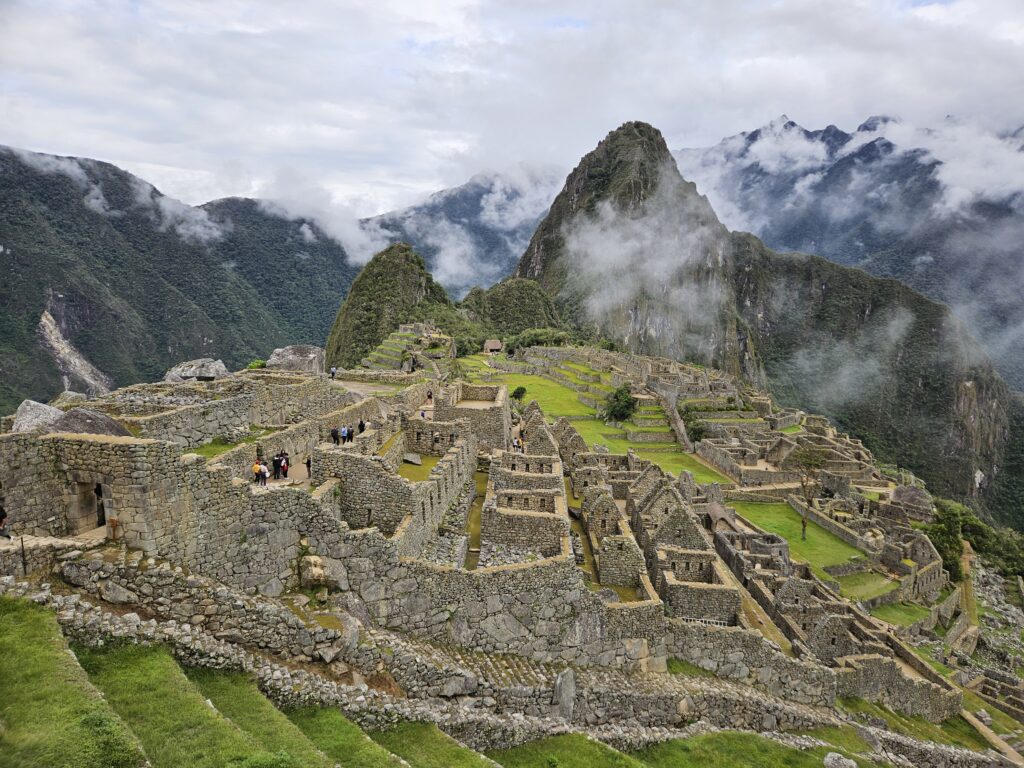
Attraction #2: Machu Picchu – Without a doubt, this is the most impressive architectural feat of the Incas. Machu Picchu was constructed in between 2 mountains directly on top of two geological faults. Thanks to its precarious location, the area endures a steady disruption of earthquakes that puts any building to the test. Boasting torrential rain all year long, the jungle climate is just as inhospitable. Defying the fury of Mother Nature, many of Machu Picchu’s most extravagant buildings are still standing. Most experts attribute this longevity to its drainage system, which consists of 129 extensive canals.
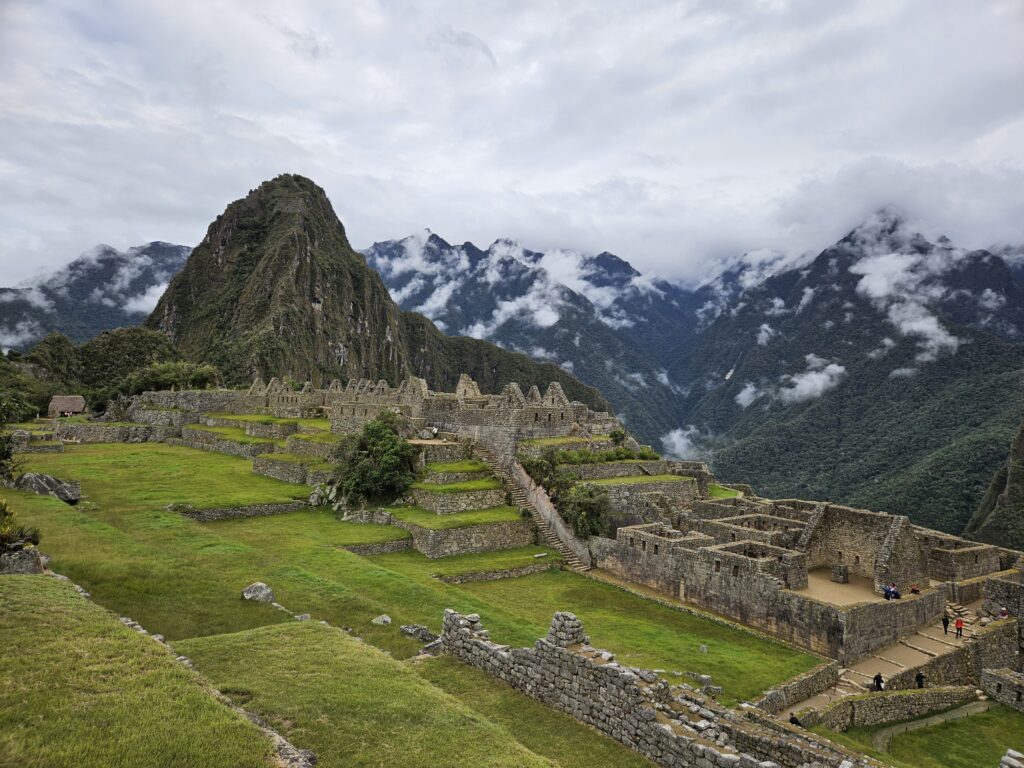
When the Inca Pachacútec conquered the area in 1430, he was so impressed with its location that he ordered a religious complex to be erected. The project lasted 20 years, and its architectural sophistication is a testament to the ingenuity of the Incas. The area was beloved by Pachacútec, and many believe that his mummified body was stored in its templo del Sol up until the arrival of the Spaniards. Consisting of a large system of agricultural canals in the South and a bustling urban center in the North, Machu Picchu’s population ranged from 300 to 1,000 inhabitants. These consisted of royal elites who conducted religious ceremonies and enslaved members from various tribes who cultivated the farmland that had previously rebelled against the Incas. Due to its strategic location, Machu Picchu doubled as a religious site and a fortress.
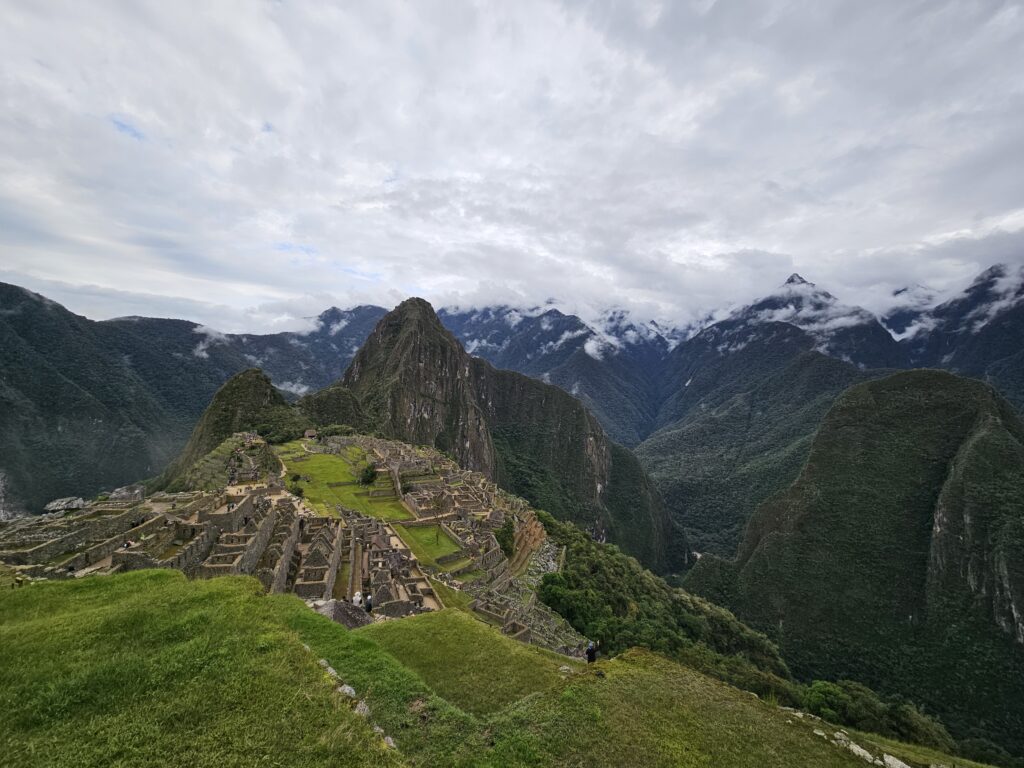
Many details remain immersed in mystery, but a surprising amount of information has come to light in recent years. While many people assume Machu Picchu was a lost city, the truth is it was never completely forgotten. During the Incan Civil War and subsequent Spanish invasion, the enslaved tribes rebelled and went back to their homelands. This left Machu Picchu almost completely deserted, but it still had enough inhabitants to pay tribute to the Spanish crown as part of the annual collective payments in Ollantaytambo. Machu Picchu even had a curaca in 1568 named Juan Mácora, which showed the Spaniards knew about this “hidden” city.
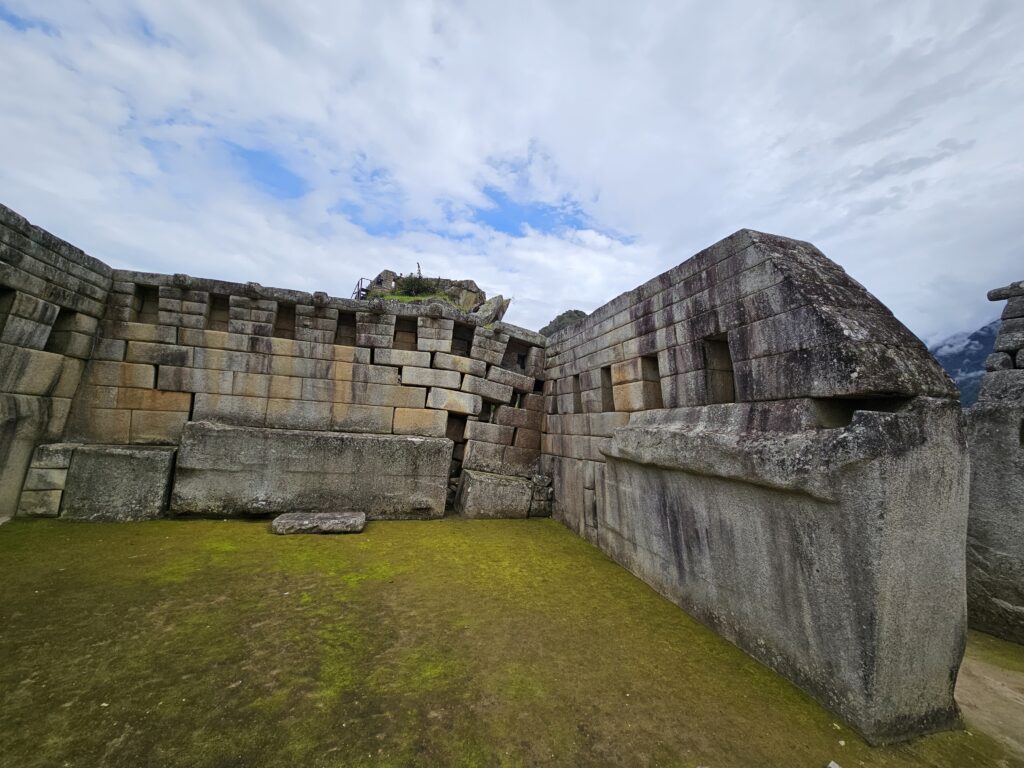
Due to its remoteness and lack of participation in Peru’s never-ending uprisings and social conflicts, the Spaniards ignored Machu Picchu. This led to it getting overgrown with dense jungle vegetation that almost consumed the ruins forever. It wasn’t until multiple European groups consisting of Italians, Germans, French, and Americans explored and raided this holy site that the area started to gain relevance in the late 1800’s. From there the Cusqueñan explorer Agustín Lizárraga visited the area in 1902, which put it on the radar of Hiram Bingham.
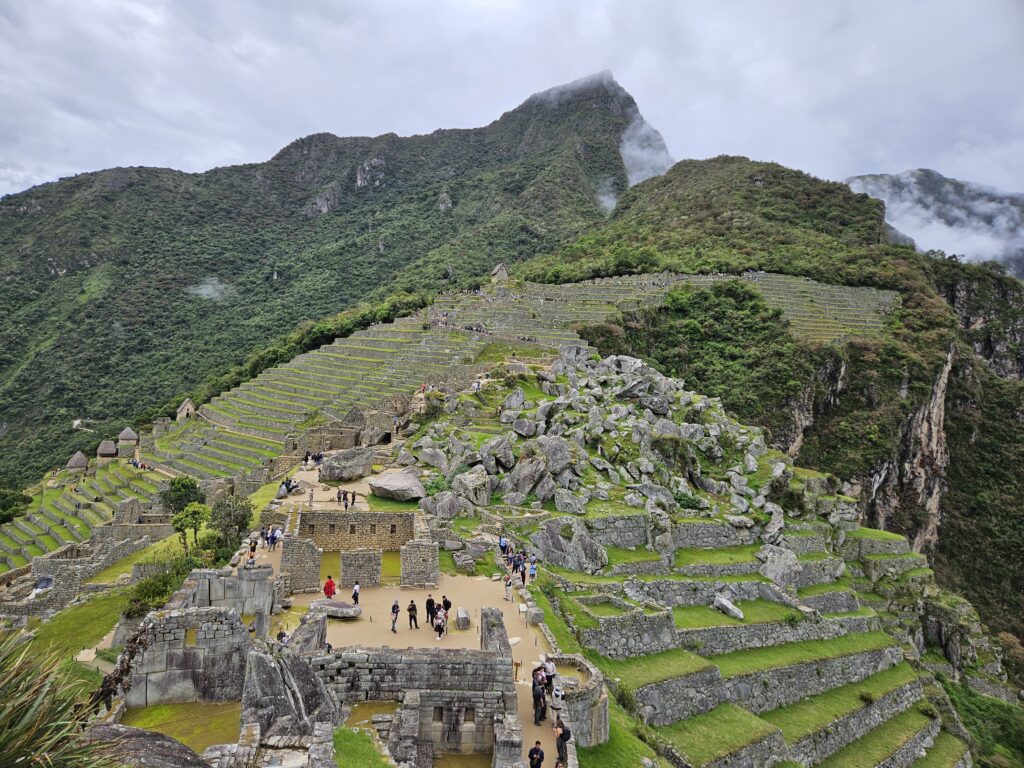
Despite being far from the first person to “re-discover” Machu Picchu, Hiram Bingam was the first to coordinate its restoration. Backed by Yale University and the National Geographic Society, Bingham oversaw the archeologists restoring the ruins from 1912 to 1915. This massive project salvaged Machu Picchu from immanent obliteration by the jungle vegetation and brought it into the international spotlight. As the years passed, Machu Picchu became Peru’s top tourist attraction and eventually was named one of the New 7 Wonders of the Modern World. This deed didn’t go unrewarded, since over 46,332 Incan artifacts were stolen from Machu Picchu and sent overseas. Many of the artifacts were given to Yale University, which due to the resurgence of the scandal agreed to return 4,000 artifacts to Peru in 2007.
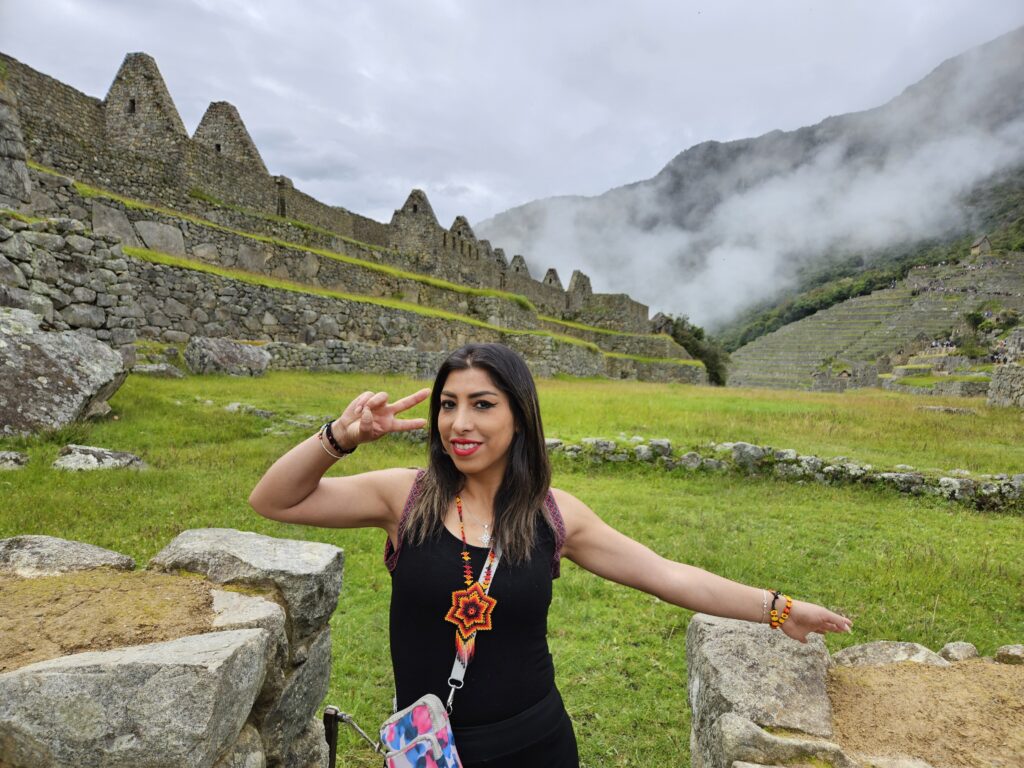
Even though the area is Peru’s main economic driver of tourism, Machu Picchu remains embroiled in political scandals. The train to Aguas Calientes is controlled by PeruRail, which abusively price gouges tourists and does little to help the local communities it cuts through. Due to many broken promises and shady dealings between international companies and the local government, the area is constantly immersed in huelgas (strikes). These routinely leave tourists stranded as the train tracks are shut down by protestors.
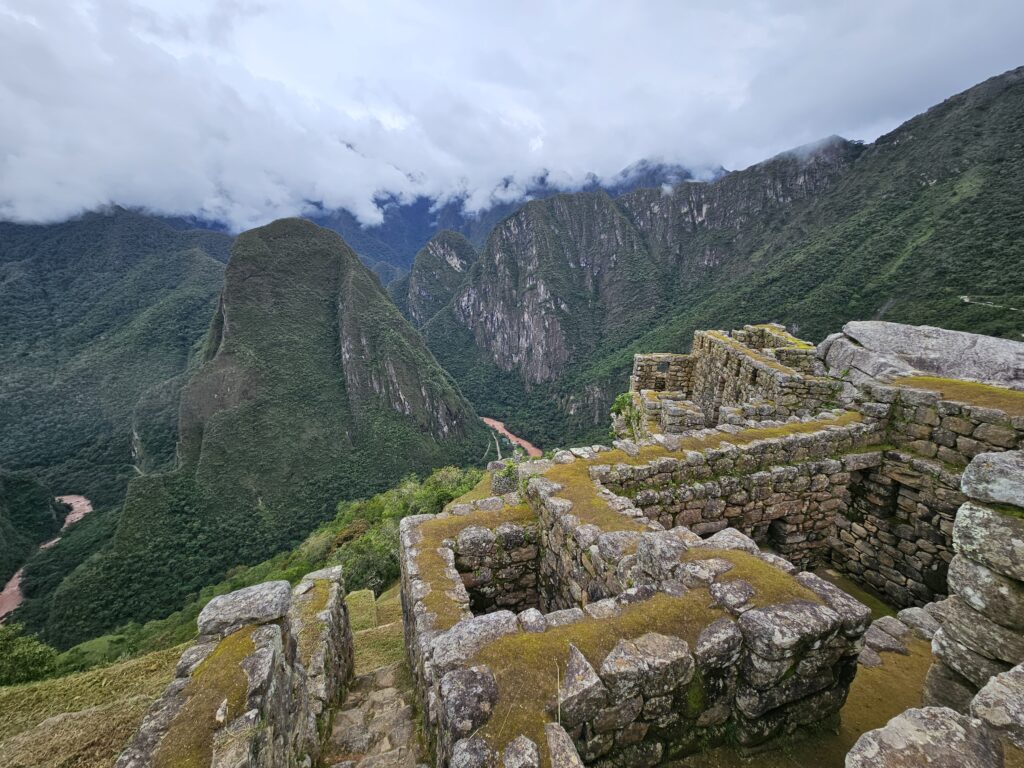
The controversy hasn’t ended, and we got to enjoy one of the strikes when we last visited. Despite forcing us to hike 3-hours to Hidroeléctica, we made the best of it and enjoyed the adventure. The train is easy to shut down by protestors, so always check to see if there are strikes when planning your trip. Due to the spectacular presence of the ruins, this area is still worth visiting. Unfortunately, the Peruvian government has a terrible track record when it comes to protecting its citizens from abuse. For this reason, it’s unlikely that the area will ever be completely free from occasional uprisings. This translates to a few big strikes a year, so be ready to hike out to safety when visiting Machu Picchu!
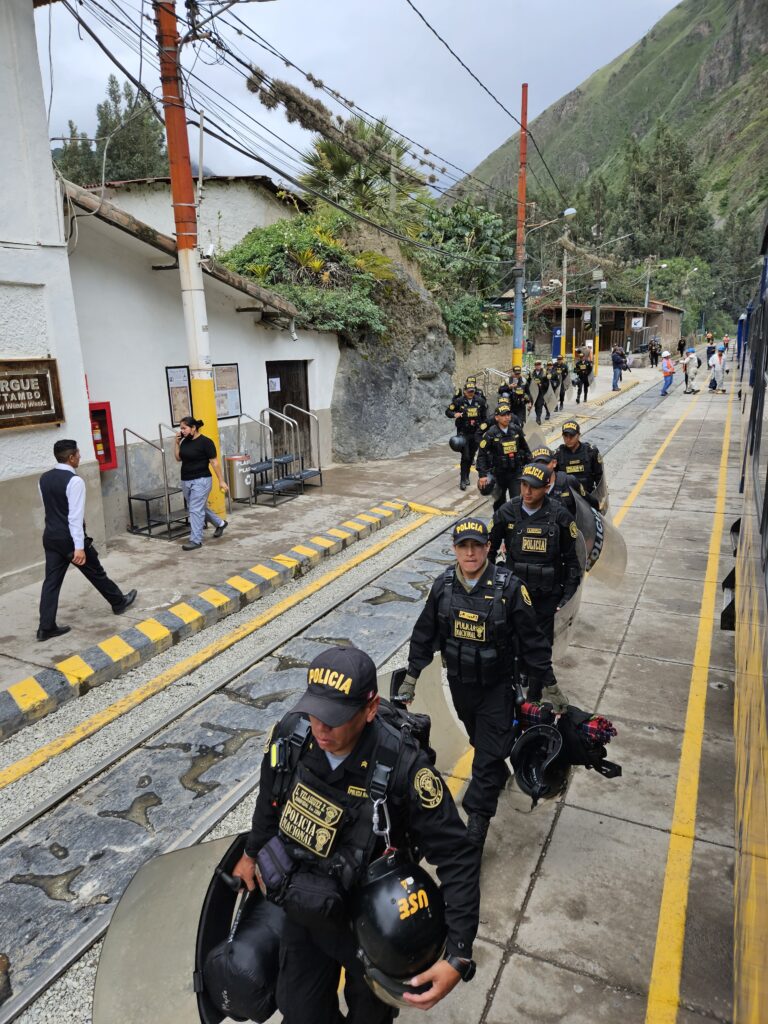
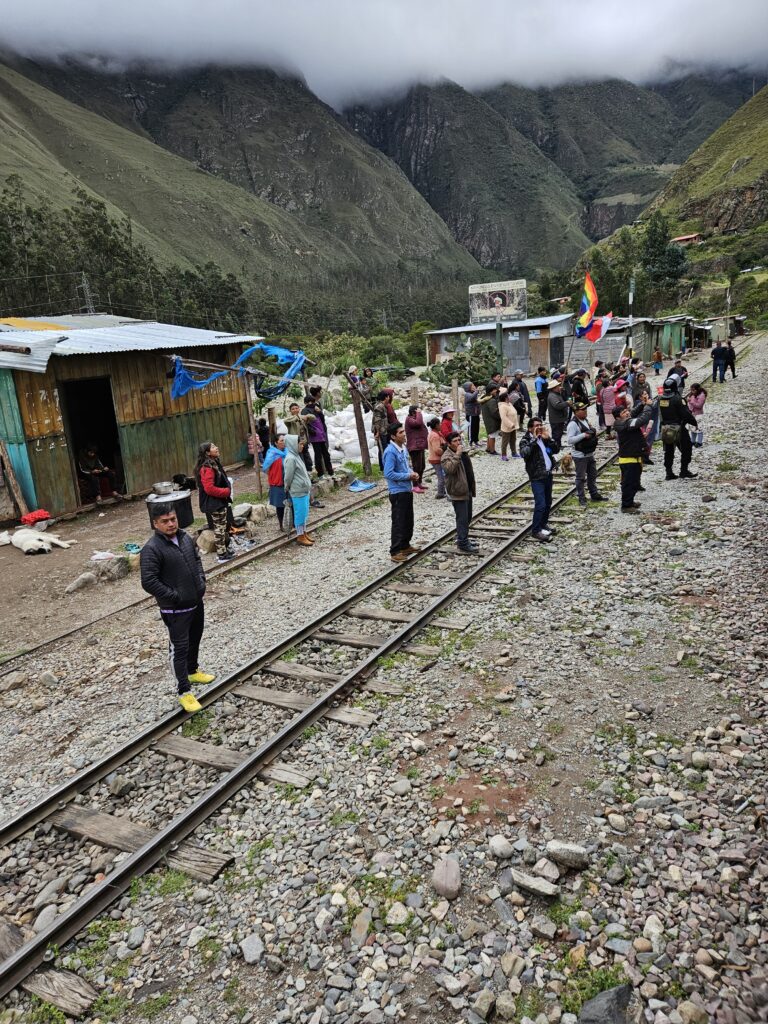
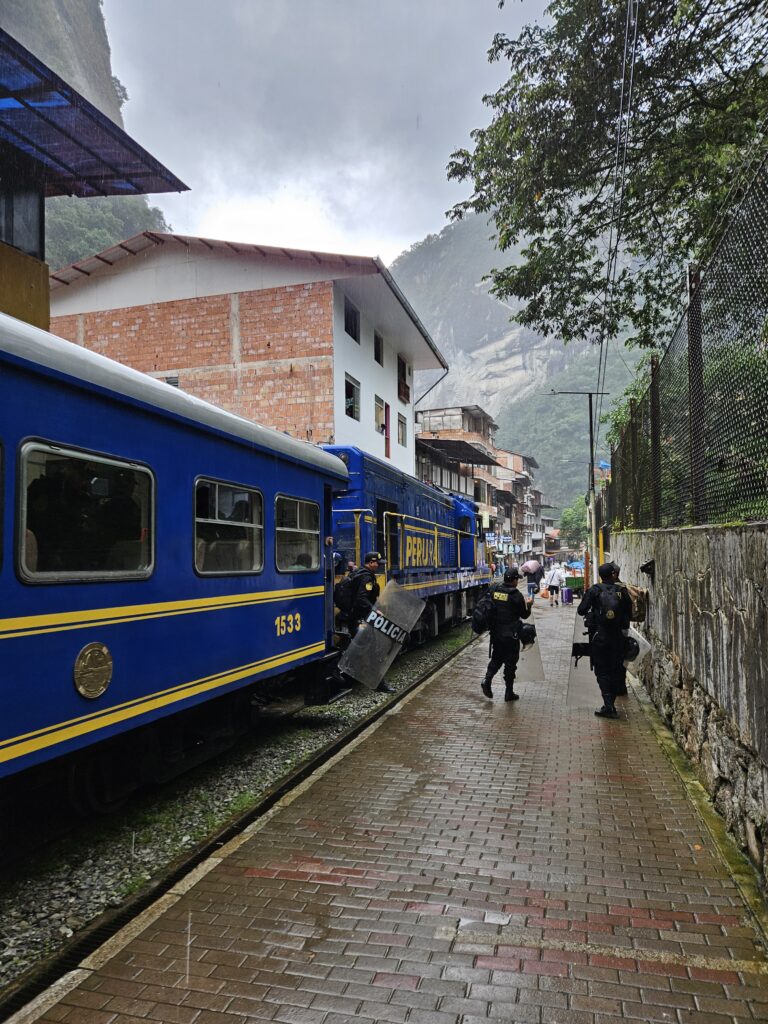
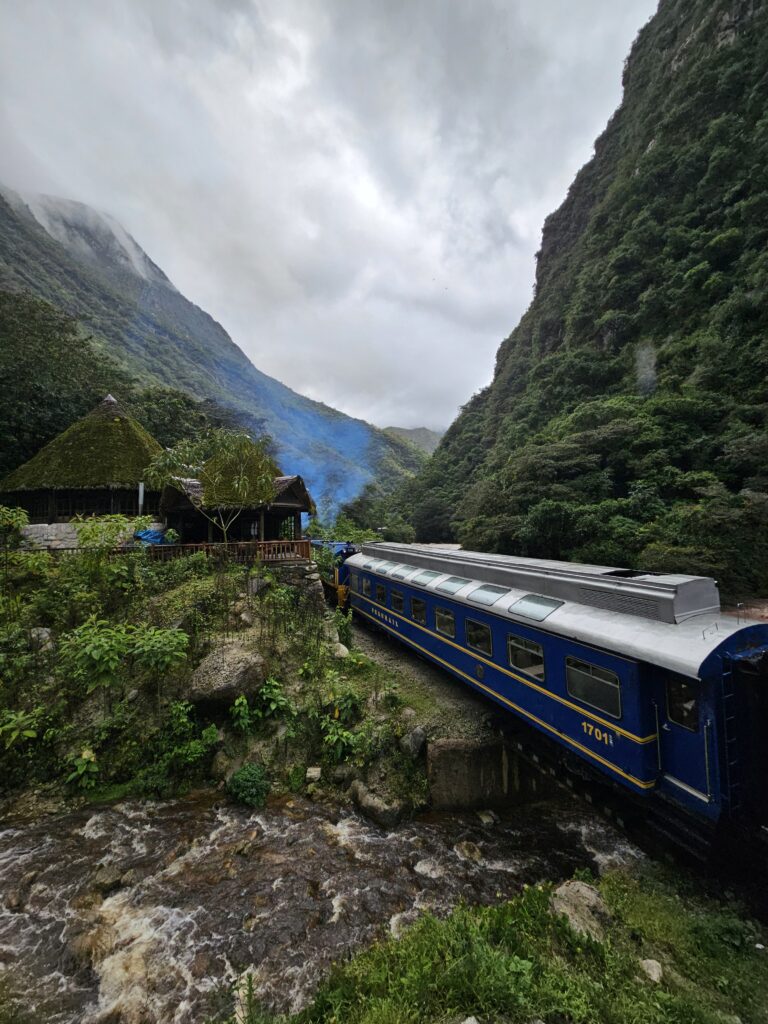
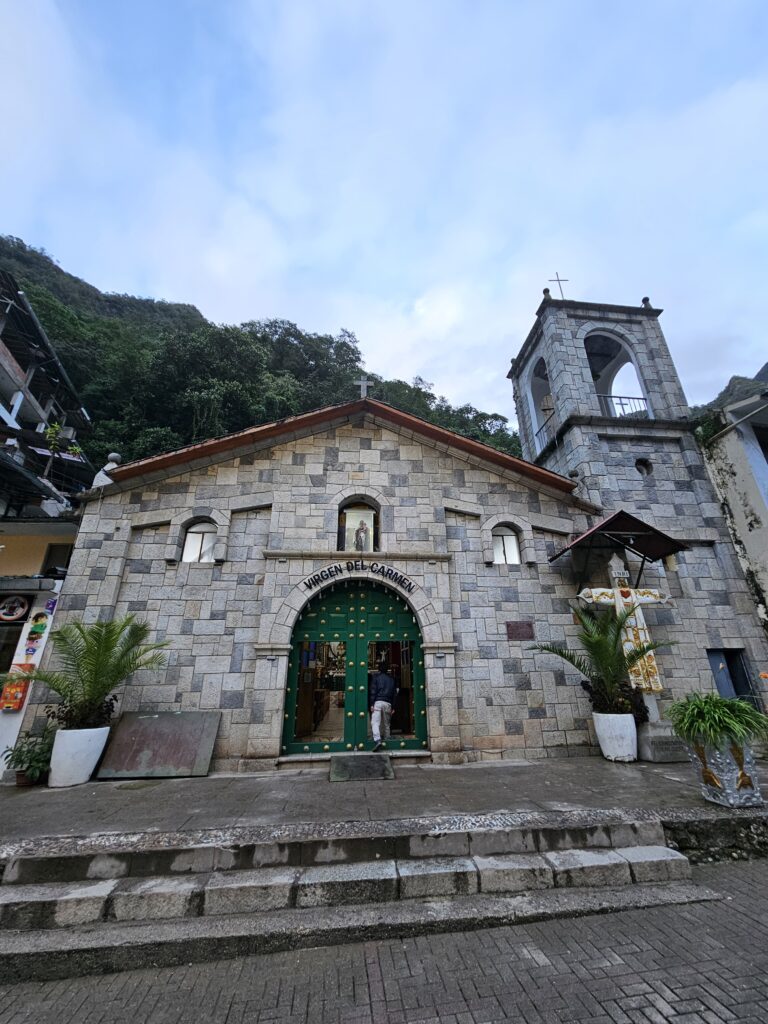
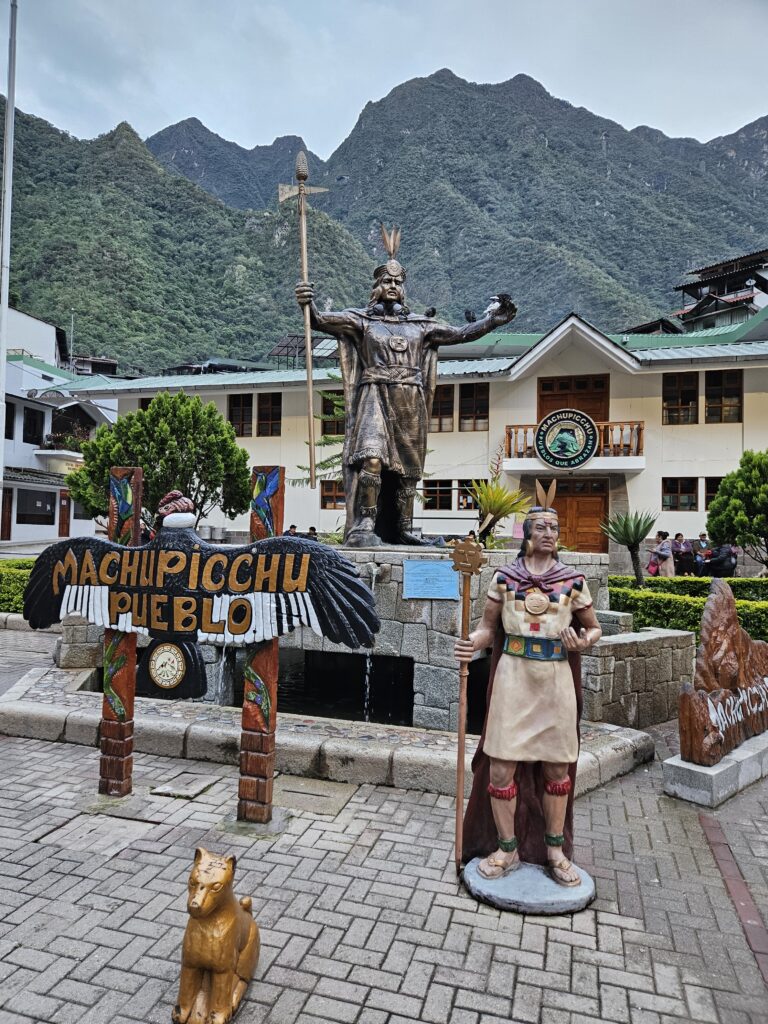

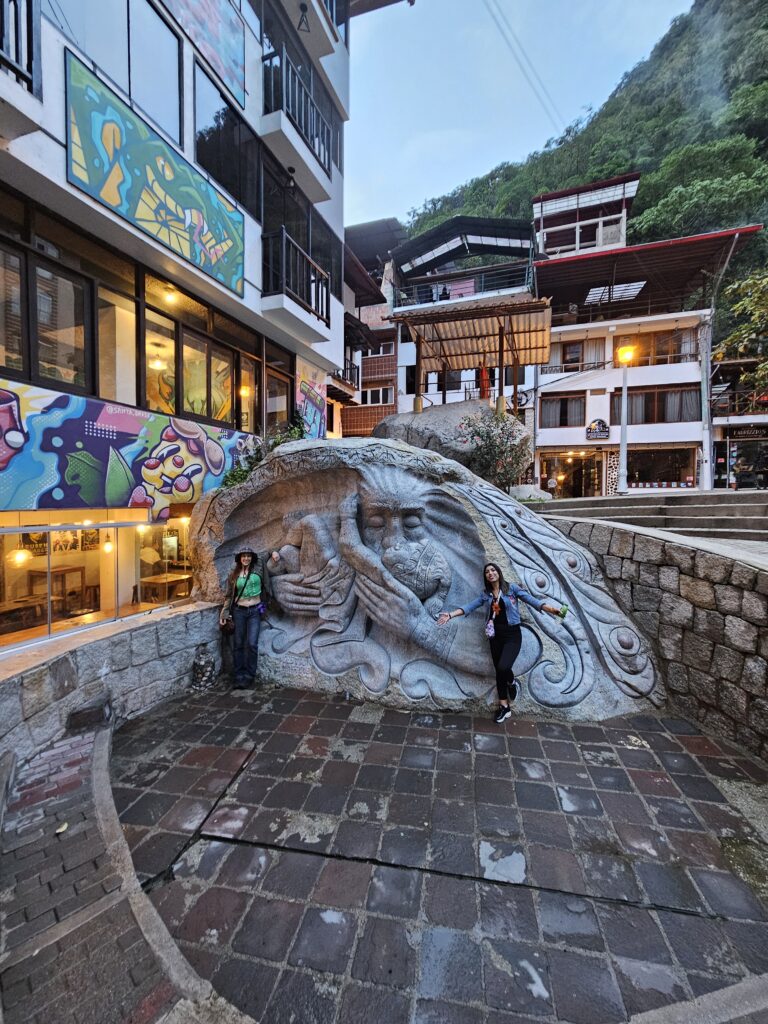

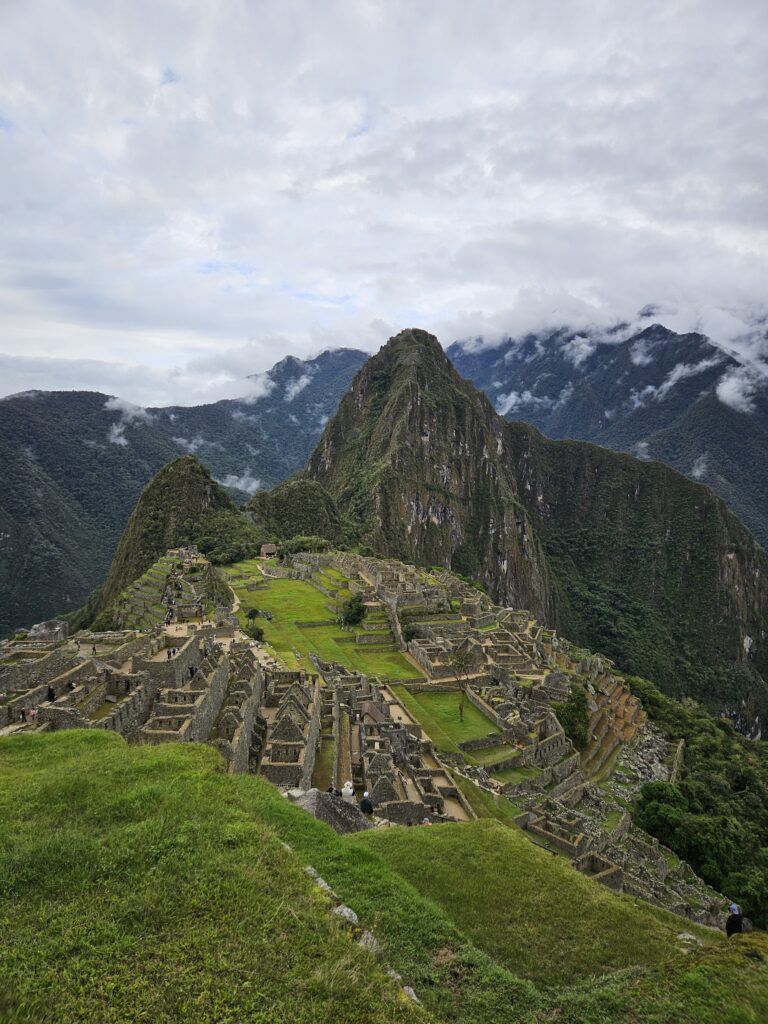
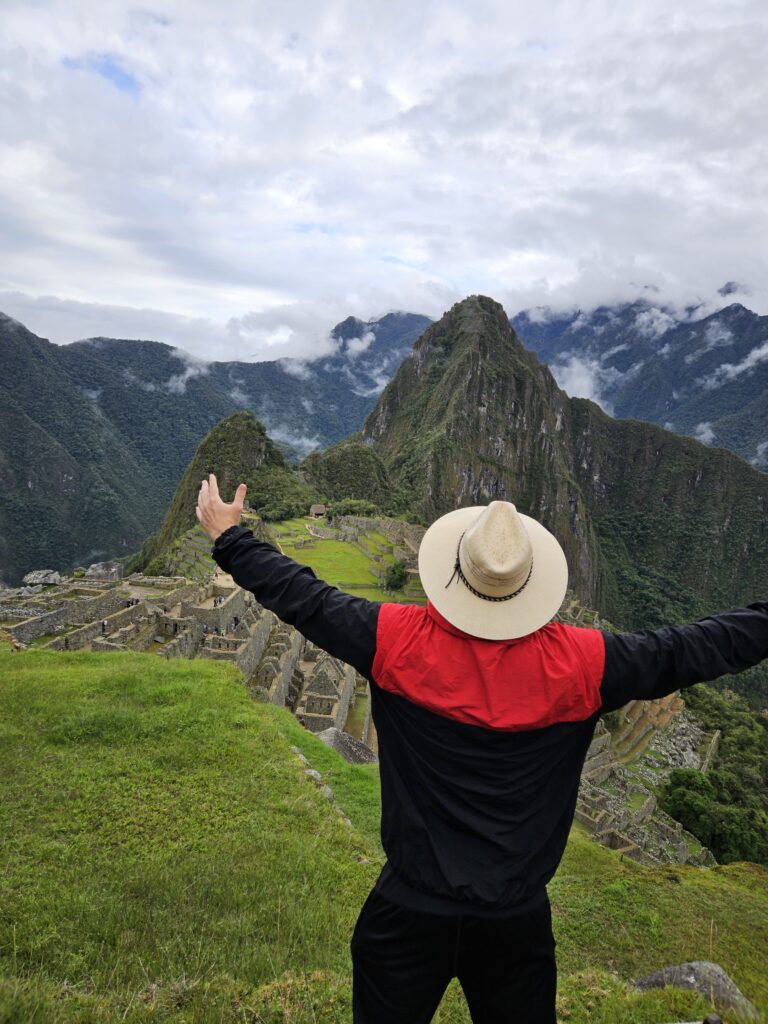
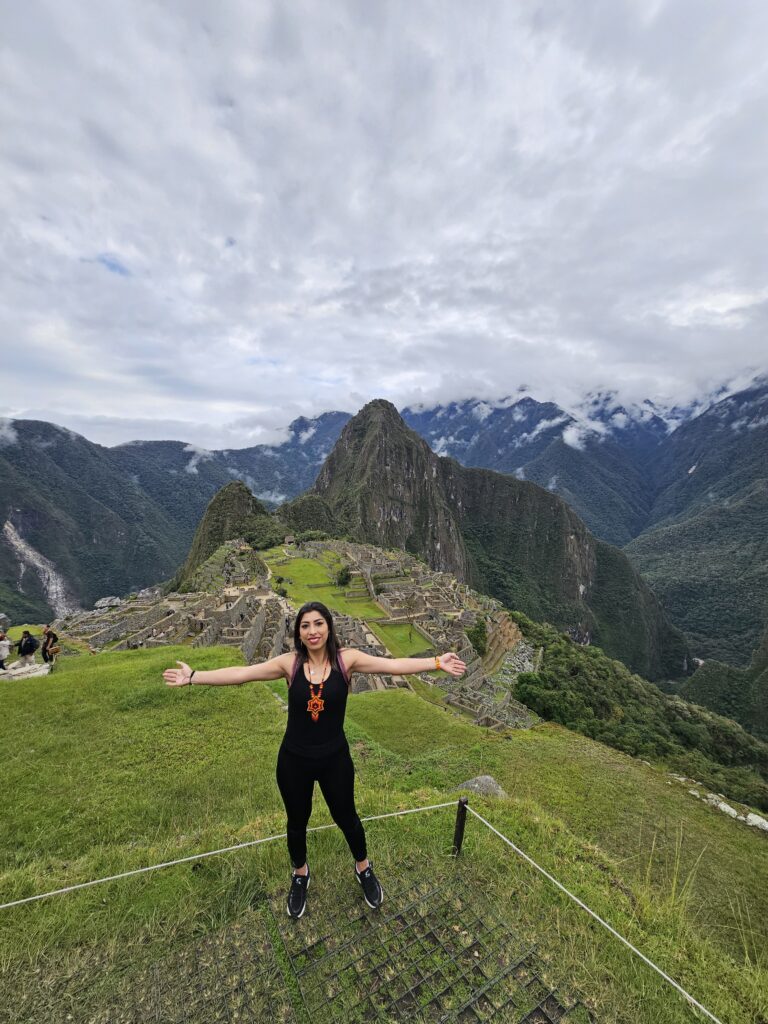
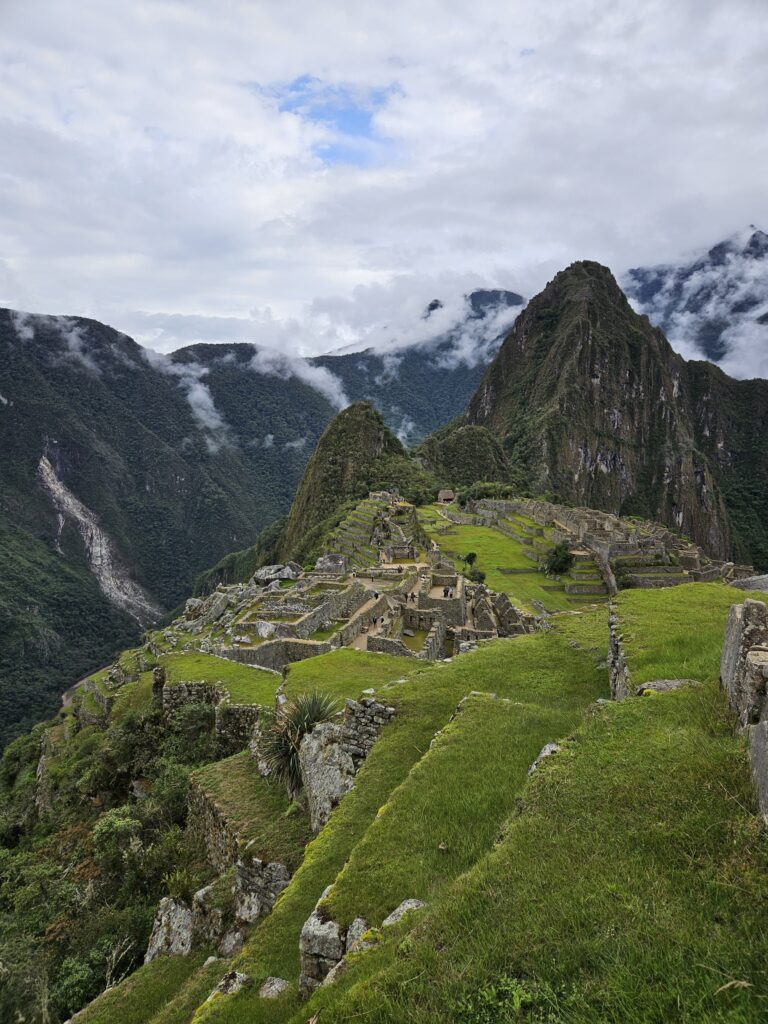
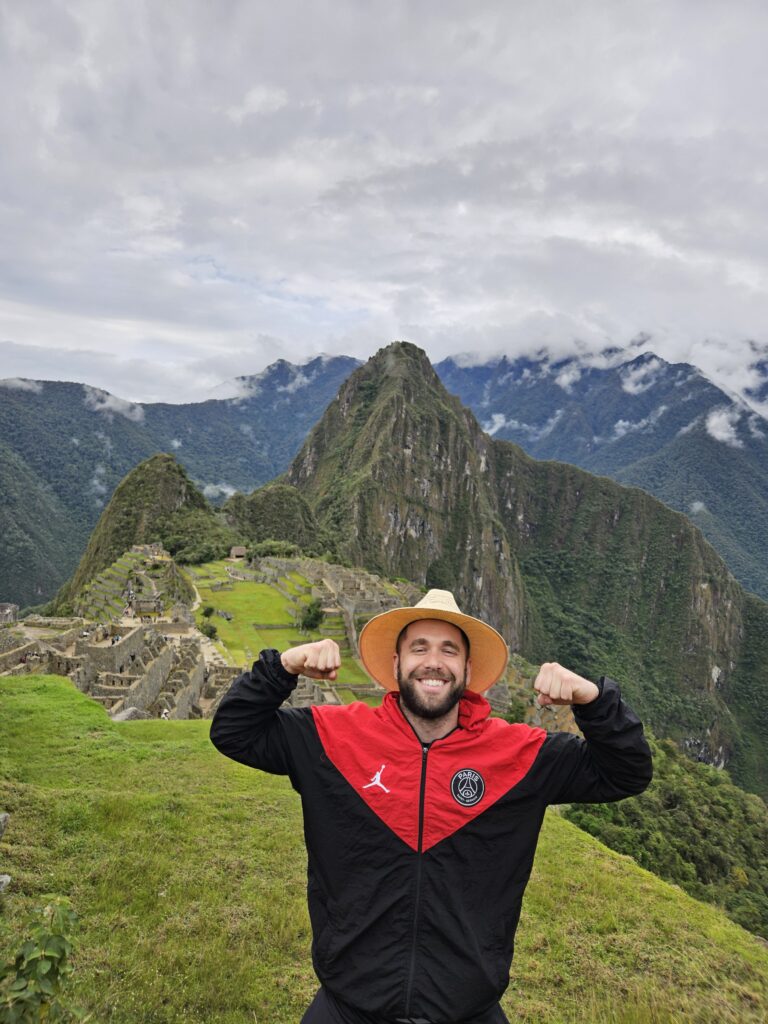
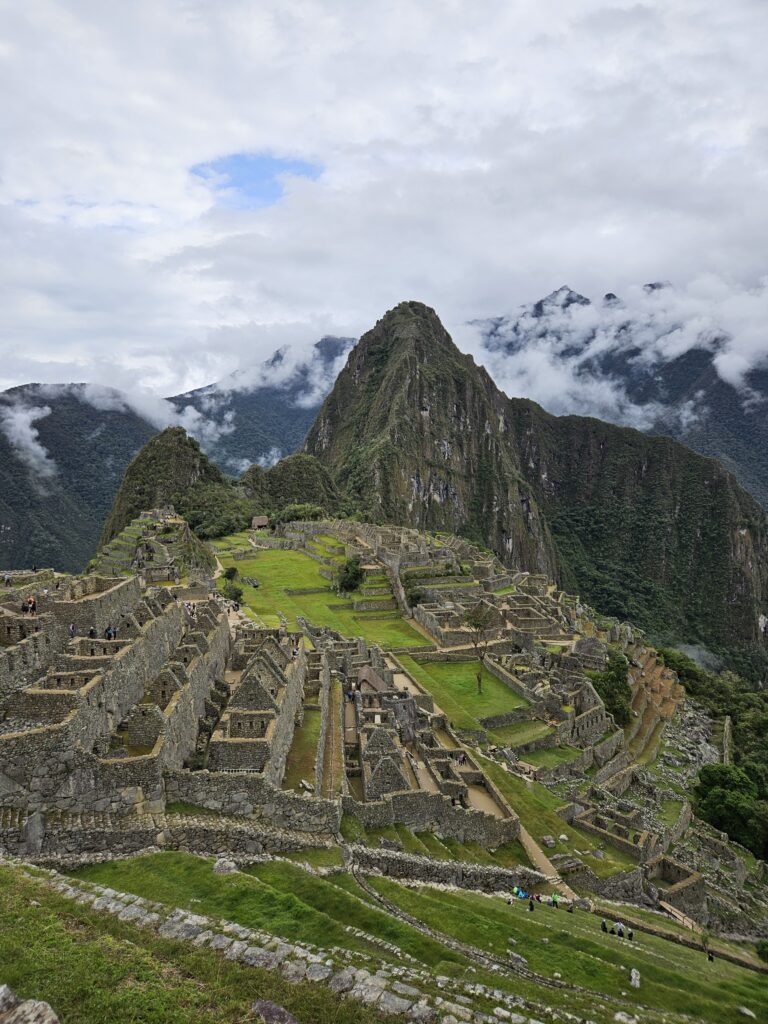
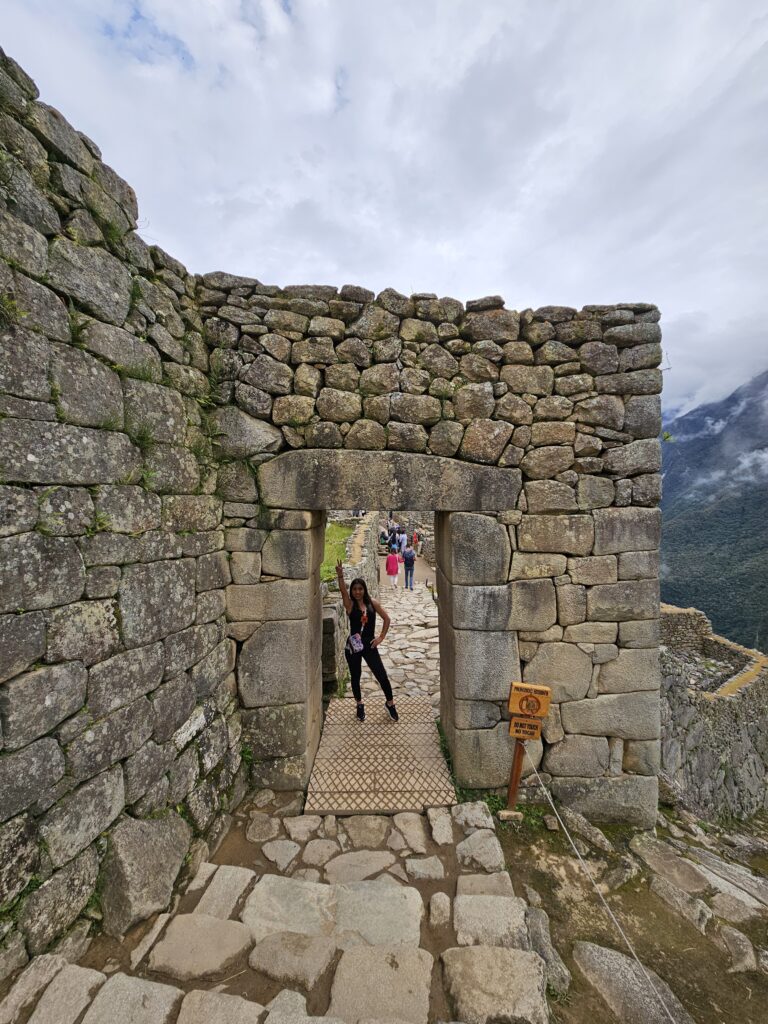
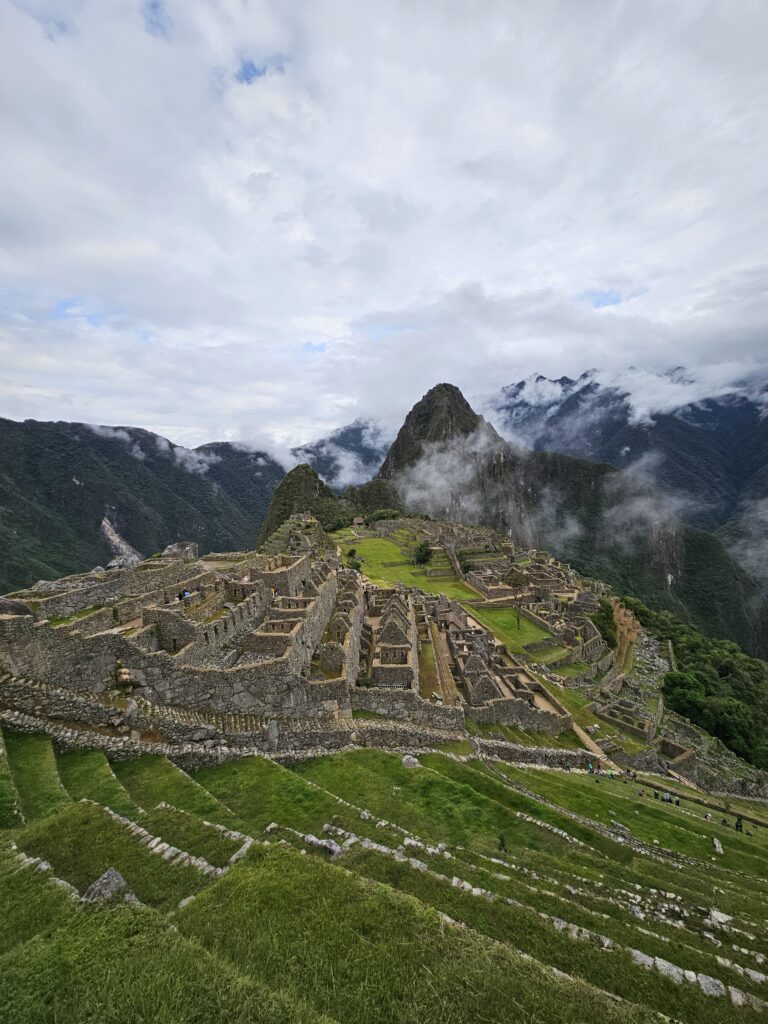
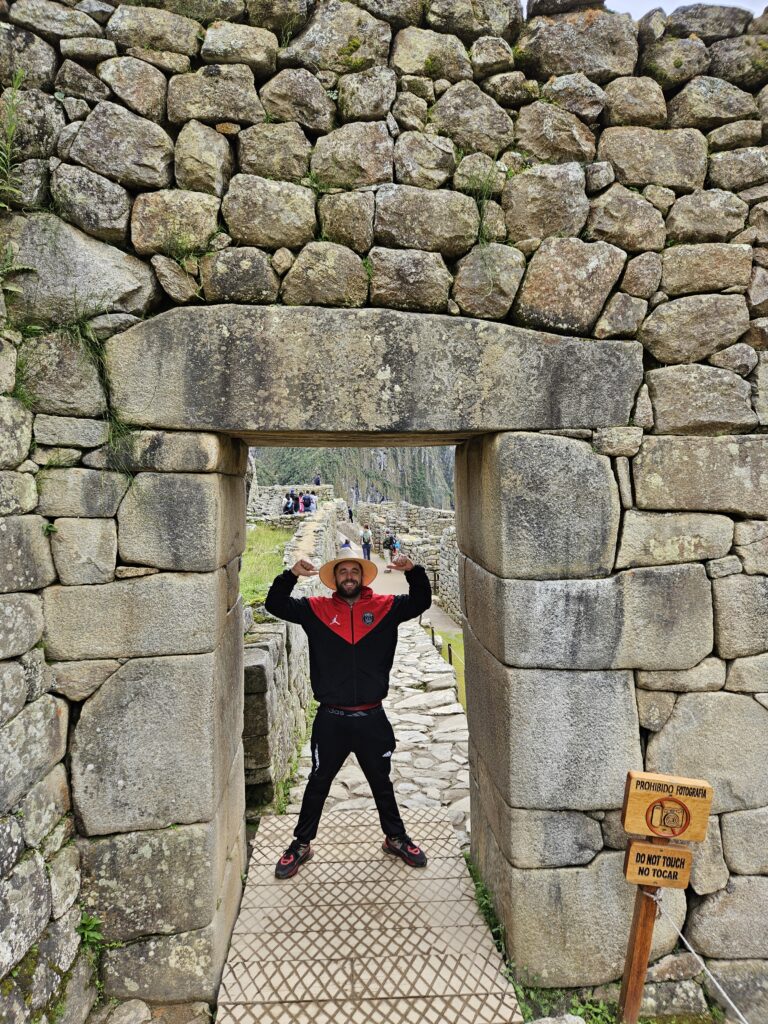
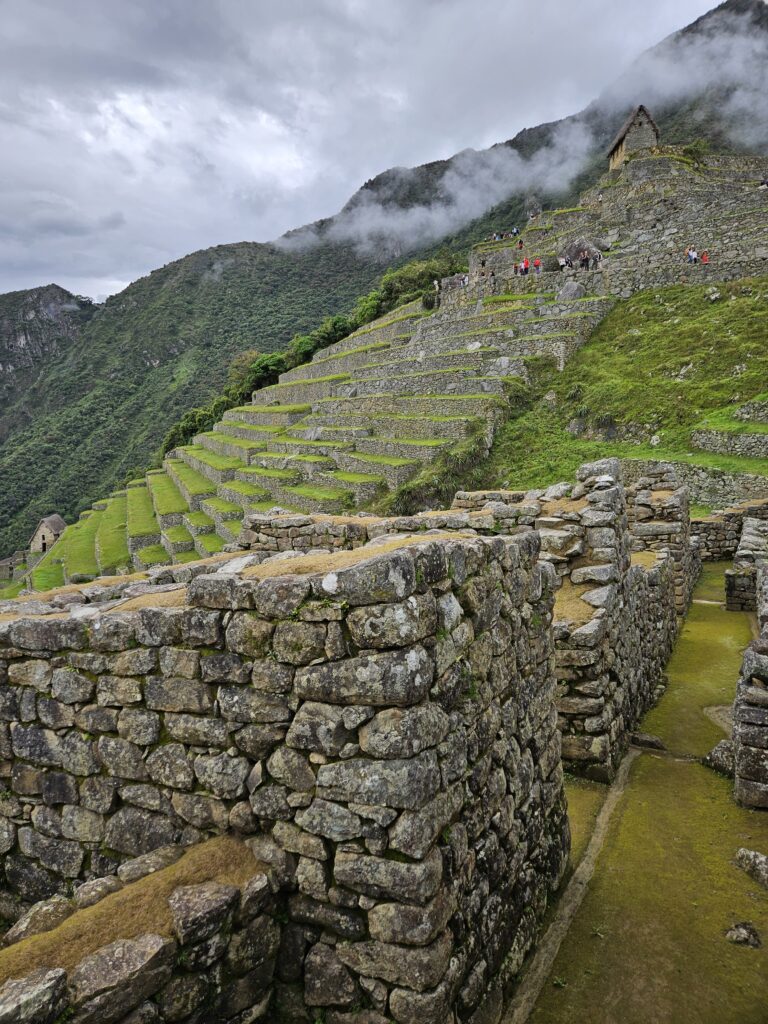
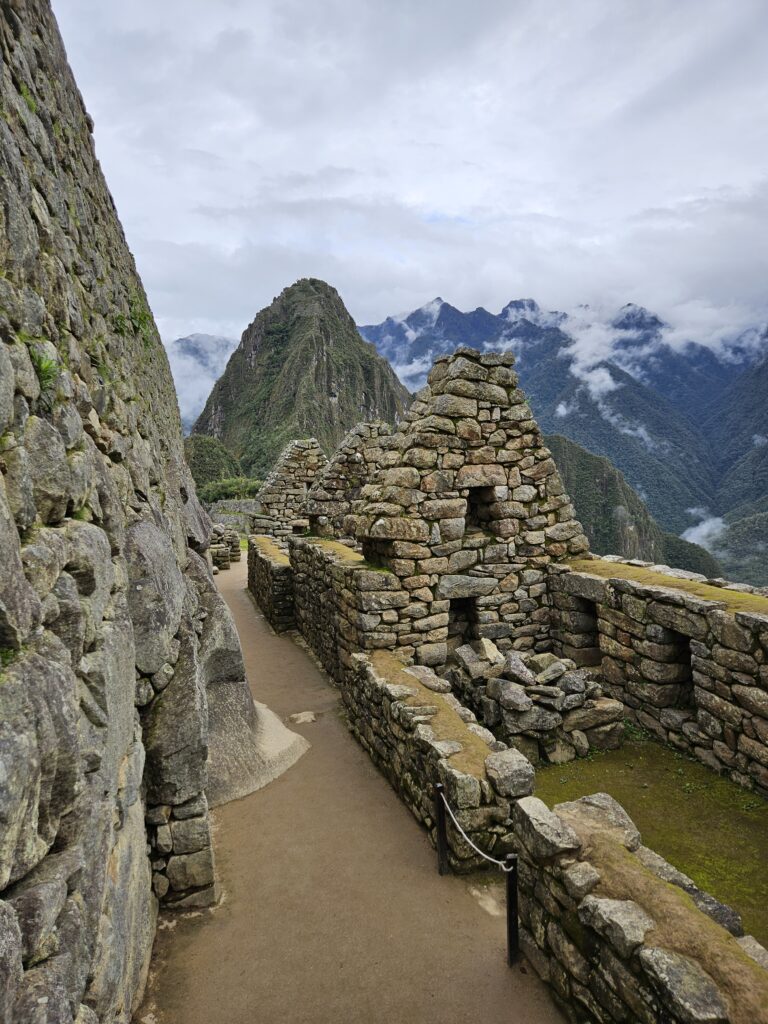
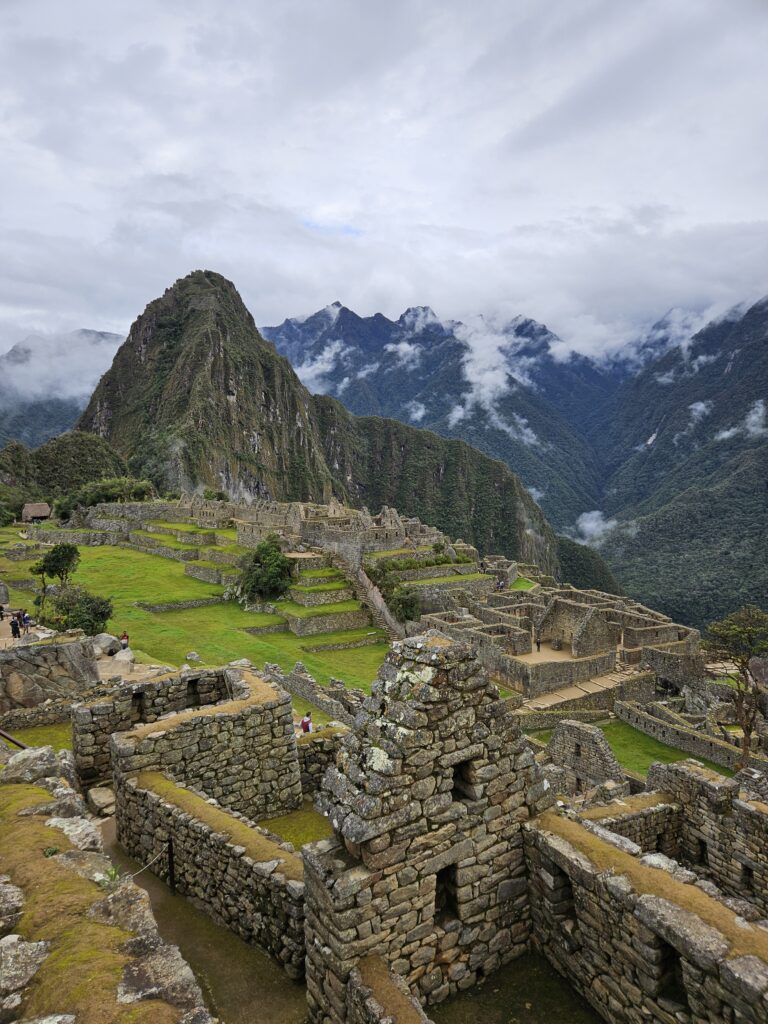

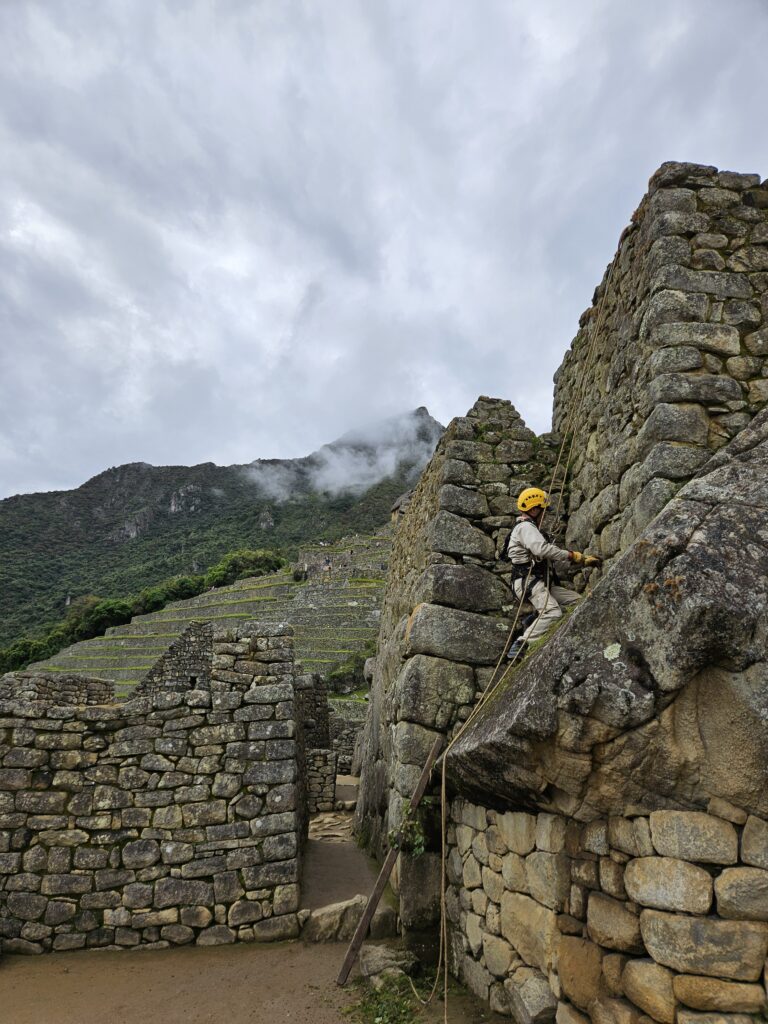

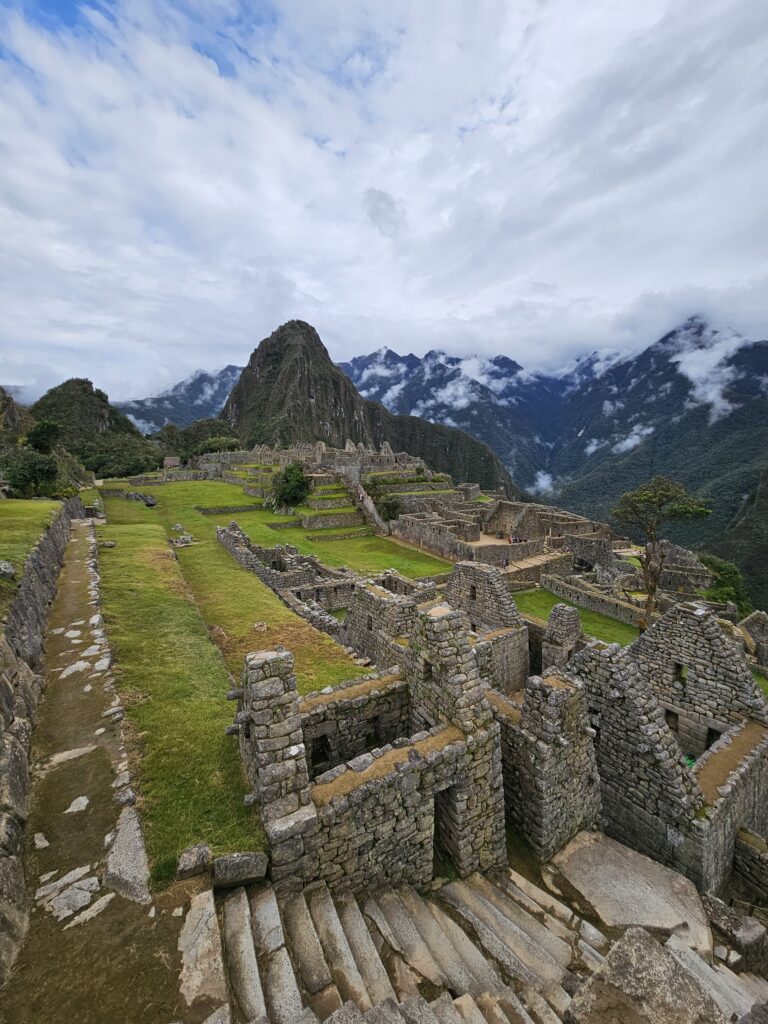

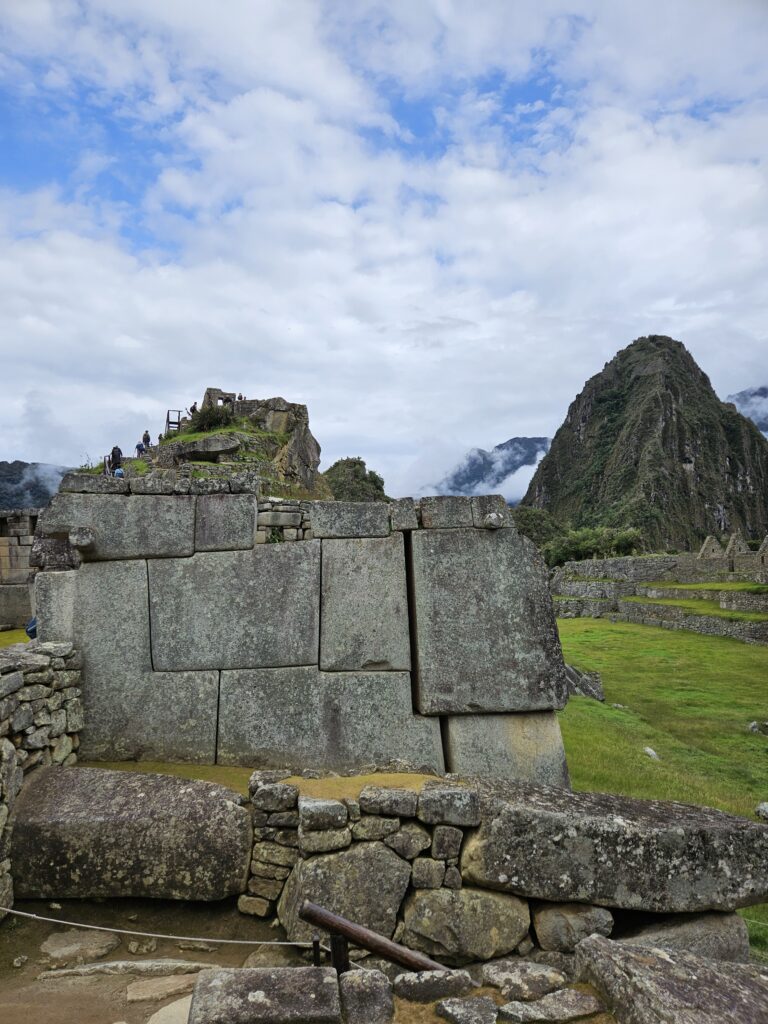
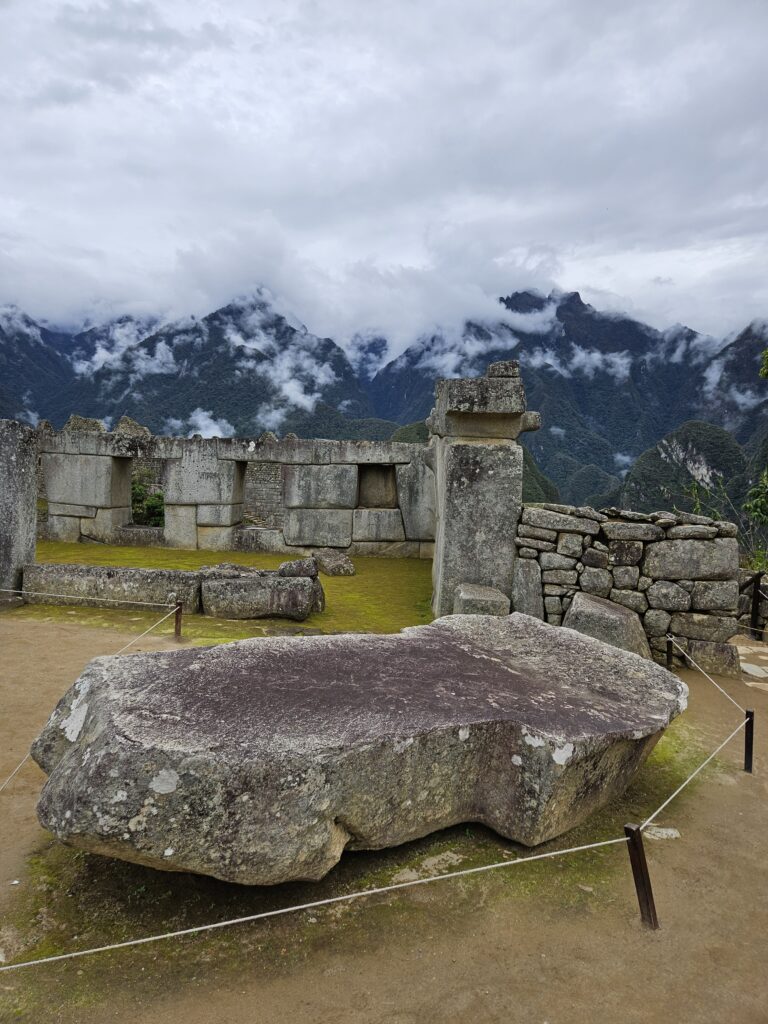
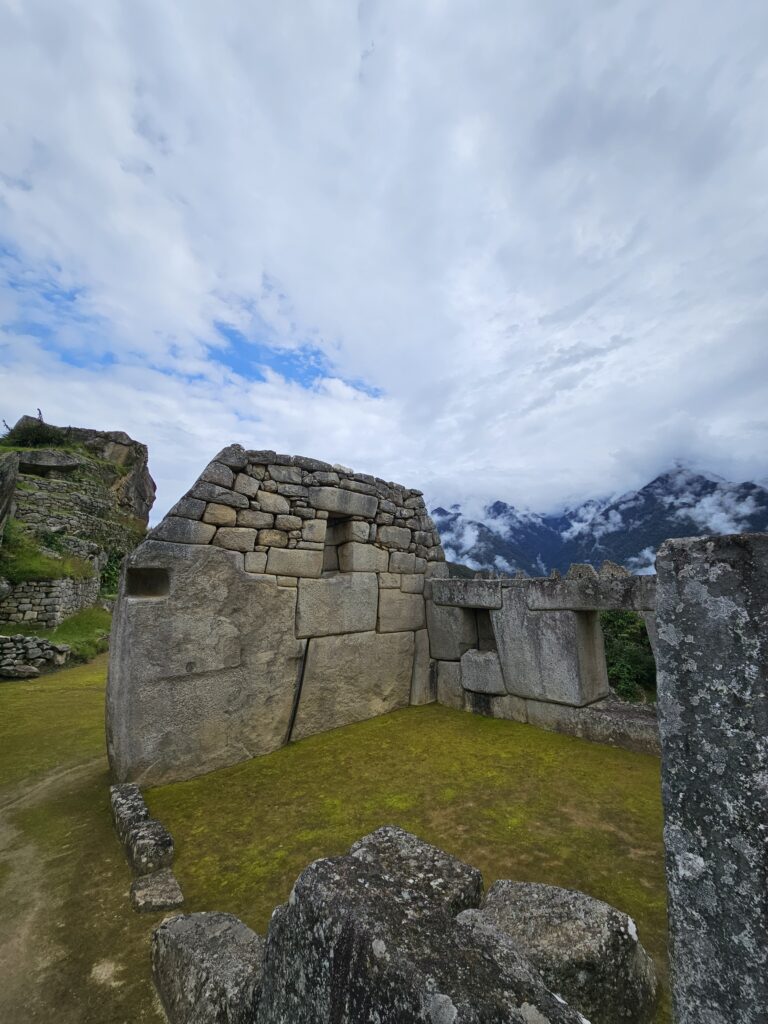
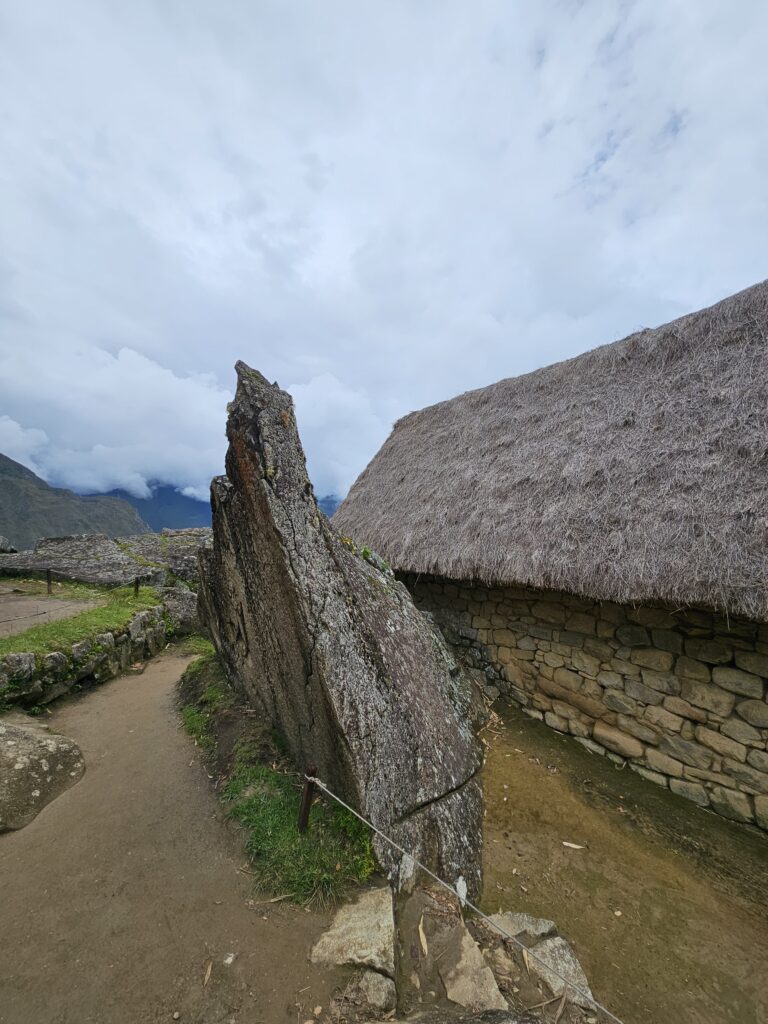

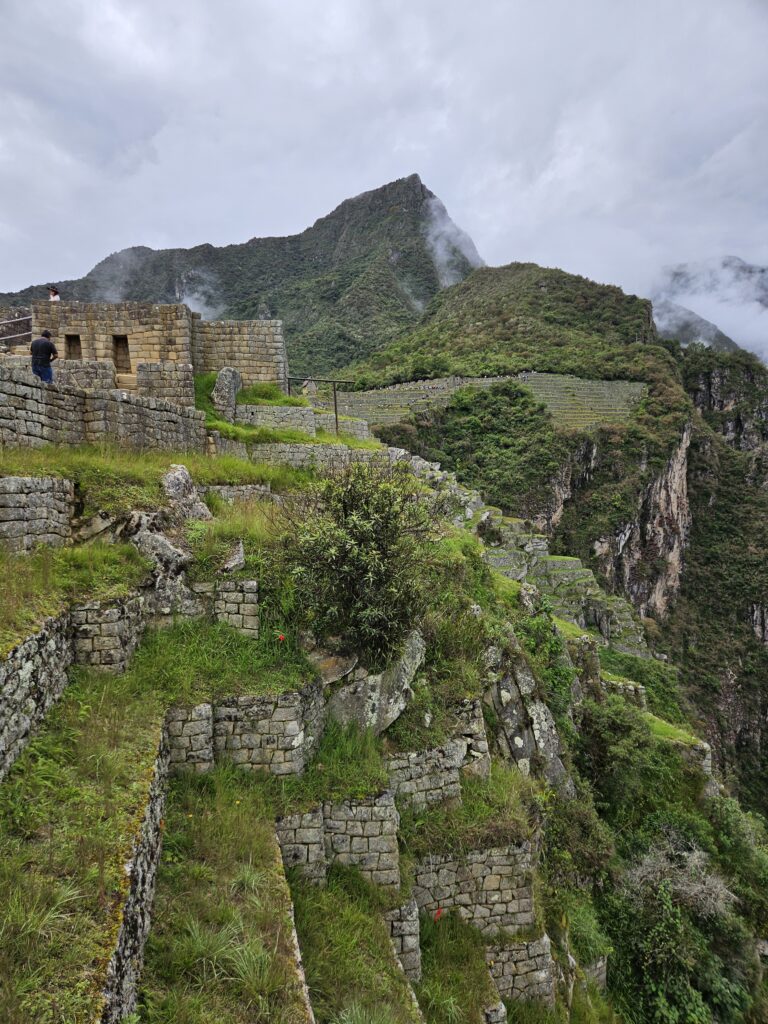
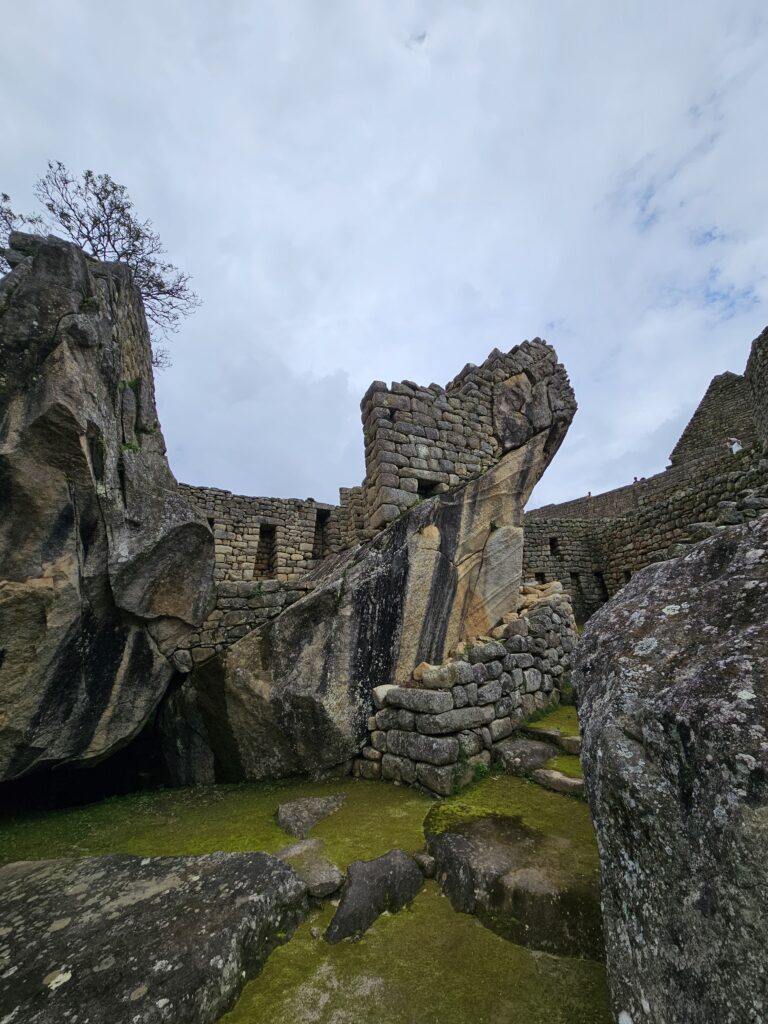
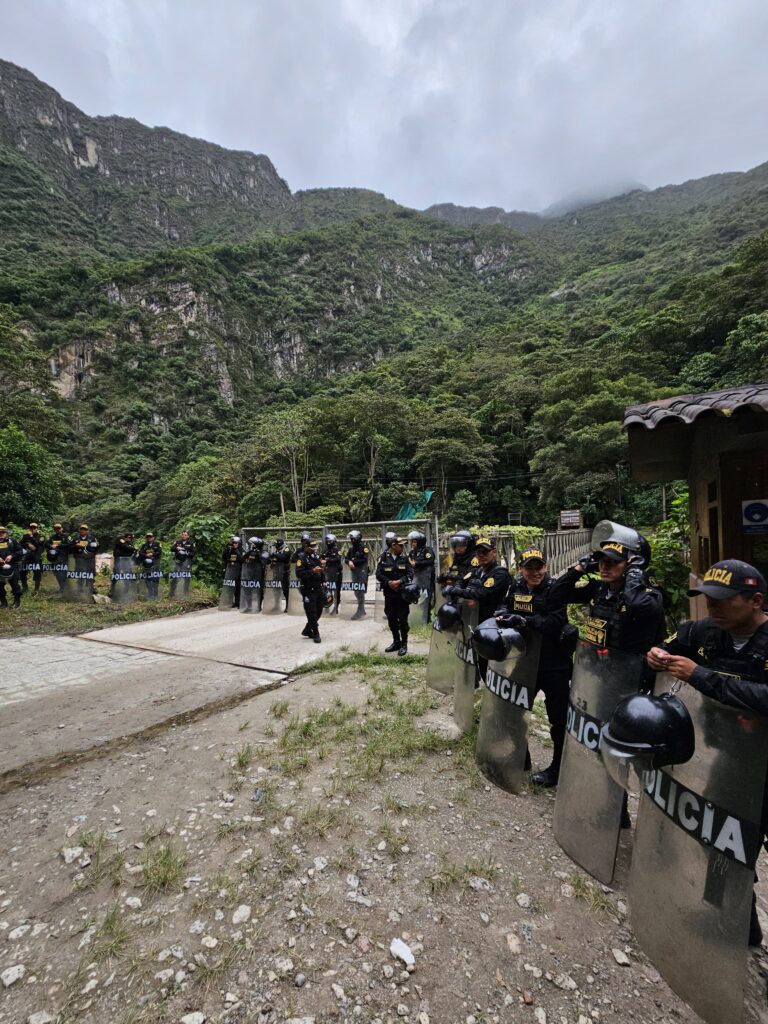
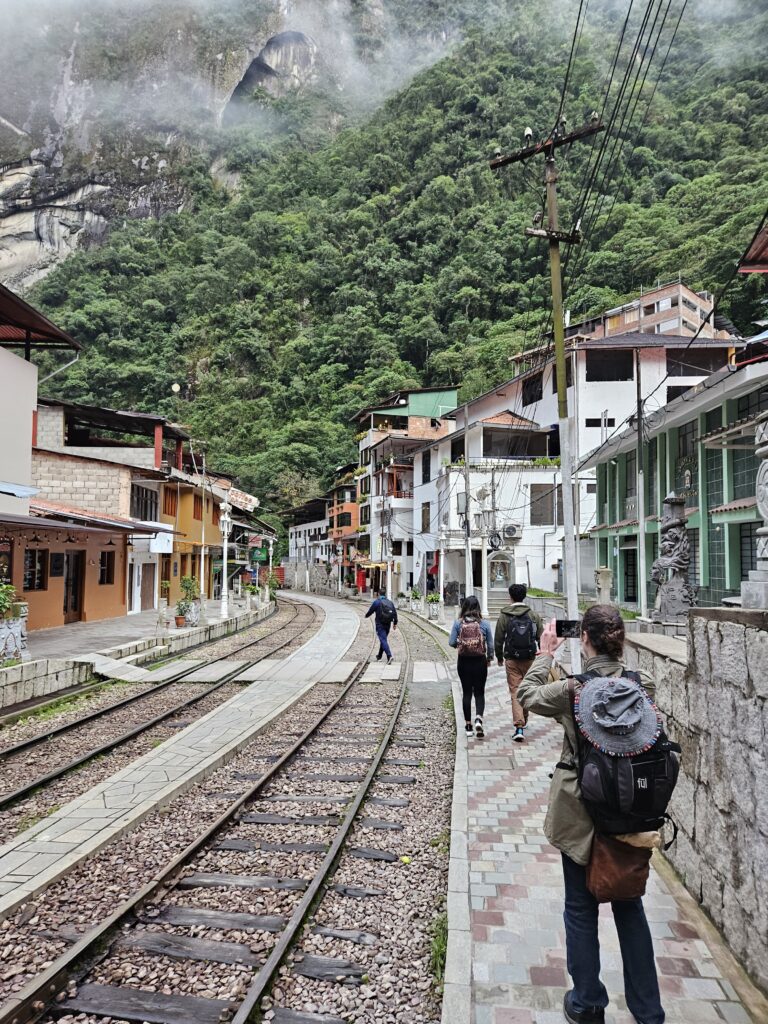
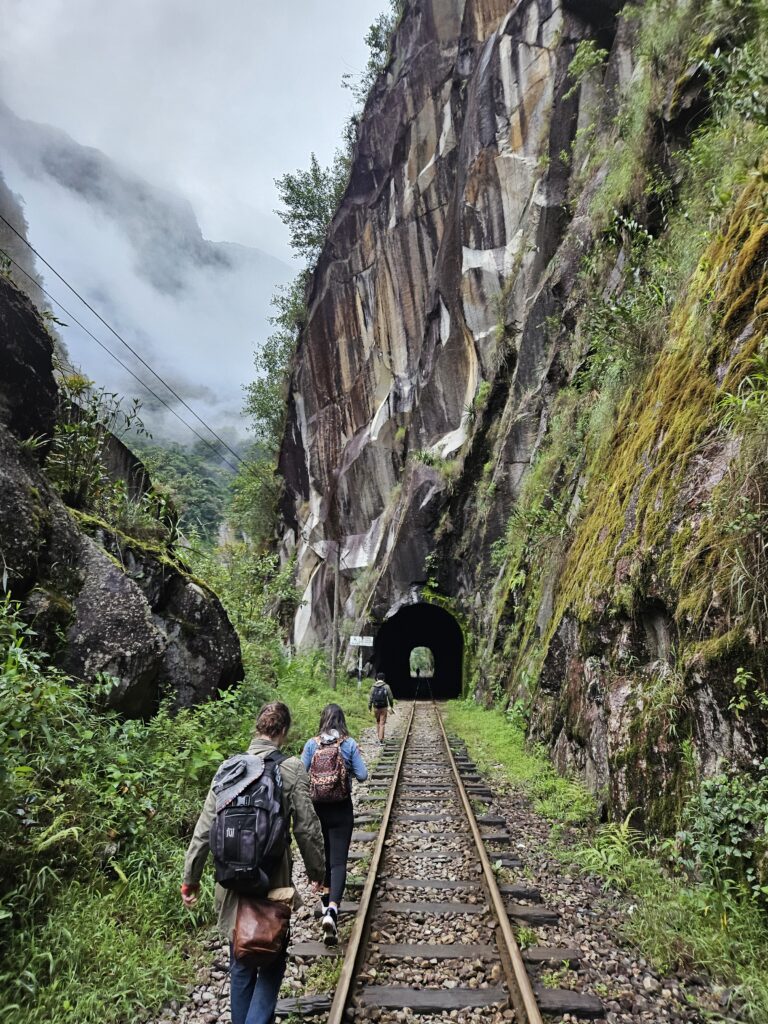
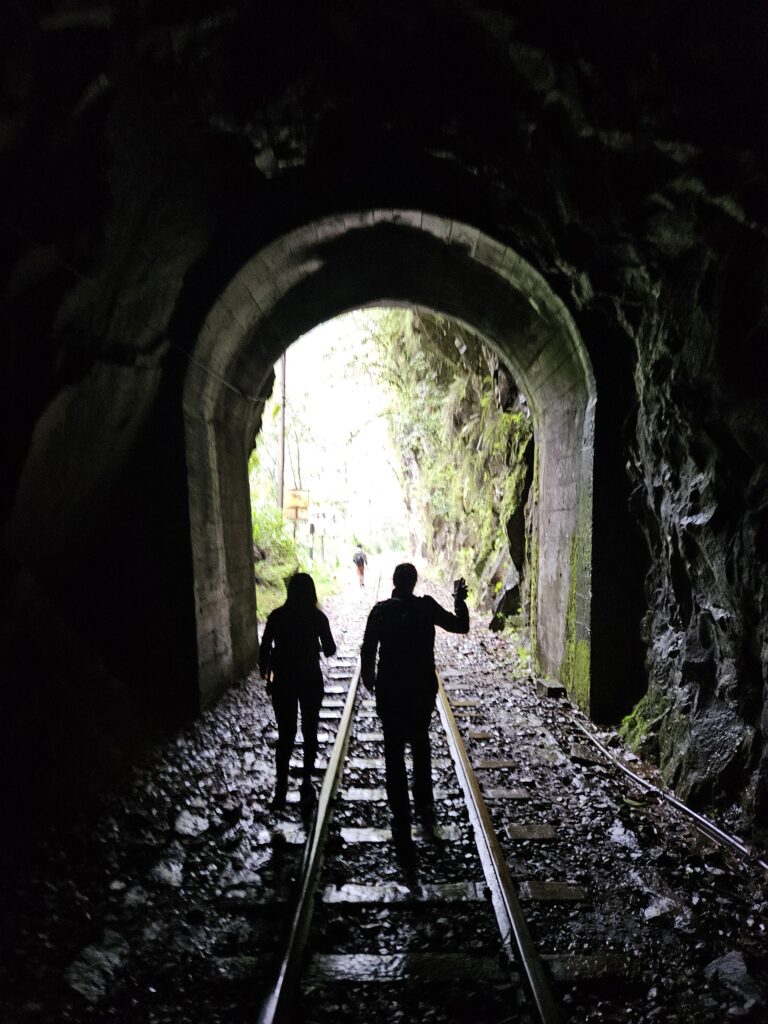
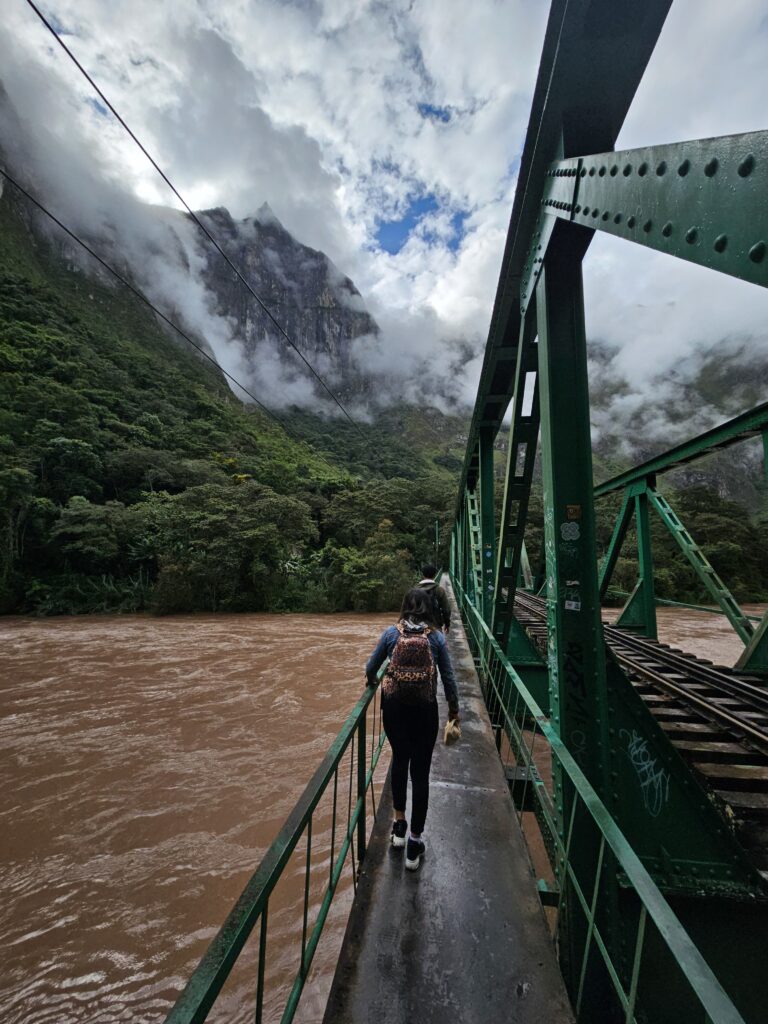
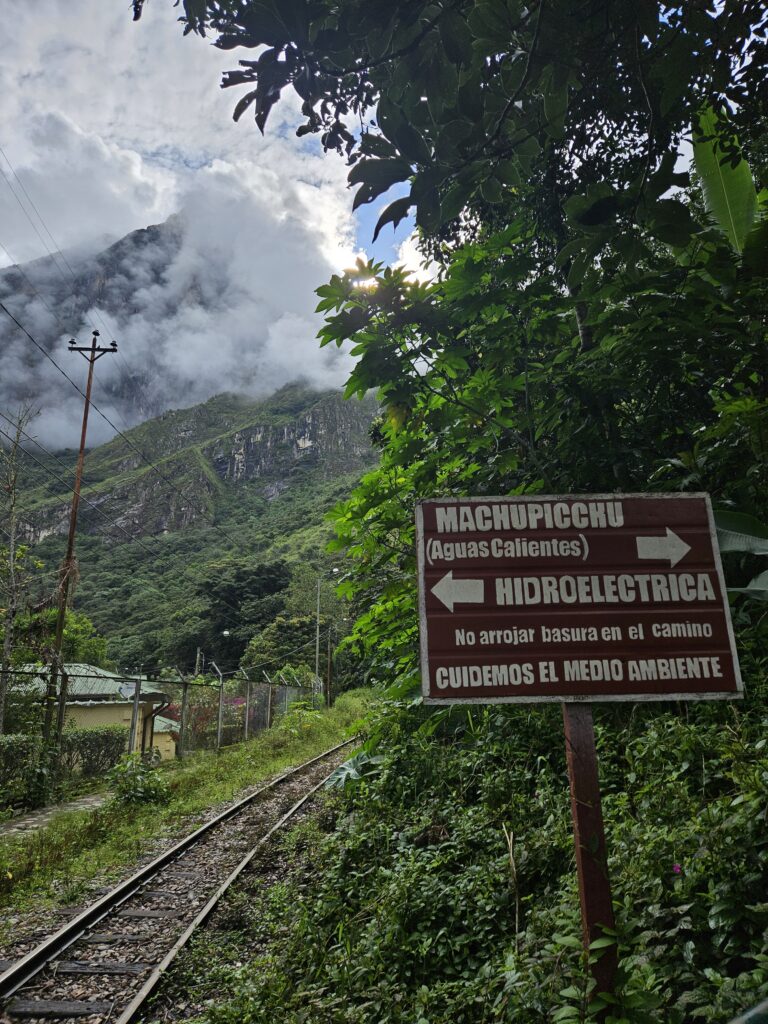
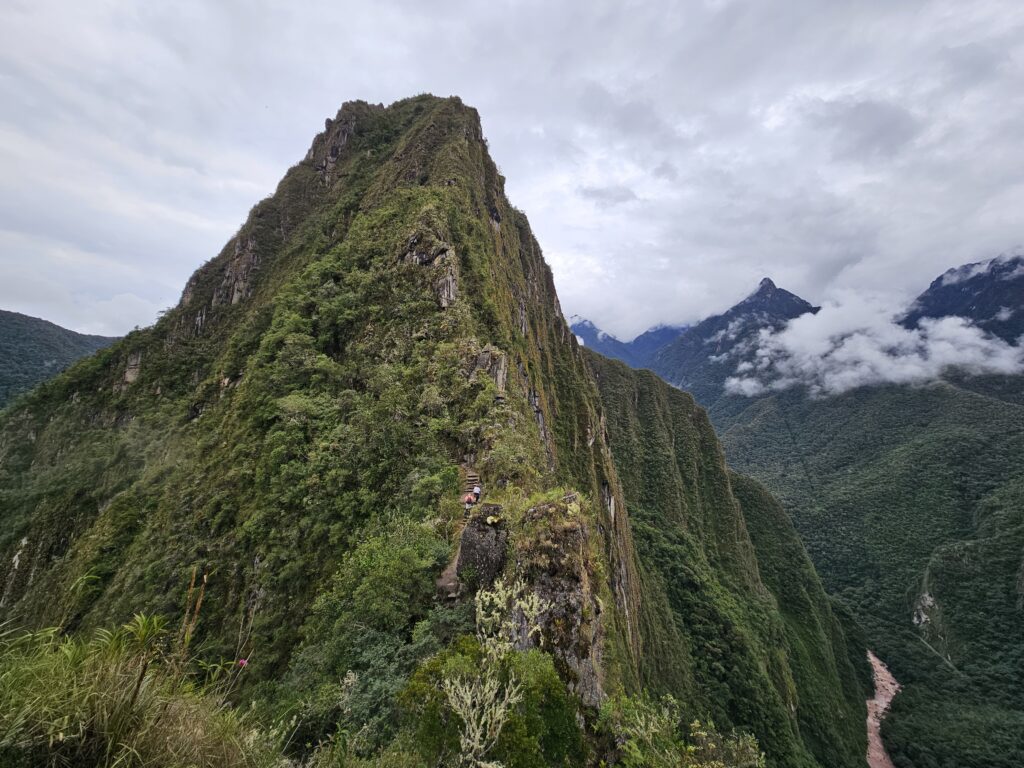
Attraction #3: Huayna Picchu – This emblematic backdrop to Machu Picchu towers 300 meters (984 ft) over the ruins, giving it a total elevation of 2,700 meters (8,858 ft). Affectionately named “Montaña Joven” in Quechua, Huayna Picchu is the smaller of the two neighboring mountains. Montaña Machu Picchu, “Montaña Viejo”, sits on the other side of the ruins with a staggering 3,200 meters (10,498 ft) in elevation. This gives it an 800-meter (2,624 ft) view from the opposite side of the archeological site. Out of the two options, Huayna Picchu easily has the best view since it’s still close enough to provide an intimate glimpse of the ruins.
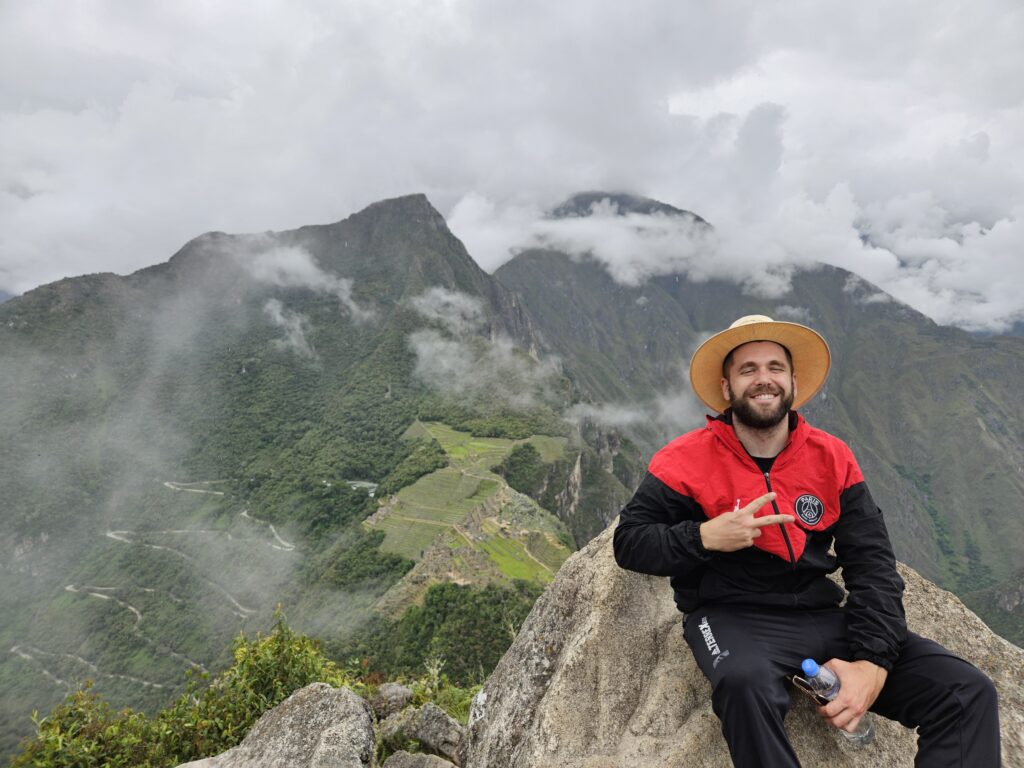
On top of showcasing an epic view of Machu Picchu, Huayna Picchu is an adventure to climb. Its trail is surprisingly steep, and the formation of the rocks and small steps etched into the mountains make it even more treacherous. In total, it takes about an hour to reach the top. Fortunately, it’s worth the sacrifice. The top of the mountain contains various ruins including a massive rock throne dubbed the “Silla de Inca”. This throne overlooks Machu Picchu’s archeological site, Montaña Machu Picchu, and the neighboring mountain Salcantay. All of these holy sites sit in a perfect geographical line, which made this area so revered by Pachacútec. This view was breathtaking enough to impress the head Inca, so come get a taste of royalty with Huayna Picchu!

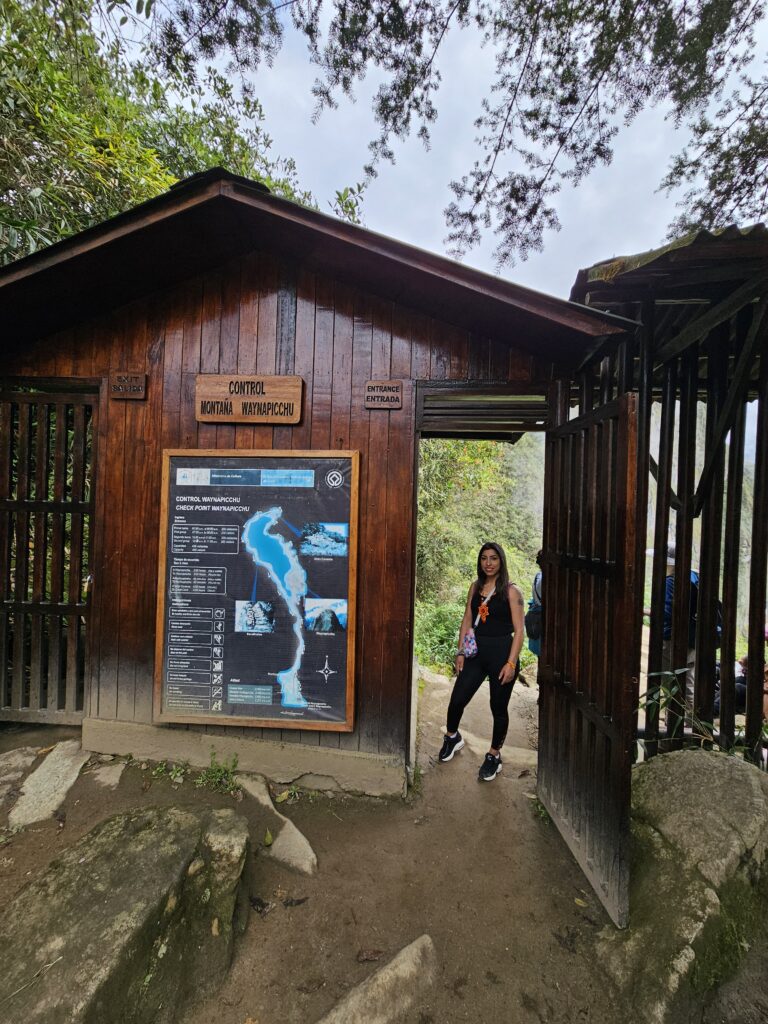

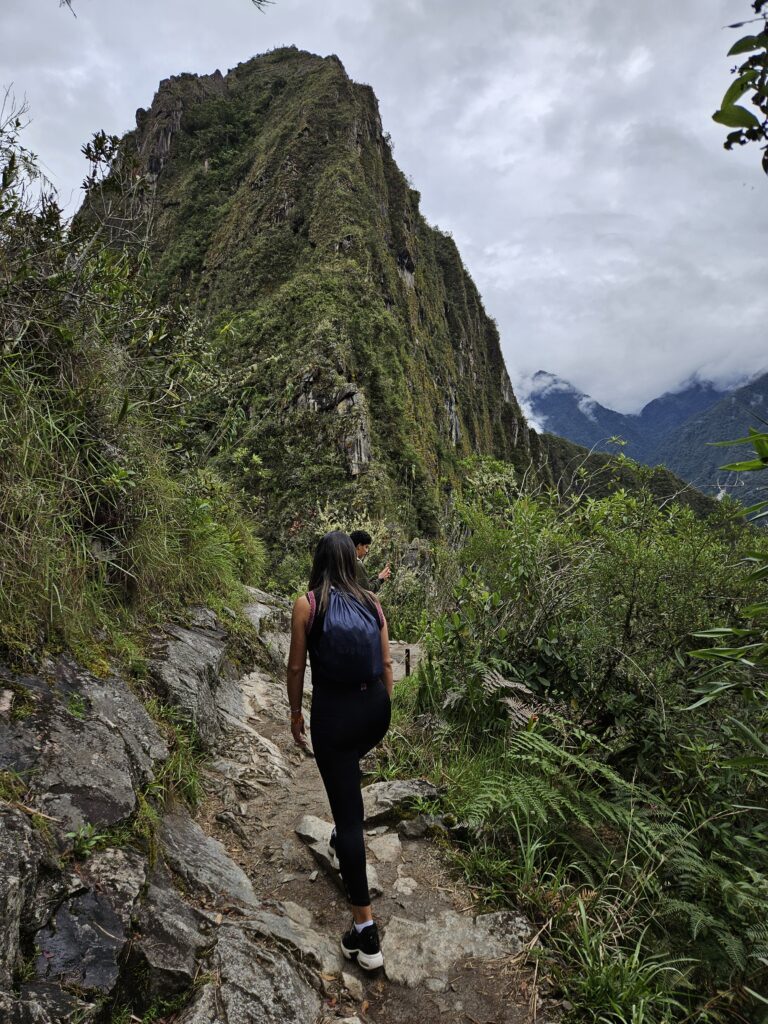
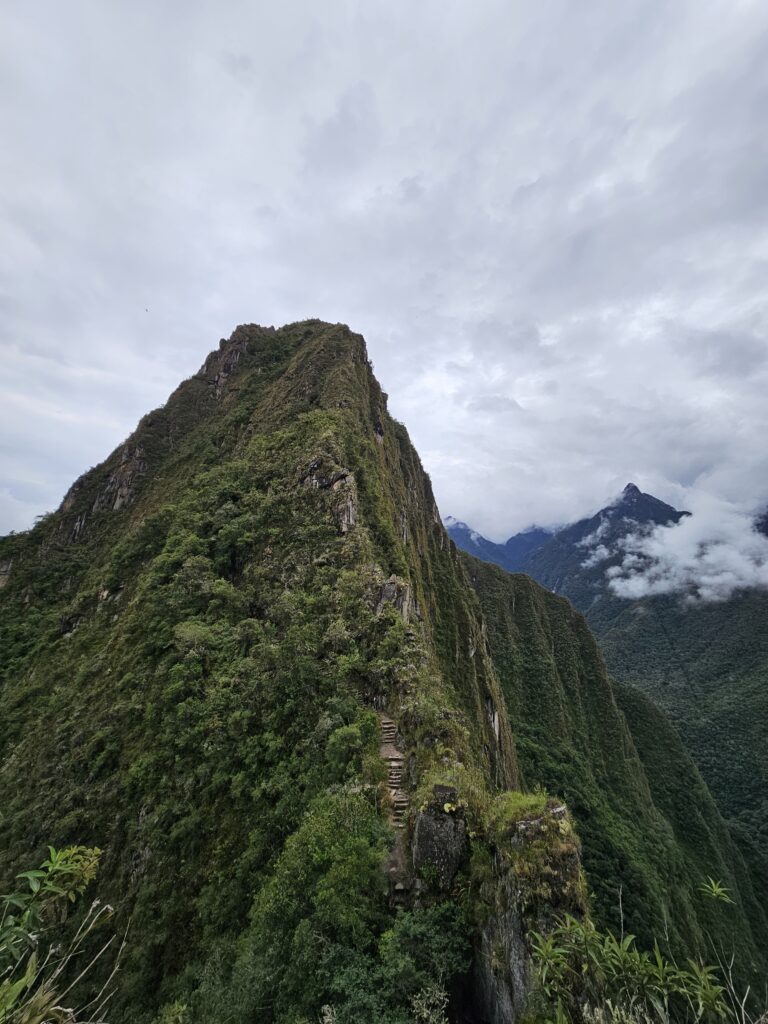
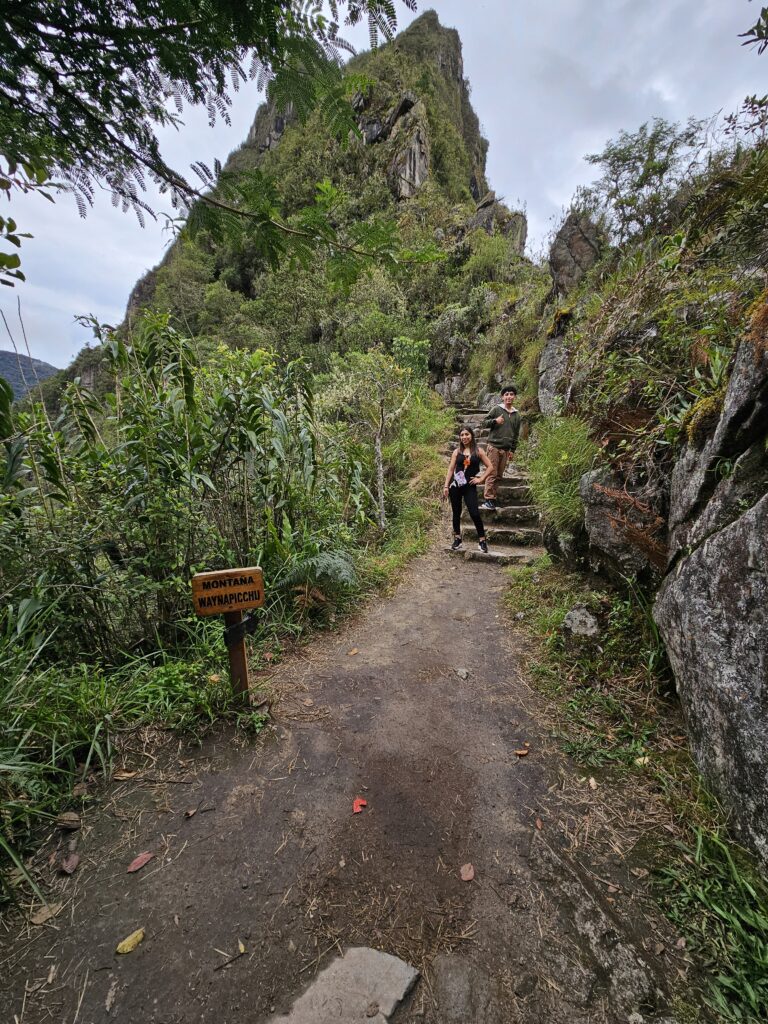
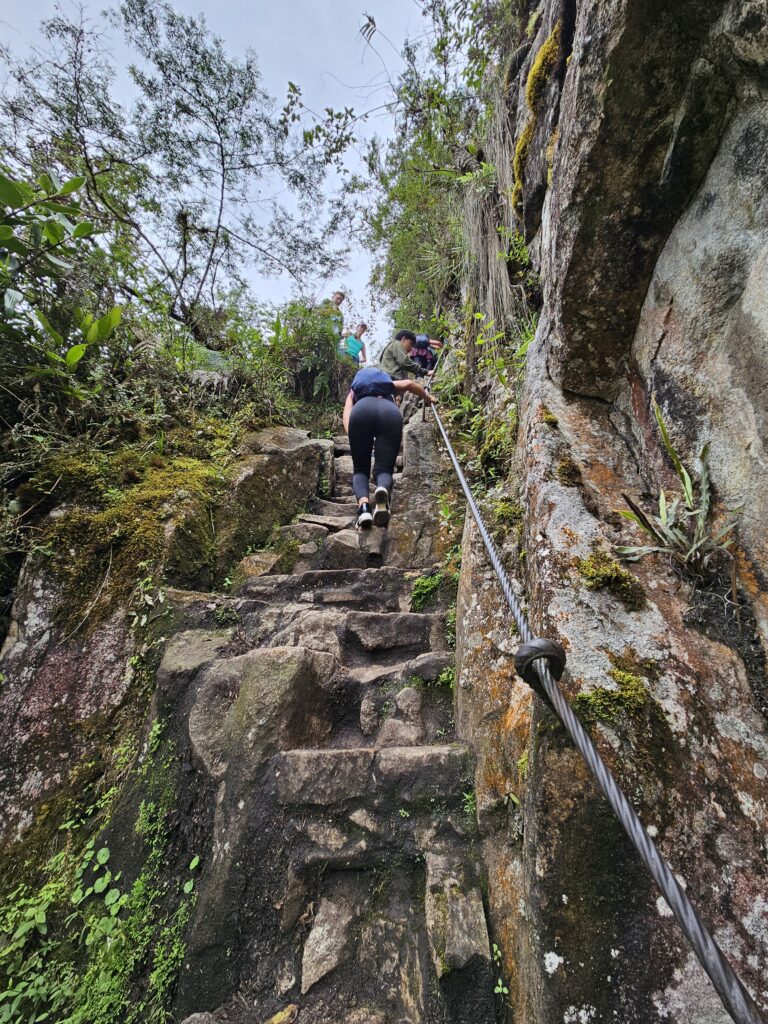
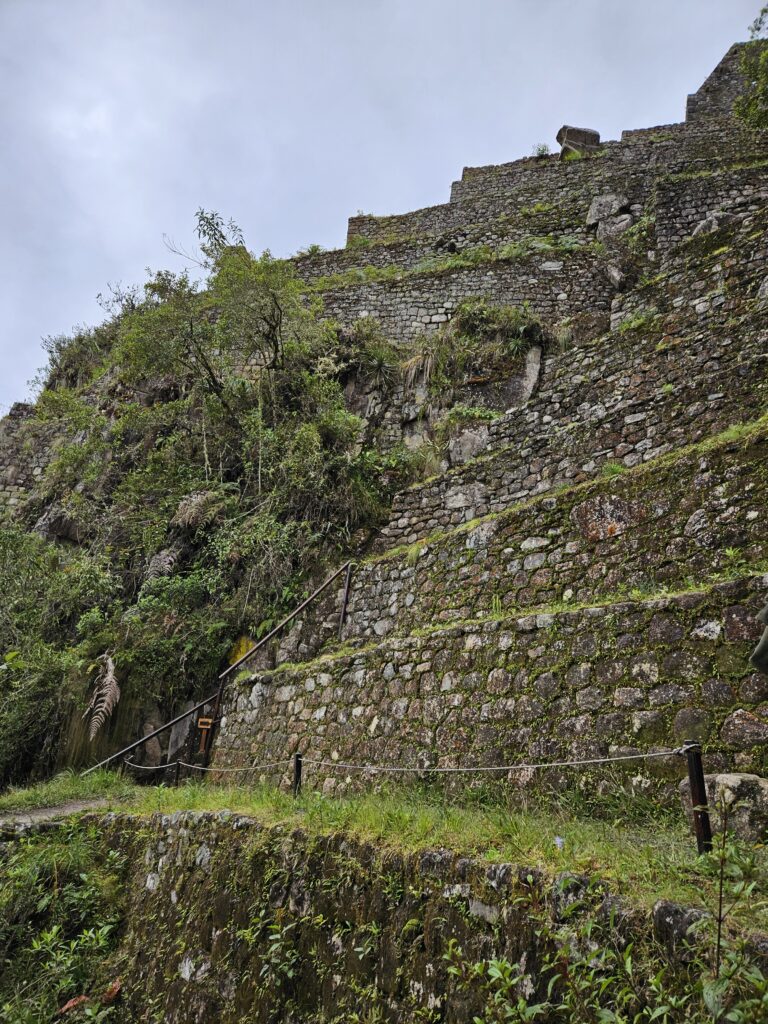

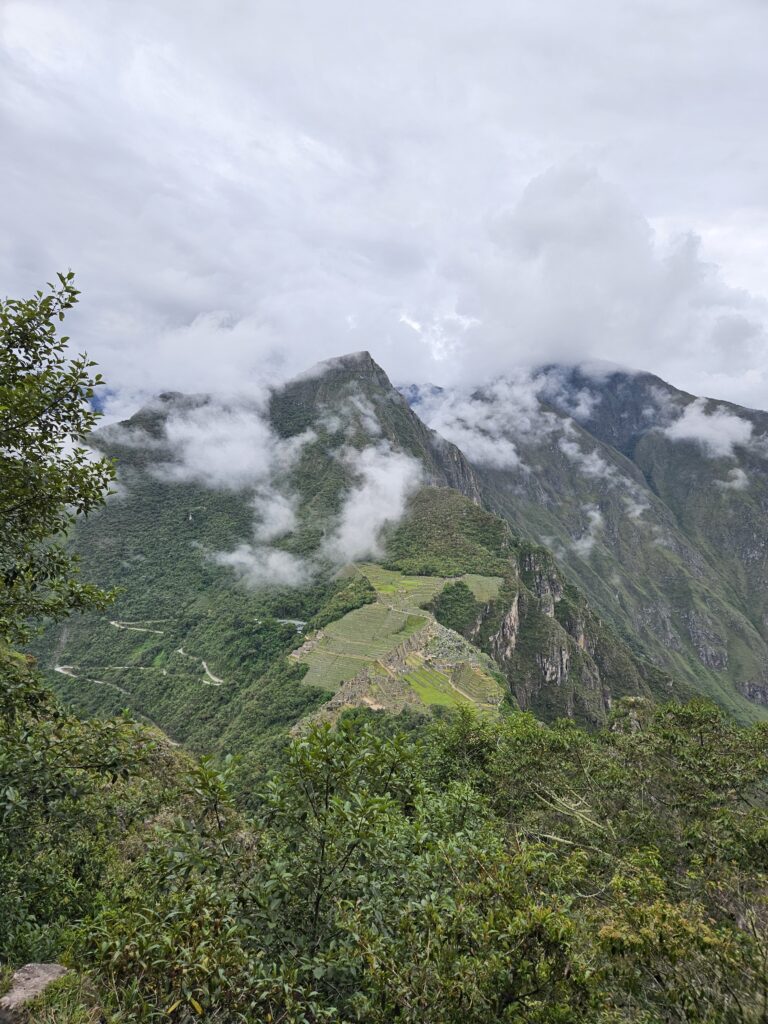
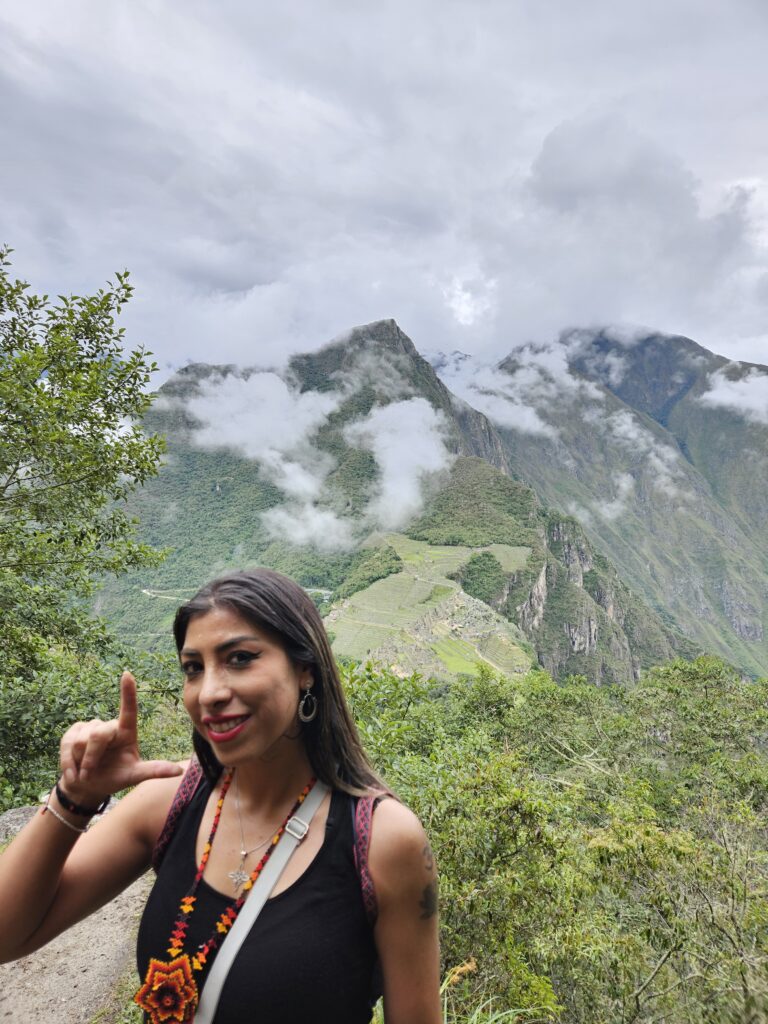
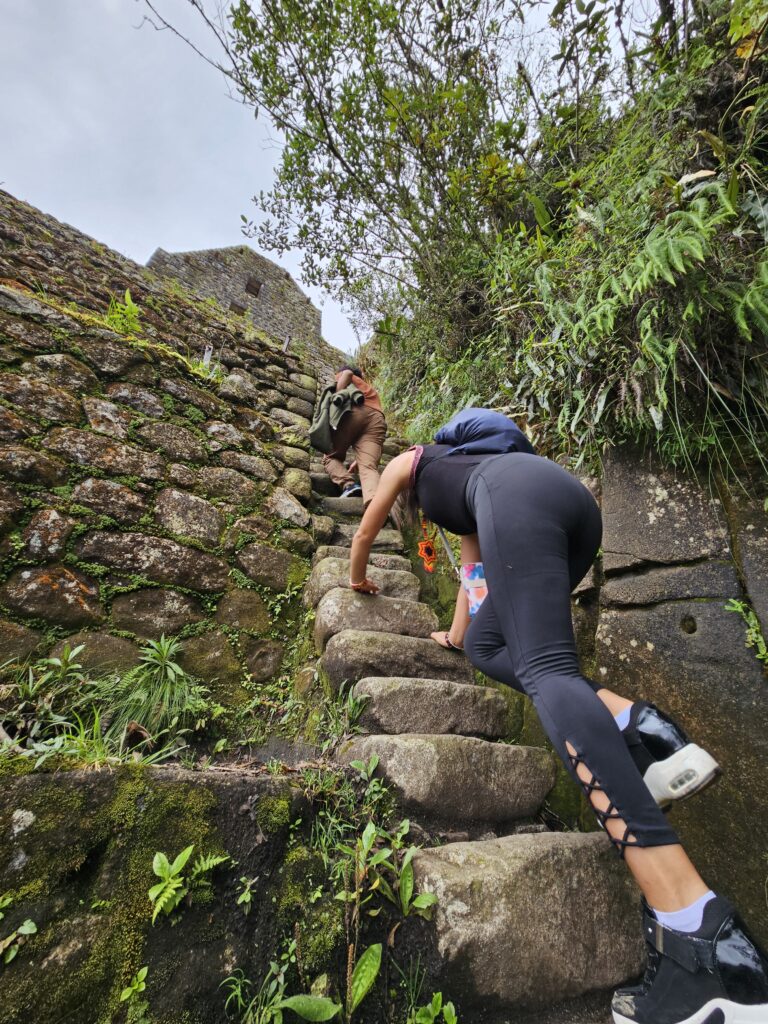

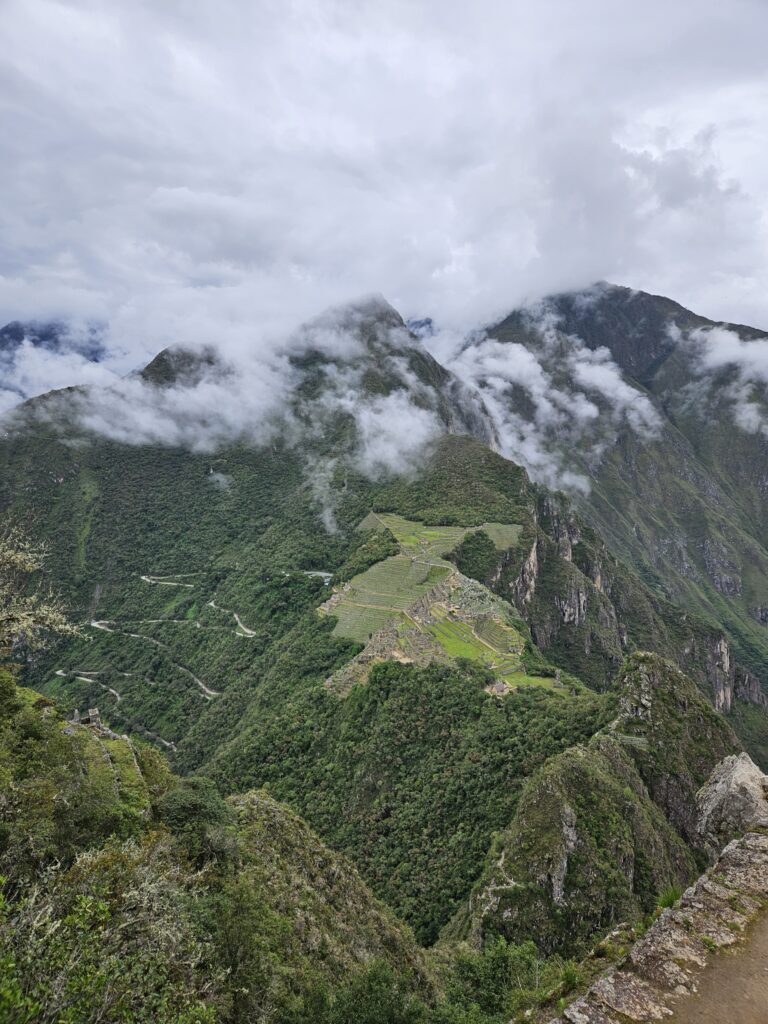
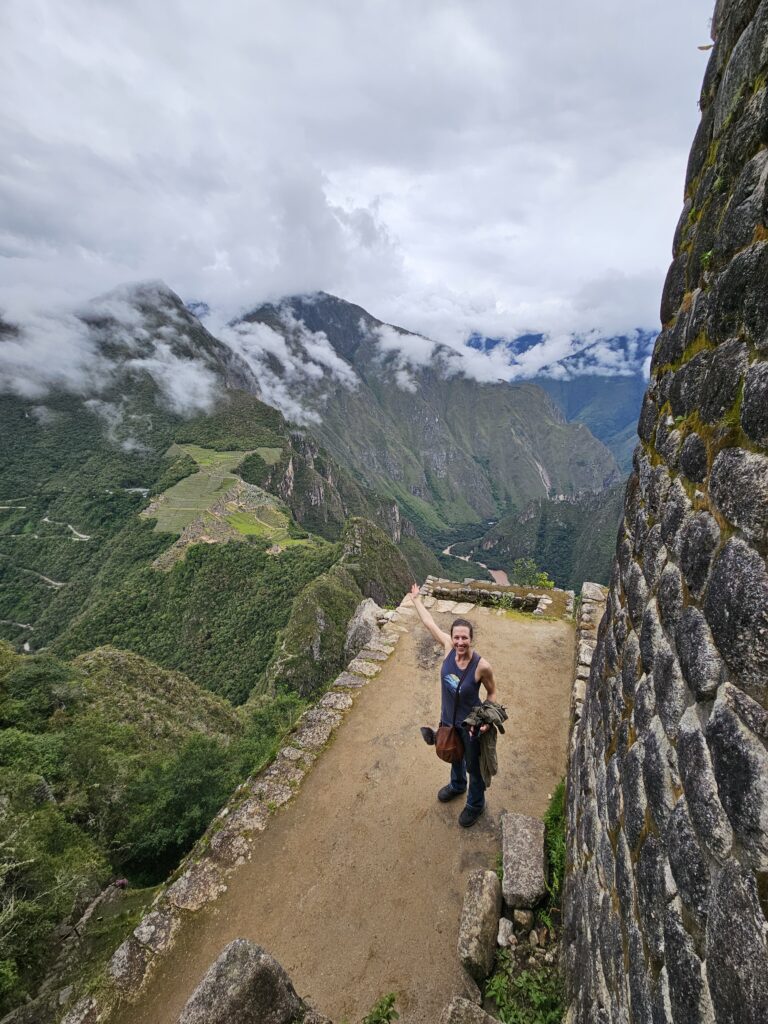
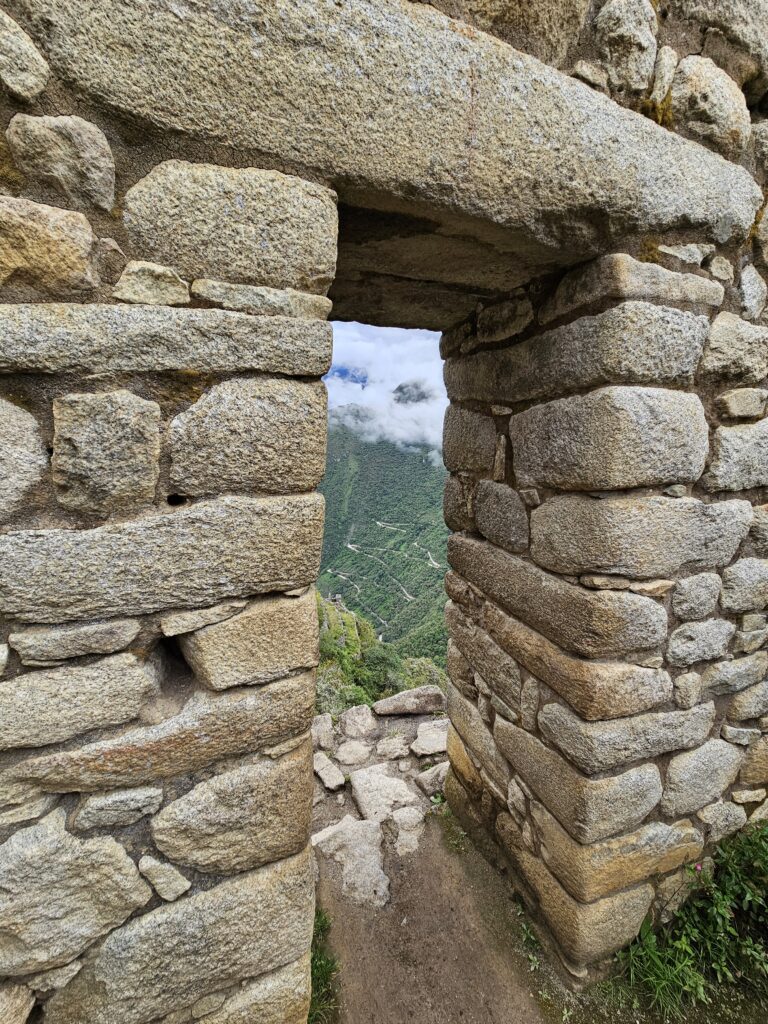
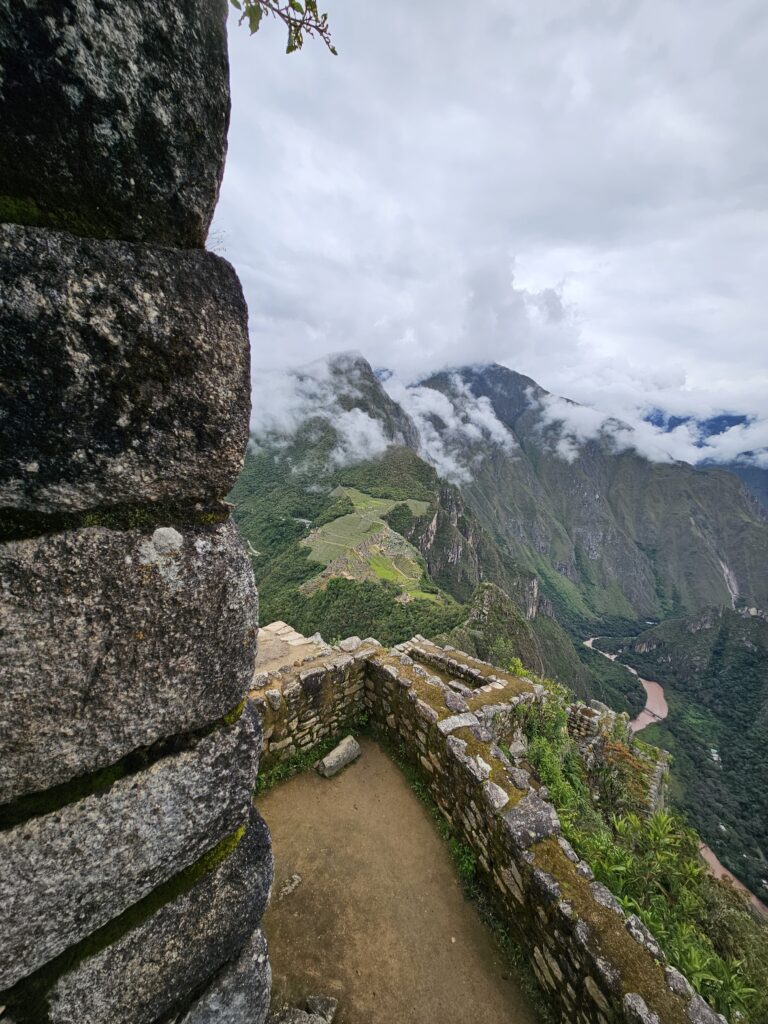




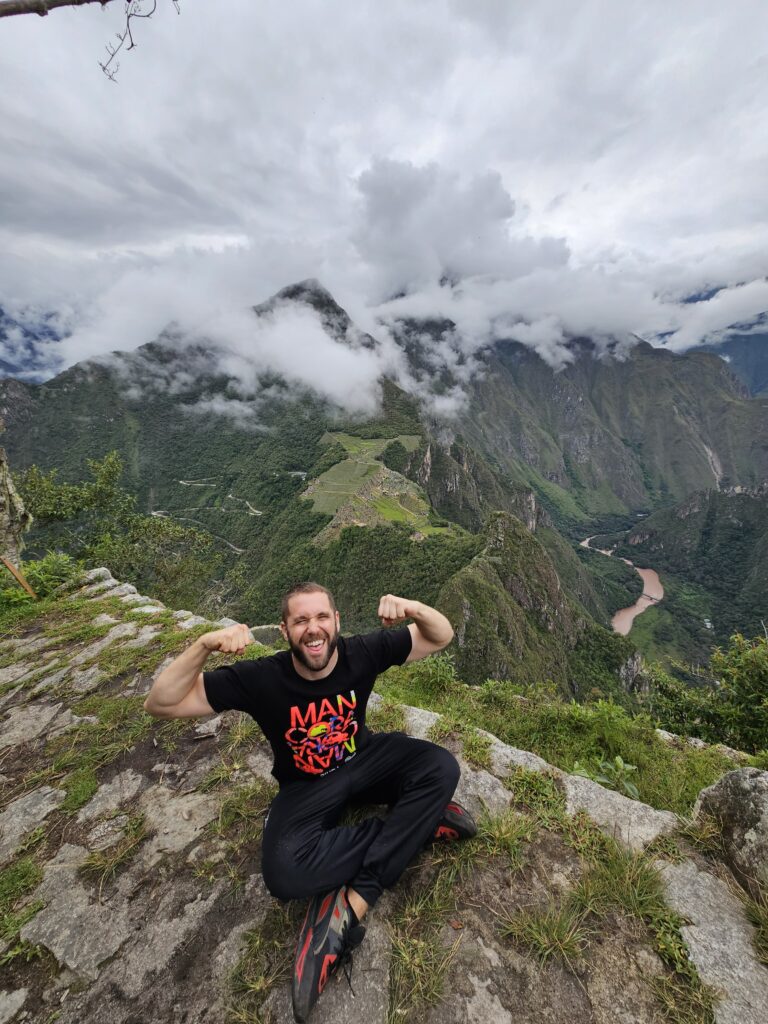
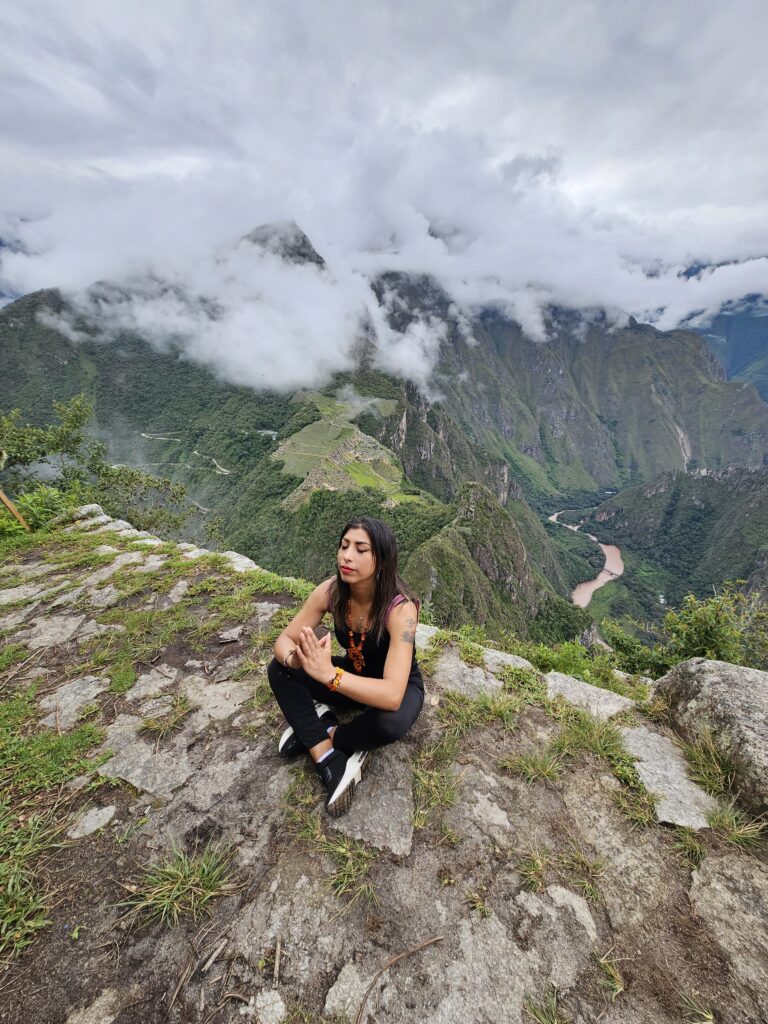
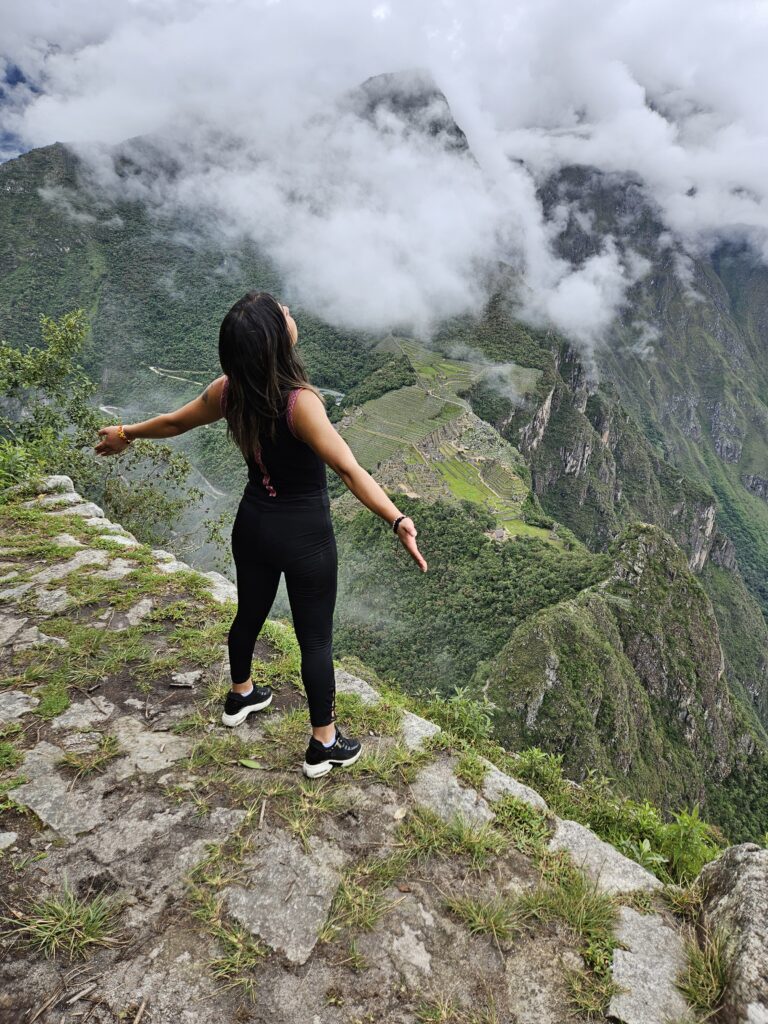
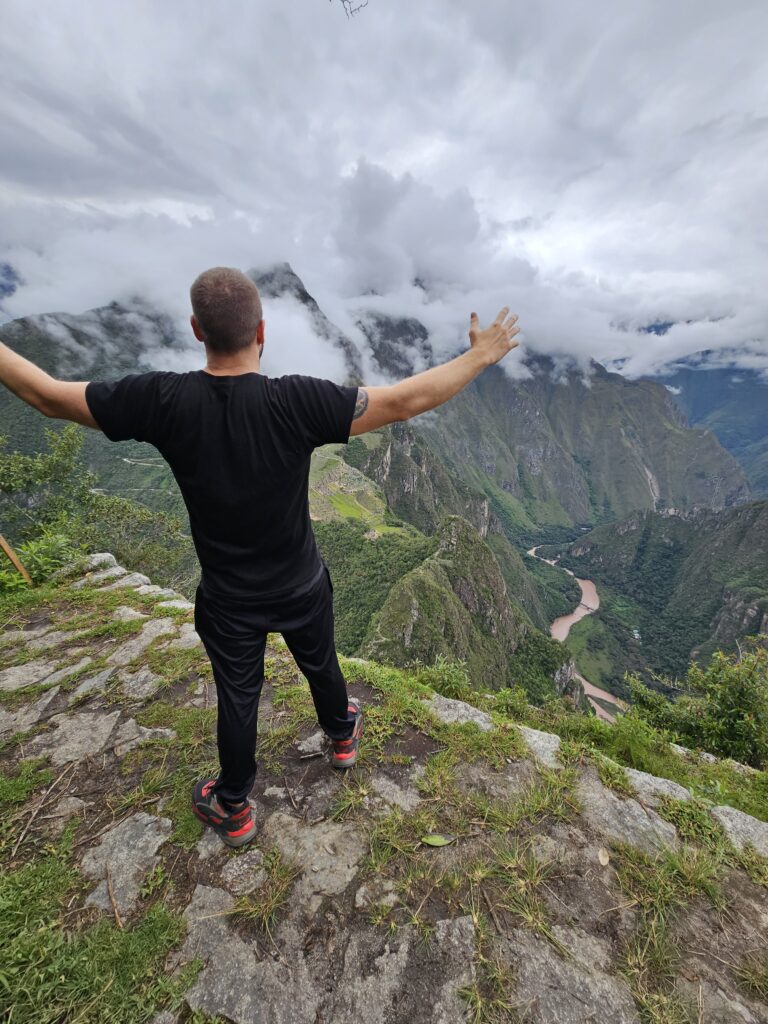

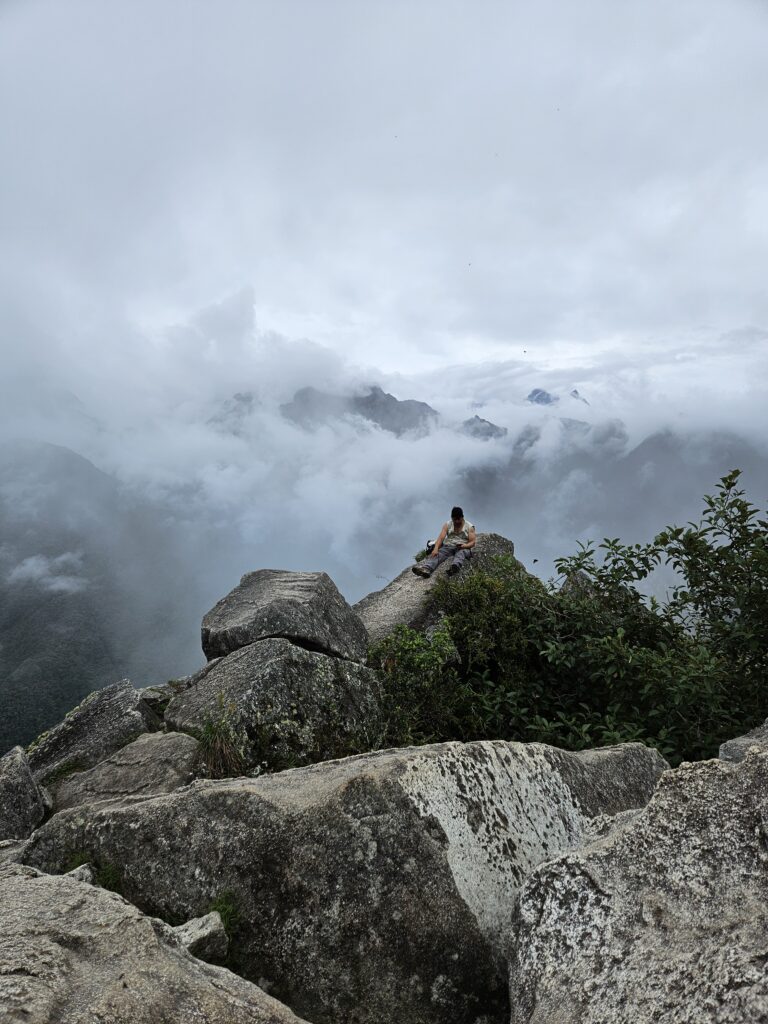
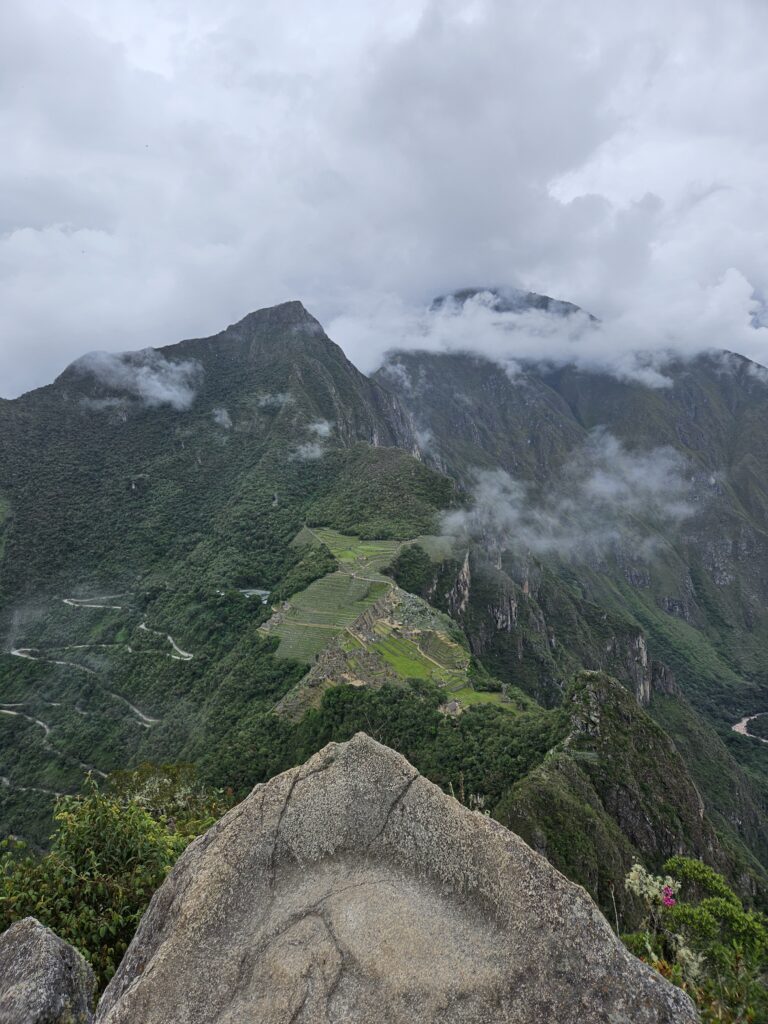
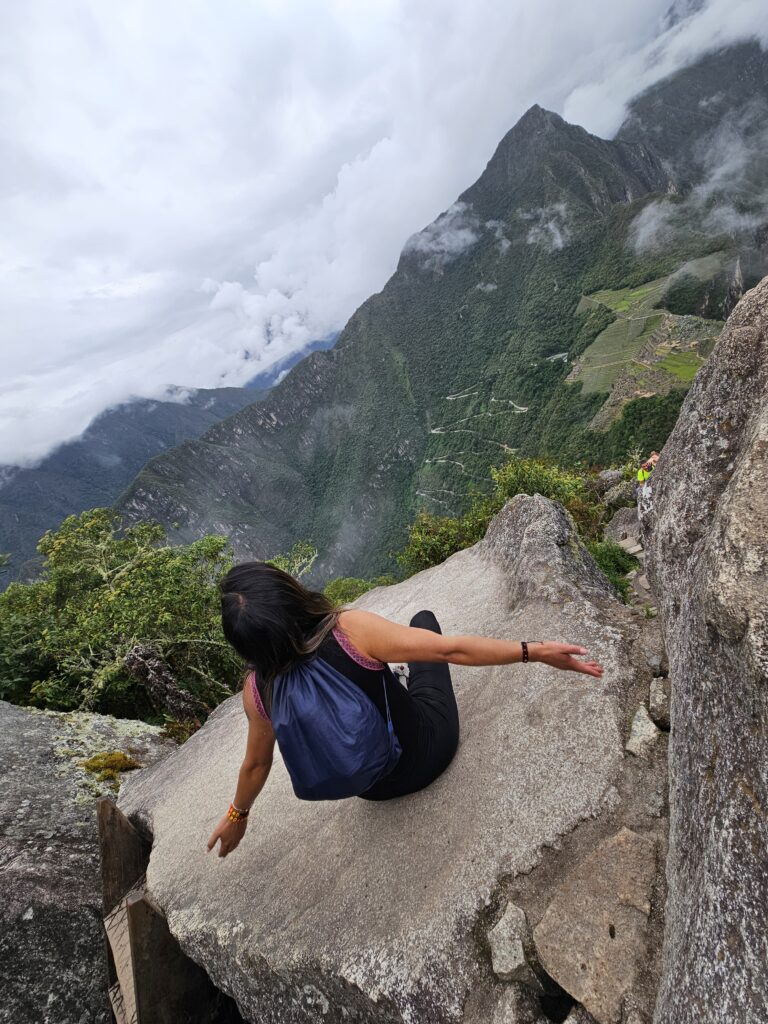

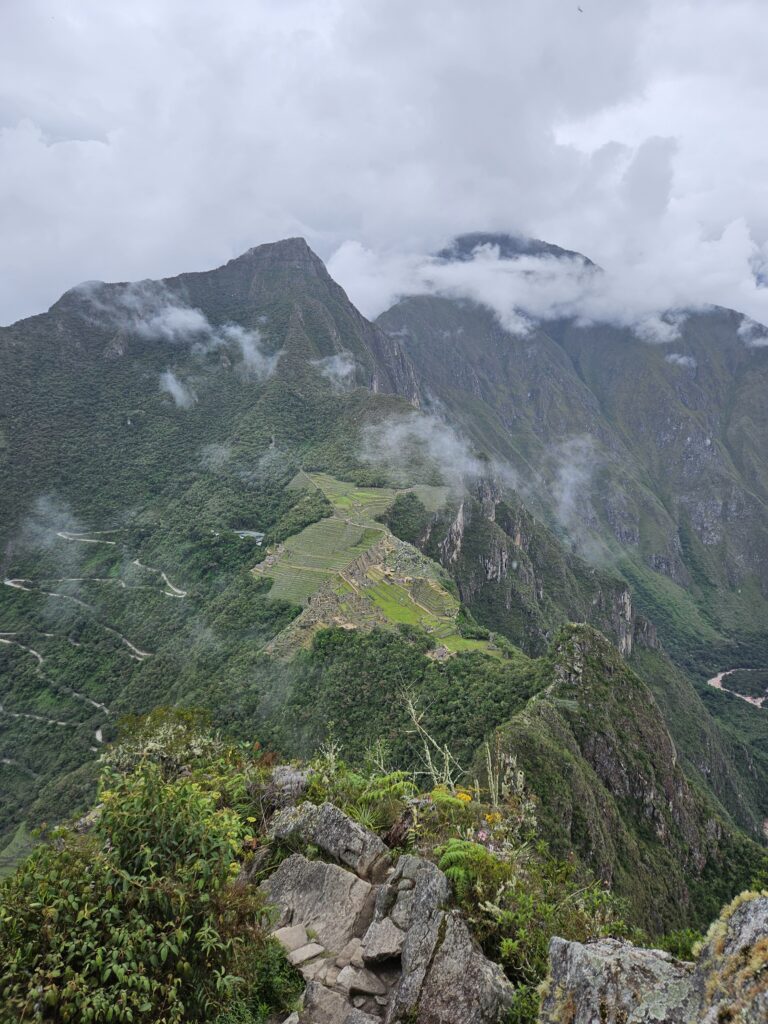
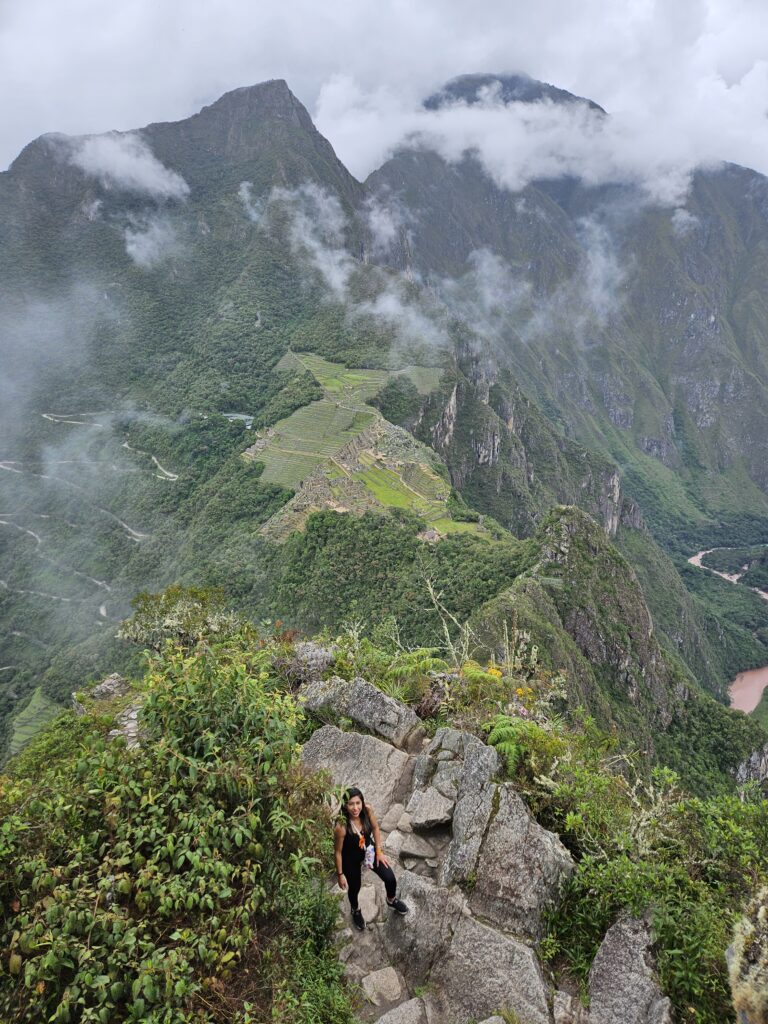

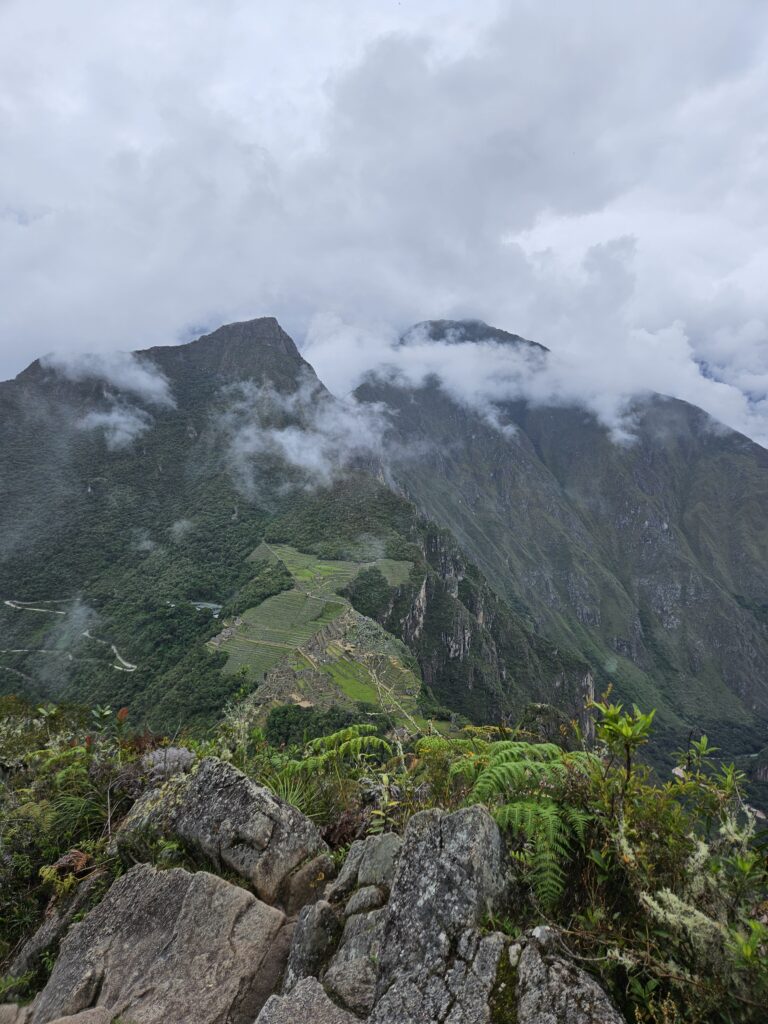
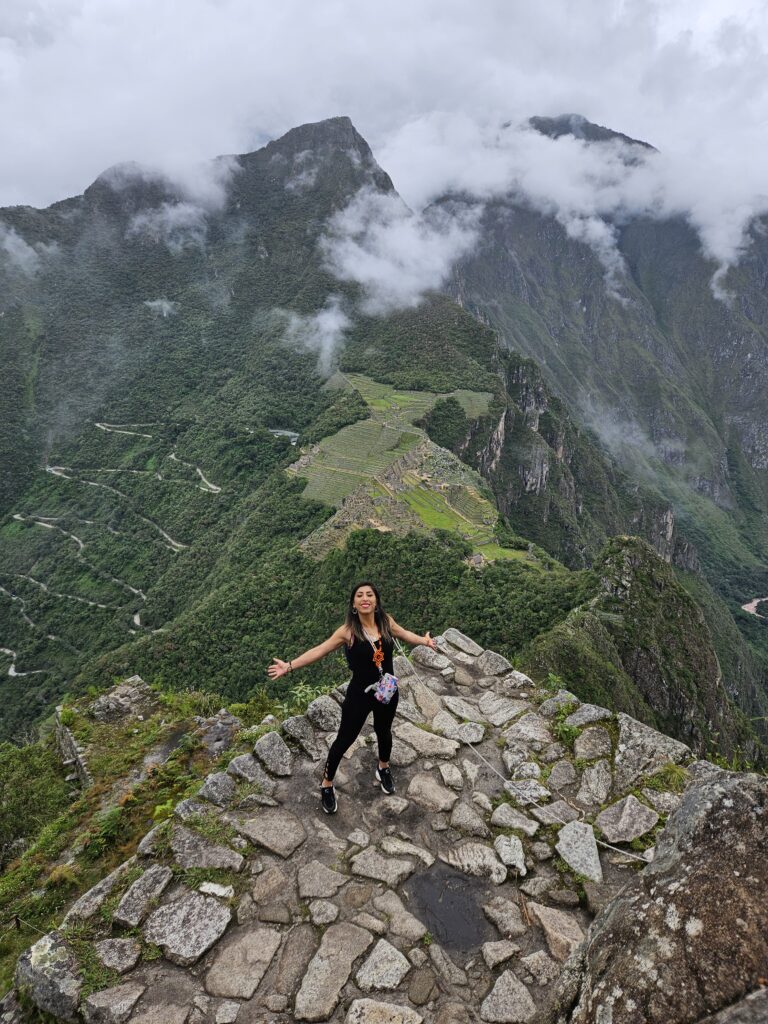
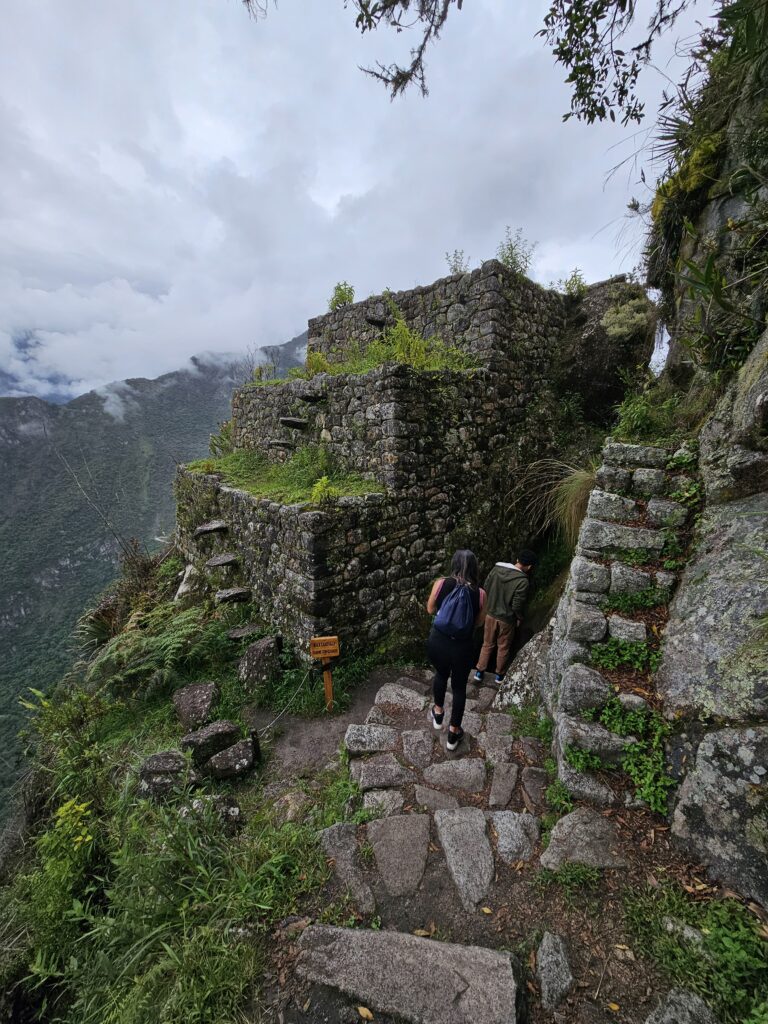
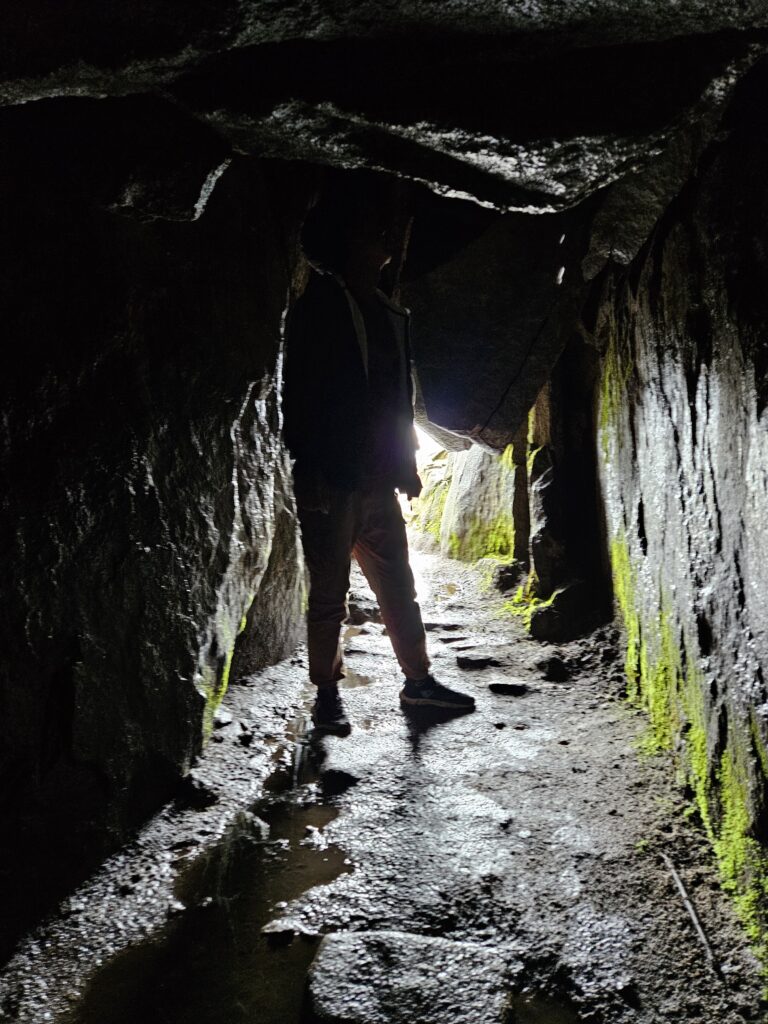
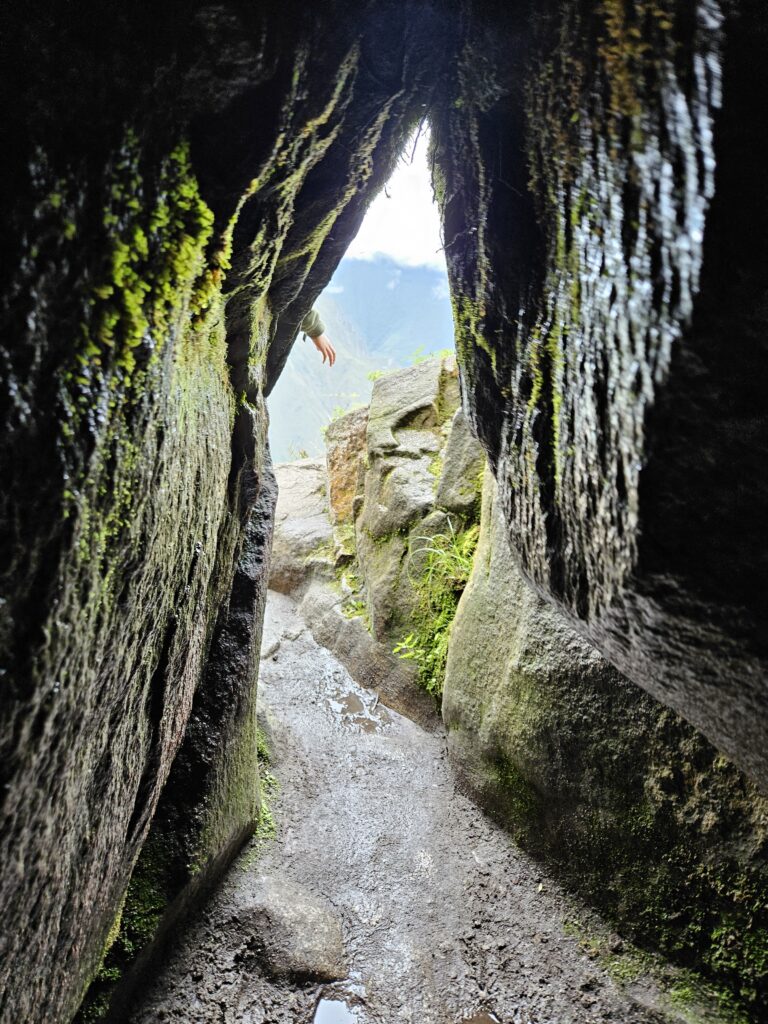
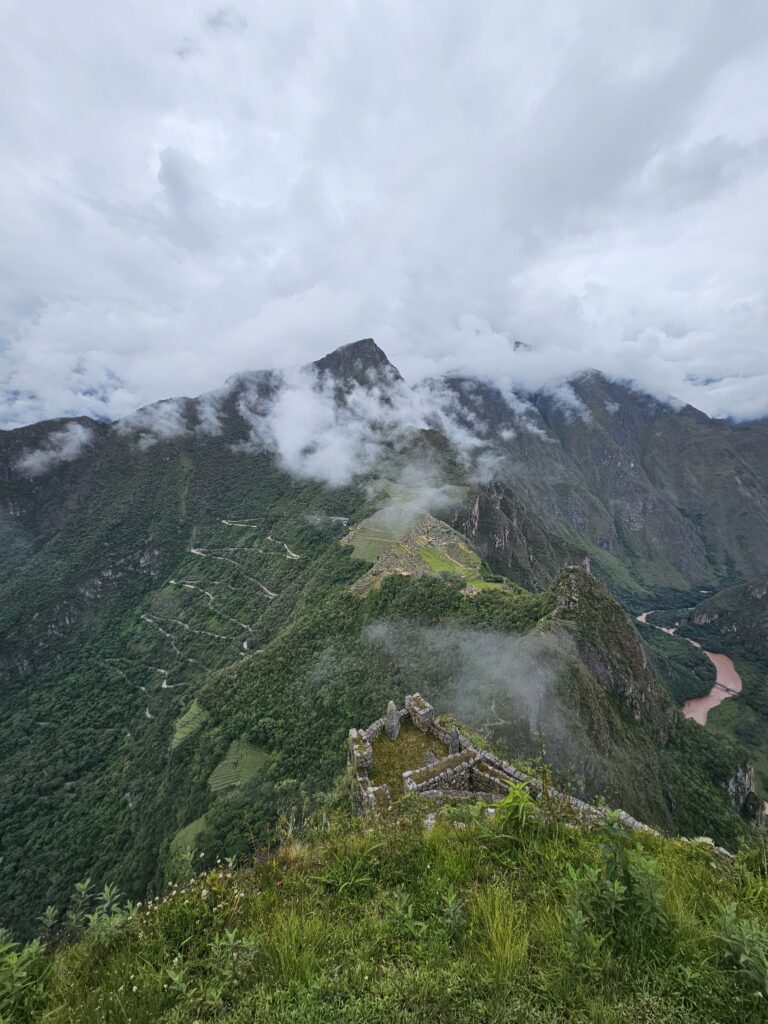
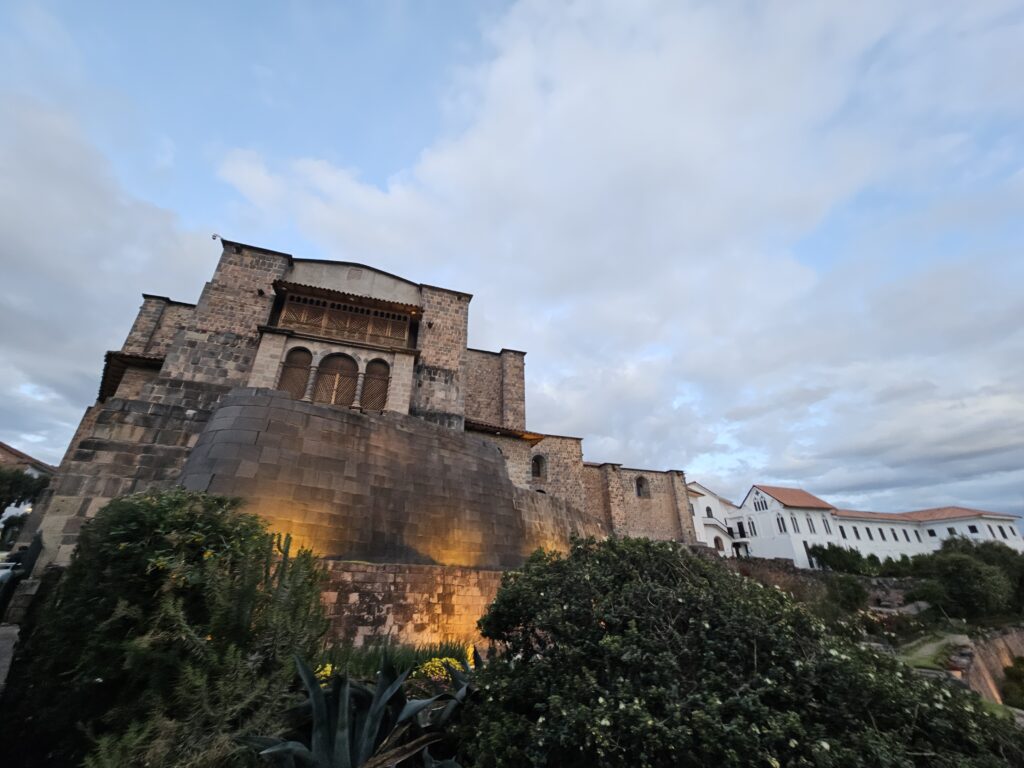
Attraction #4: El Templo Coricancha – Out of all the Incan temples, this was purposely made the most decadent. Coricancha (Recinto Dorado en Quechua) was constructed in 1200 by the revered Inca Manco Cápac. It was located between the rivers Huatanay and Tullumayo in the heart of the Incan capital. Coricancha took on an even more important role when Pachacútec redesigned Cusco into the form of a puma, with Coricancha placed exactly in the puma’s genitals. On the outside, its walls were constructed with massive natural rocks and elaborately decorated with sheets of gold that lined the entire holy site.
The inside was even more elaborate, containing a courtyard filled with golden statues of animals and plants that were realistically sculpted with surprising detail. This sacred site contained both a temple for the sun god containing elaborate golden statues and a temple for the moon goddess that was filled with silver statues. It also housed the mummified bodies of the past Incan rulers who wore luxurious woven clothes and were adorned with golden jewelry.

Unsurprisingly, this spectacular amount of wealth made it a massive target for the Spaniards. When Atahualpa was held hostage and the Spaniards demanded the Incas fill a room with gold to save him, a majority of the treasure collected came from Coricancha. Not even the massive rocks were safe, given the Spaniards dismantled as many of Coricancha’s inner temples as possible to use for their houses and cathedrals. They even constructed the Convento de Santo Domingo on top of the foundation of Coricancha. In an attempt to hide the magnificent legacy of this Incan holy site, they placed plaster over all of the rocks that were too big to move and painted them.
Interestingly enough, it took multiple natural disasters to unveil the temple’s hidden beauty. The Coricancha Incan temple foundation survived 3 major earthquakes (1650, 1749, and 1950) while the Spanish cathedral and convent built on top of it were devasted each time. This final earthquake unveiled additional Incan rocks that were previously covered with plaster by the Spaniards. Under the guidance of UNESCO, the Santo Domingo temple was reconstructed in a way that gave preference to the Incan architecture.
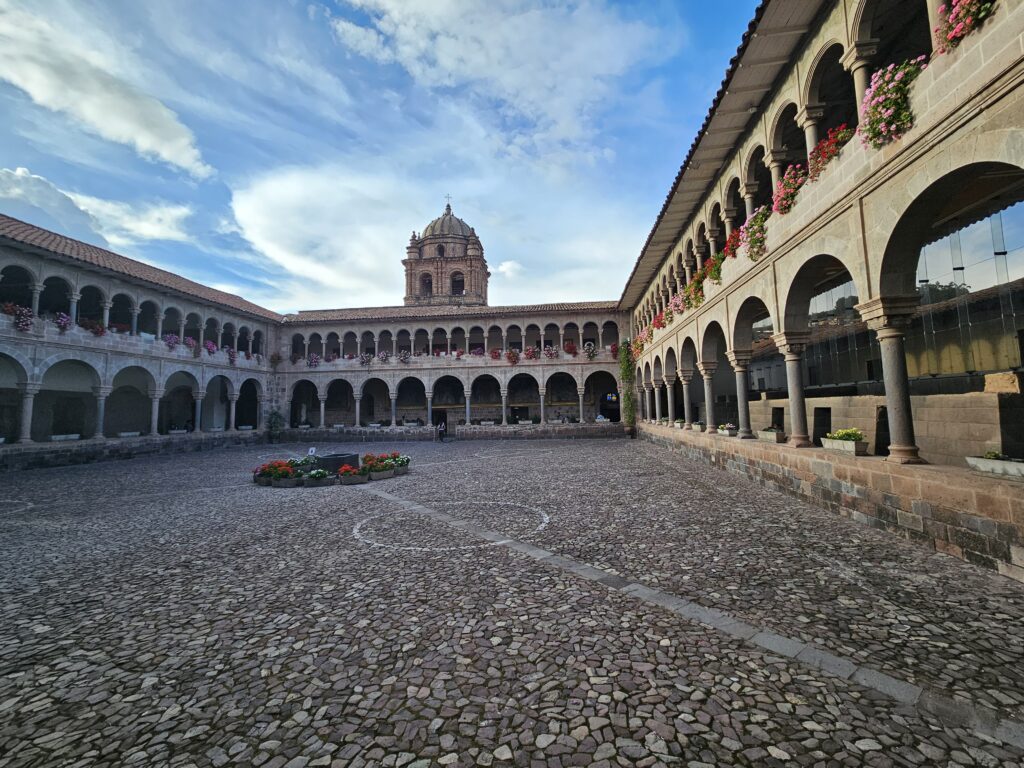
This divine intervention allowed multiple portals and breathtaking Incan rock formations to finally see the light of day again. It’s fascinating to see the fusion of the invasive Spanish construction on top of the original Incan rockwork. Even though they arose from direct conflict and intentional stifling of Incan culture, there’s an inherent beauty to their fusion. It’s a battle between cultures, so come see the Incan architecture that refused to be erased by Catholicism!
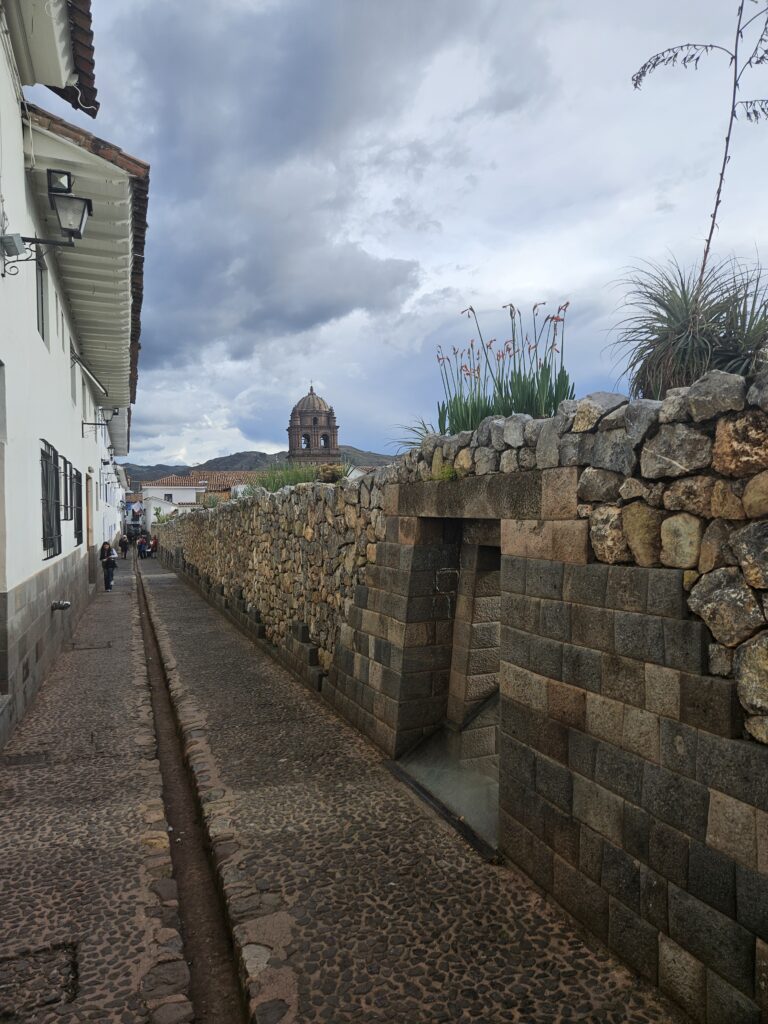
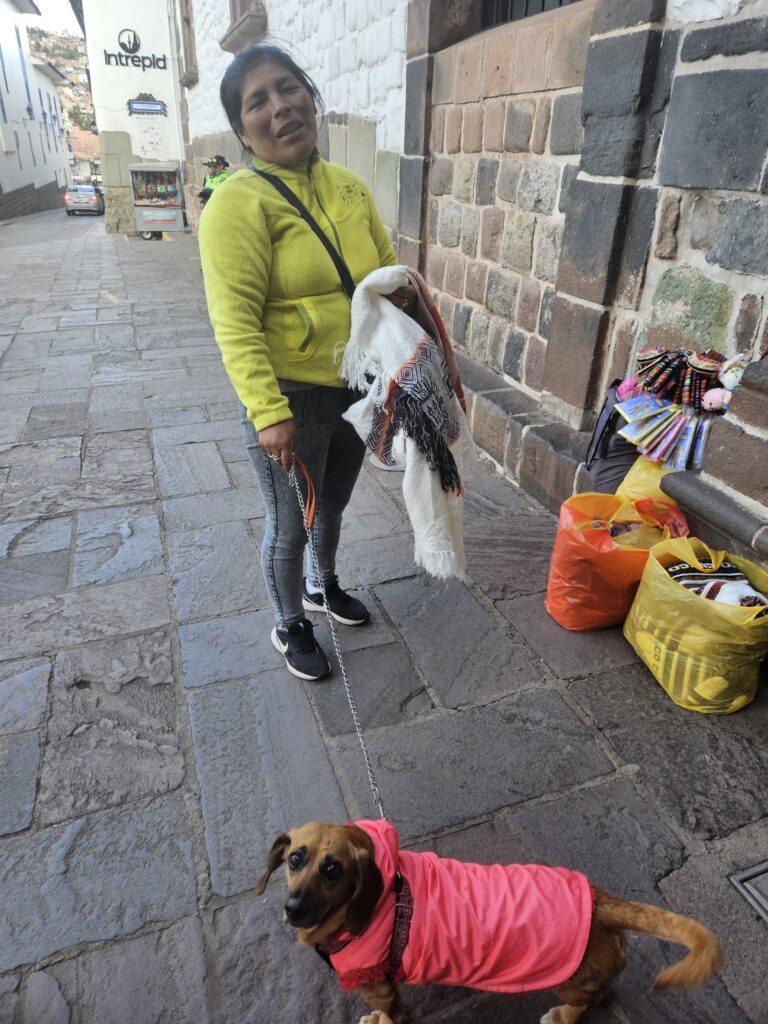
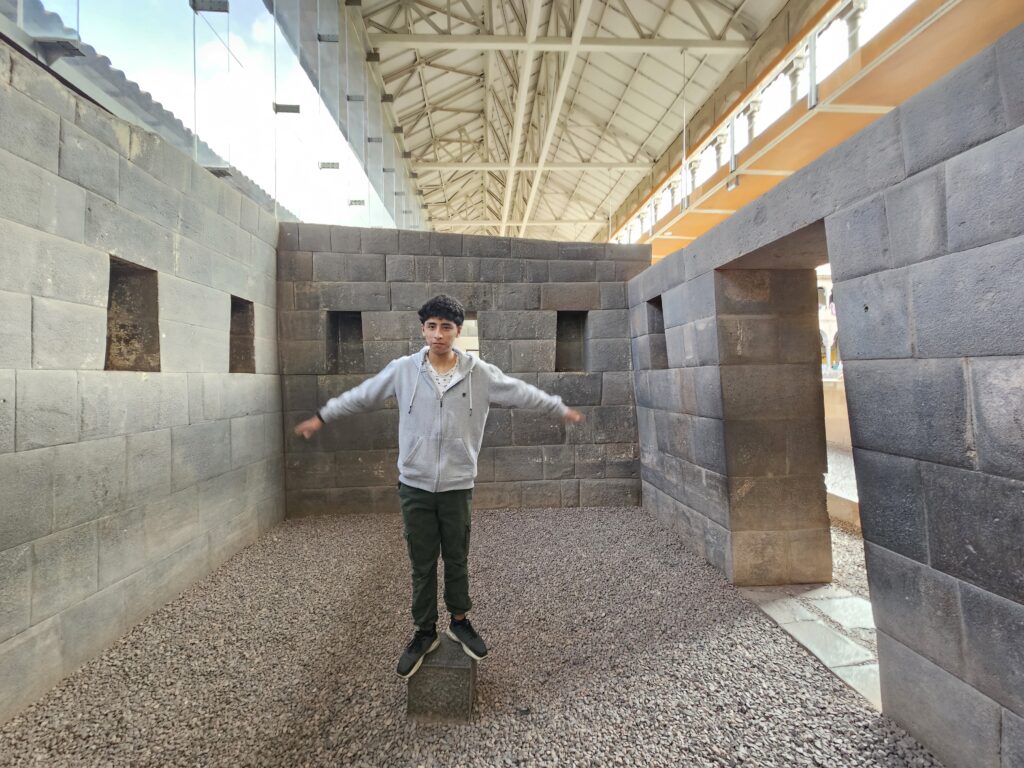
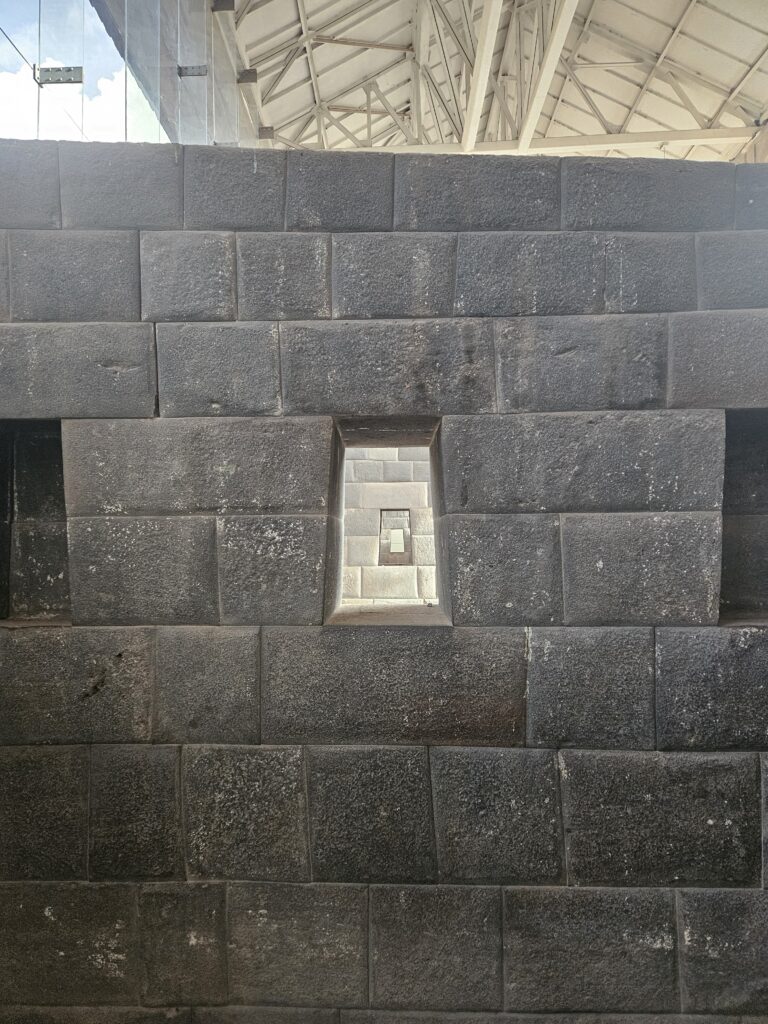
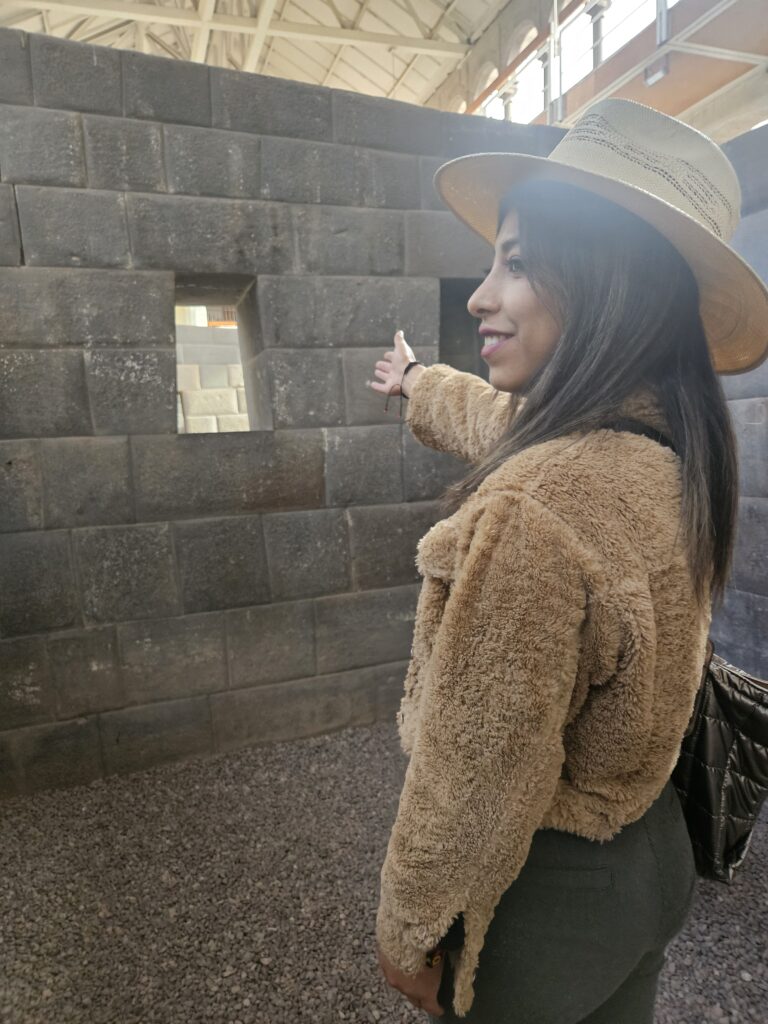
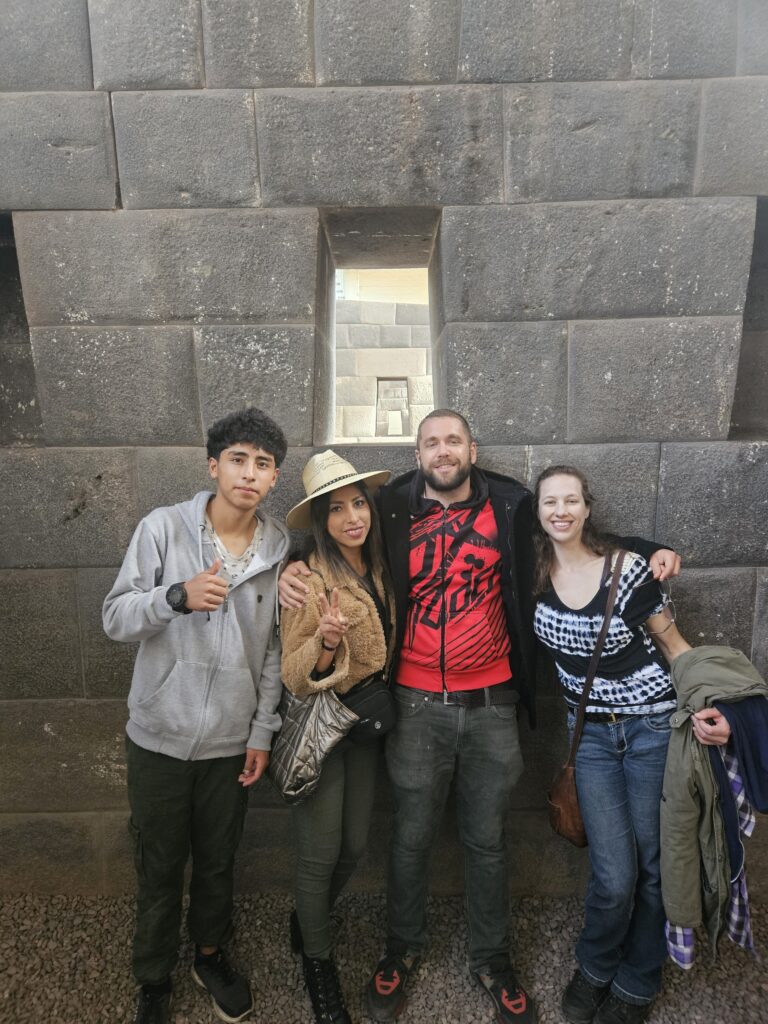
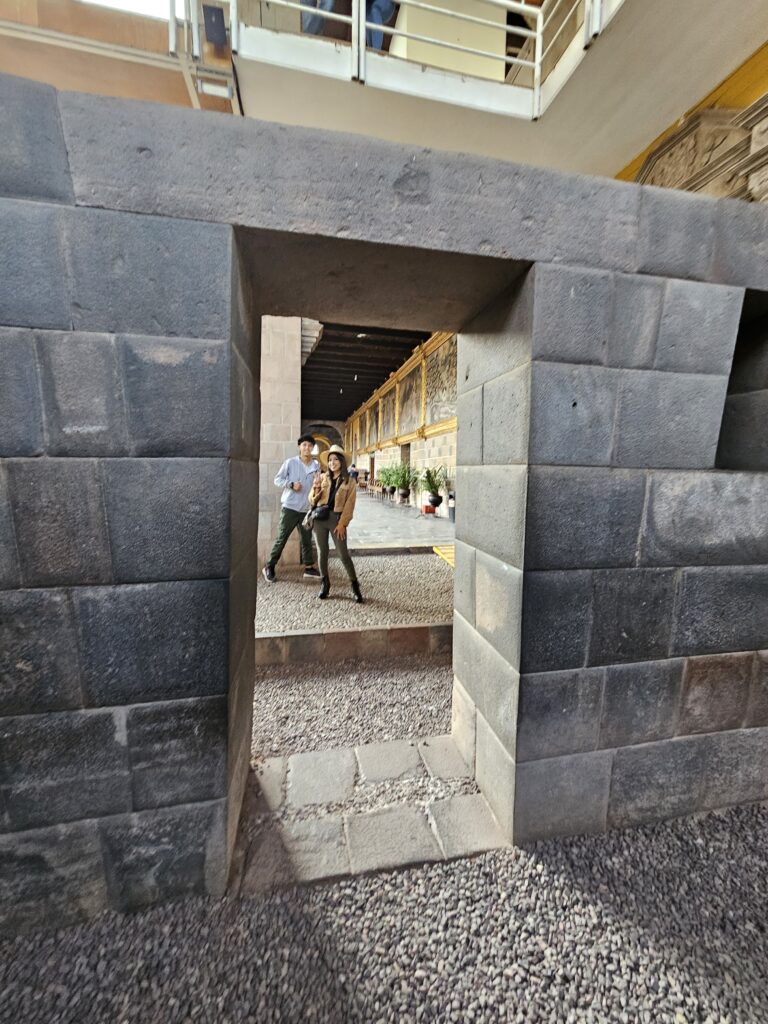
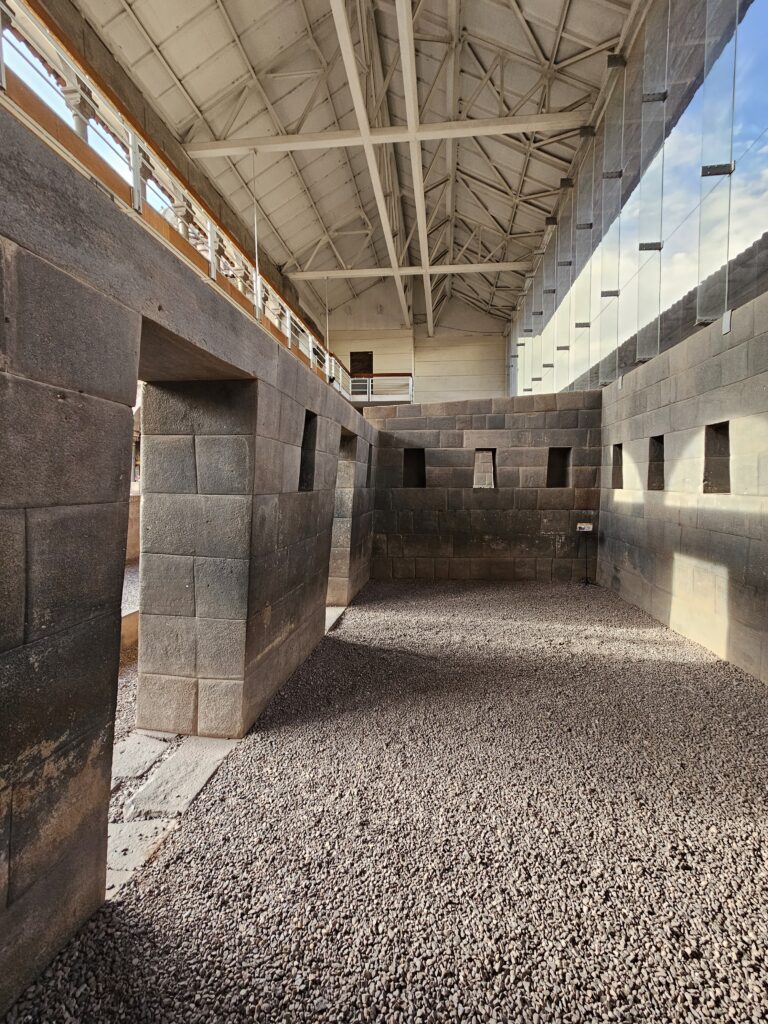
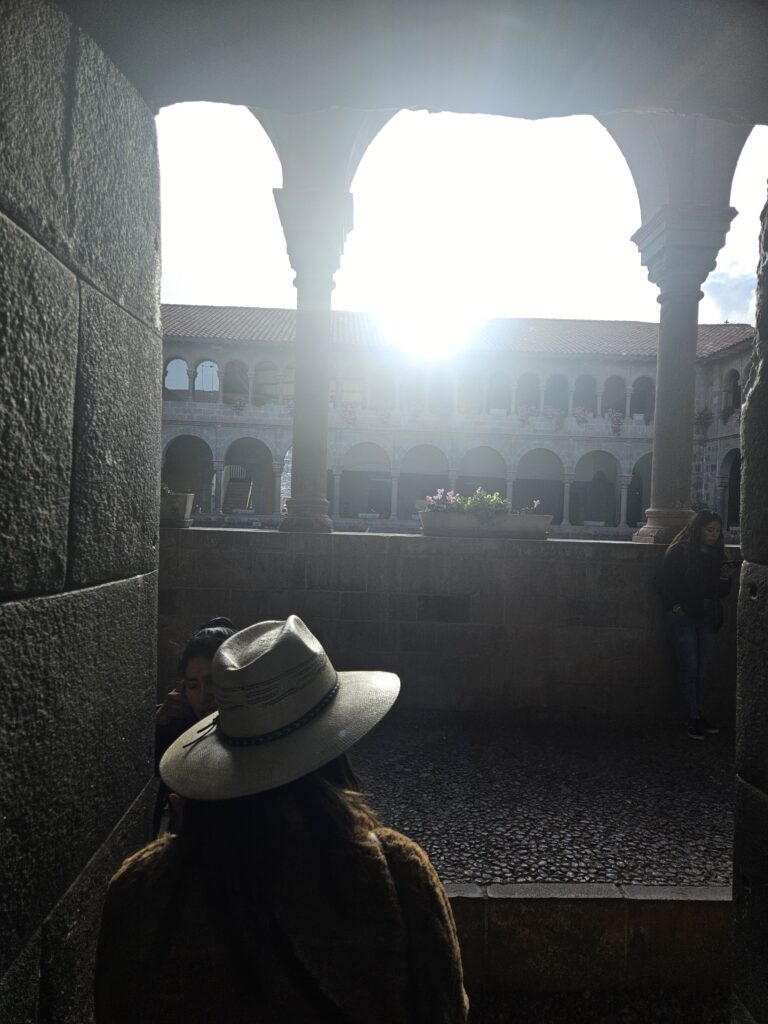
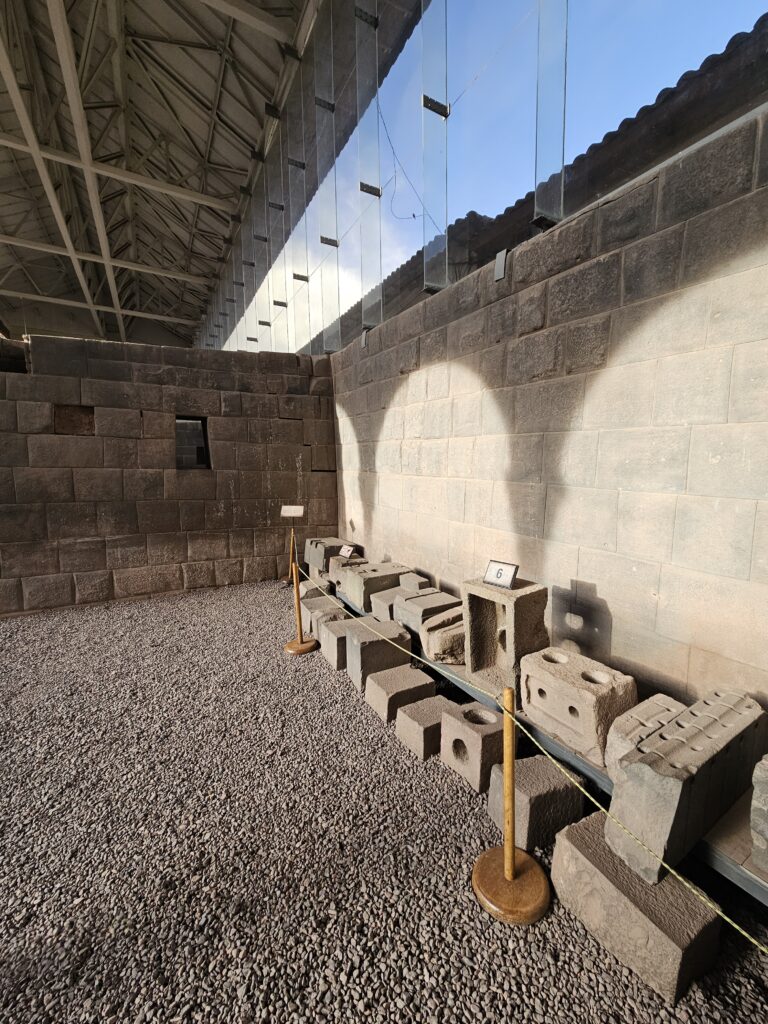
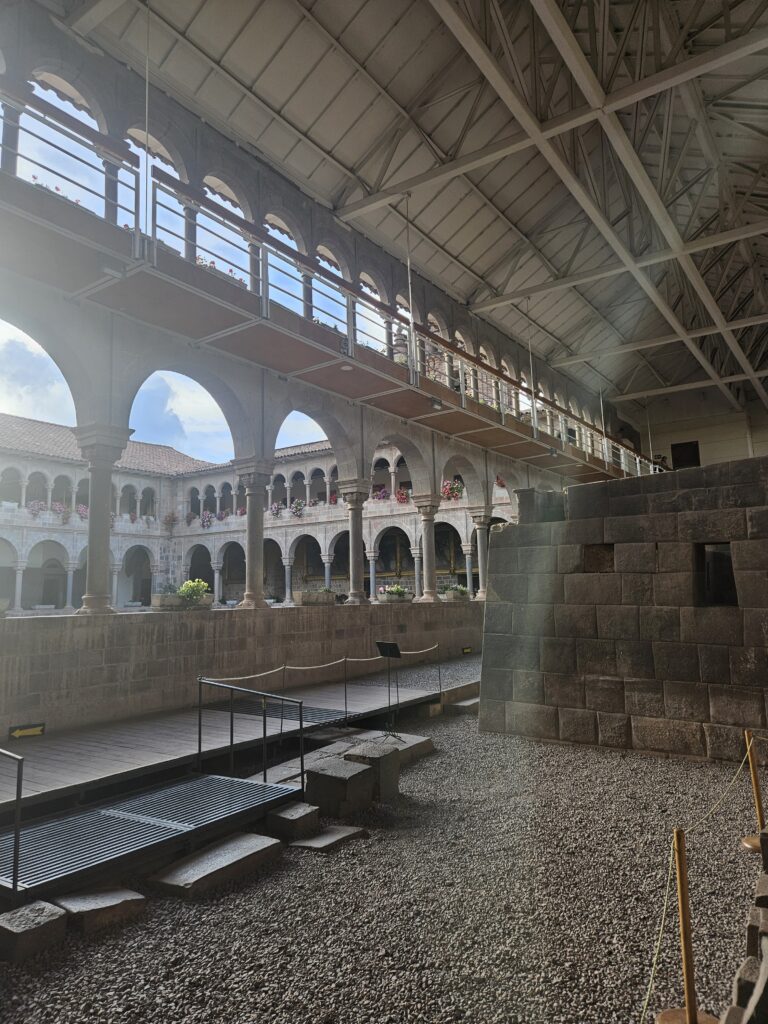
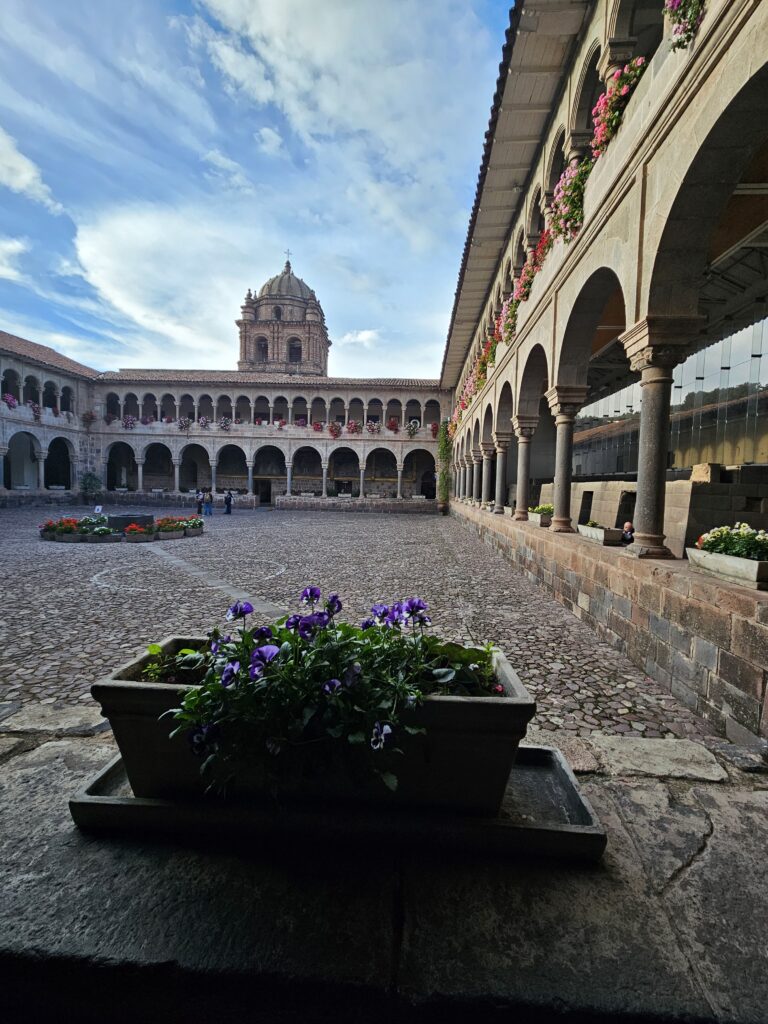
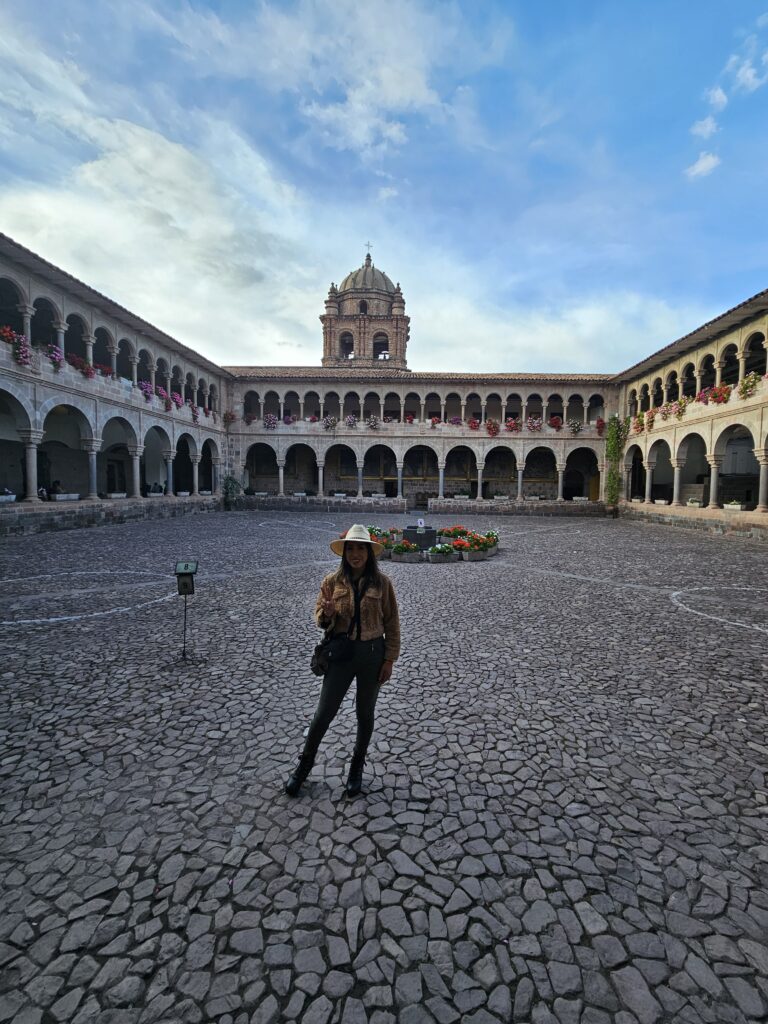

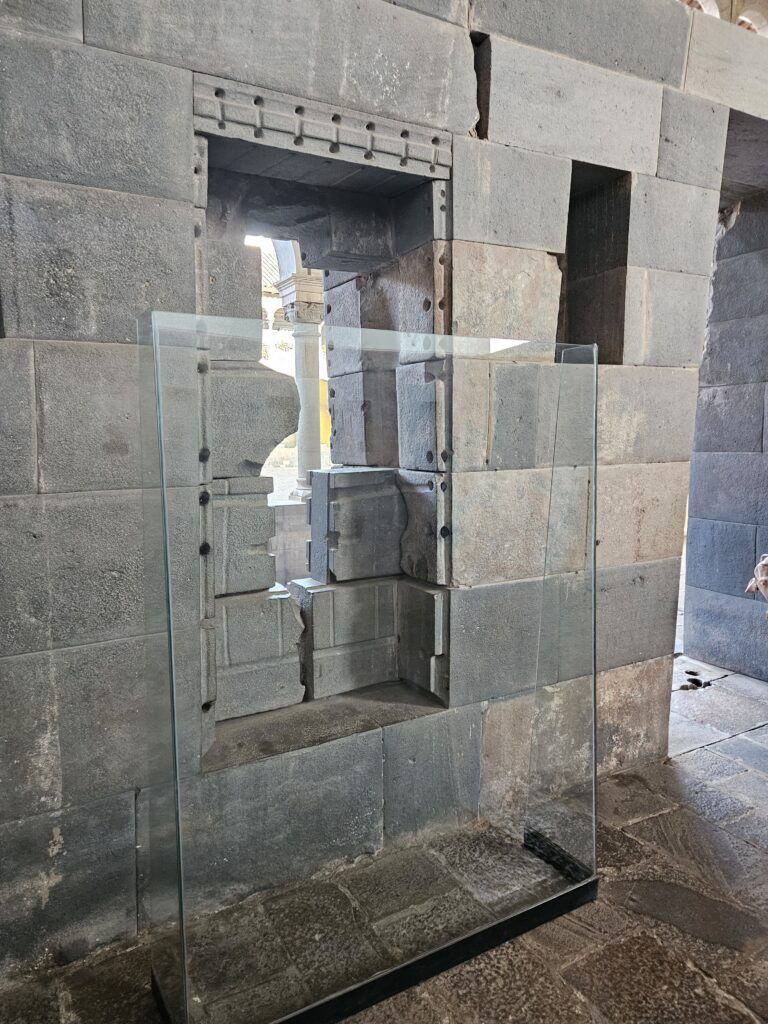

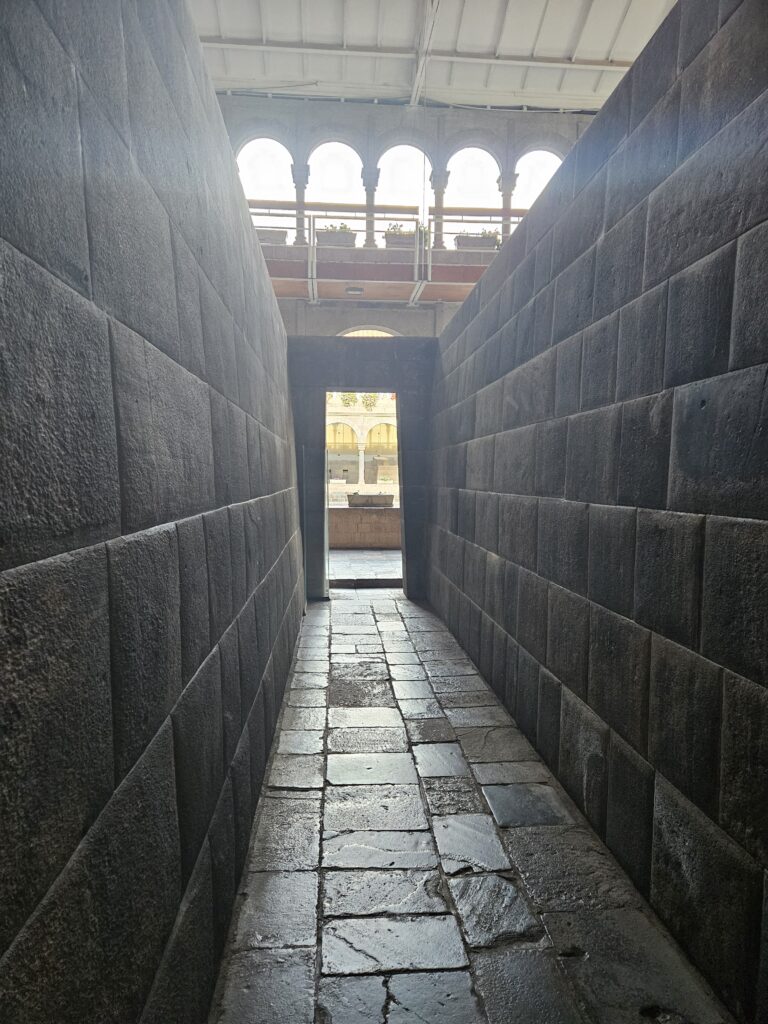
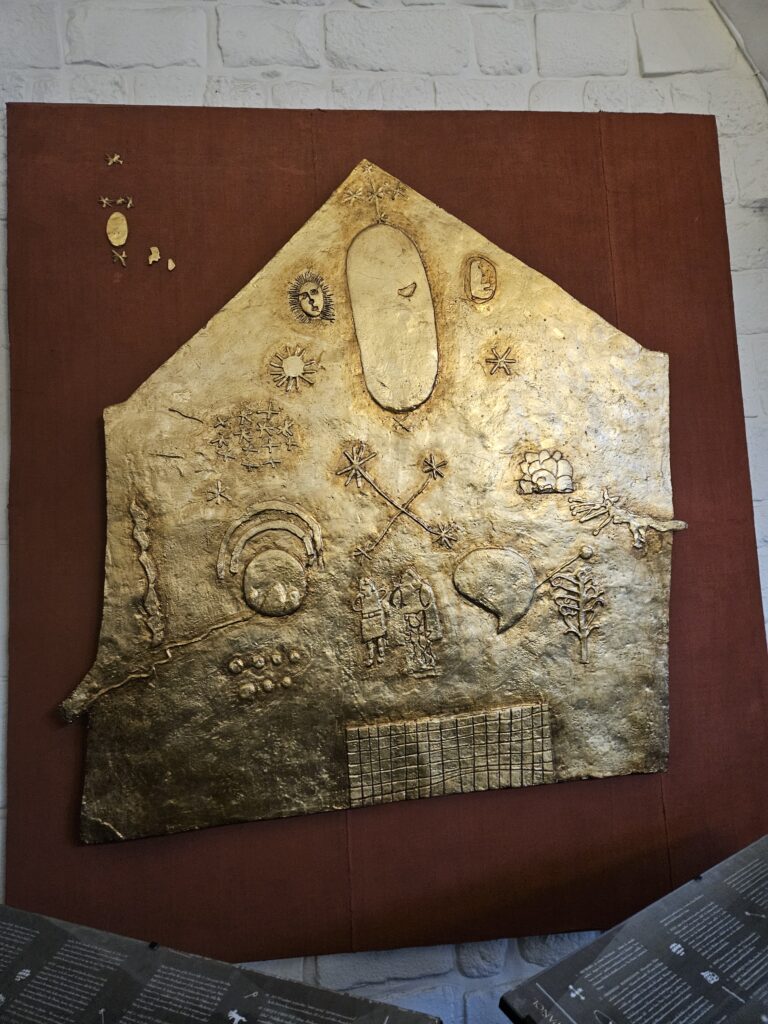
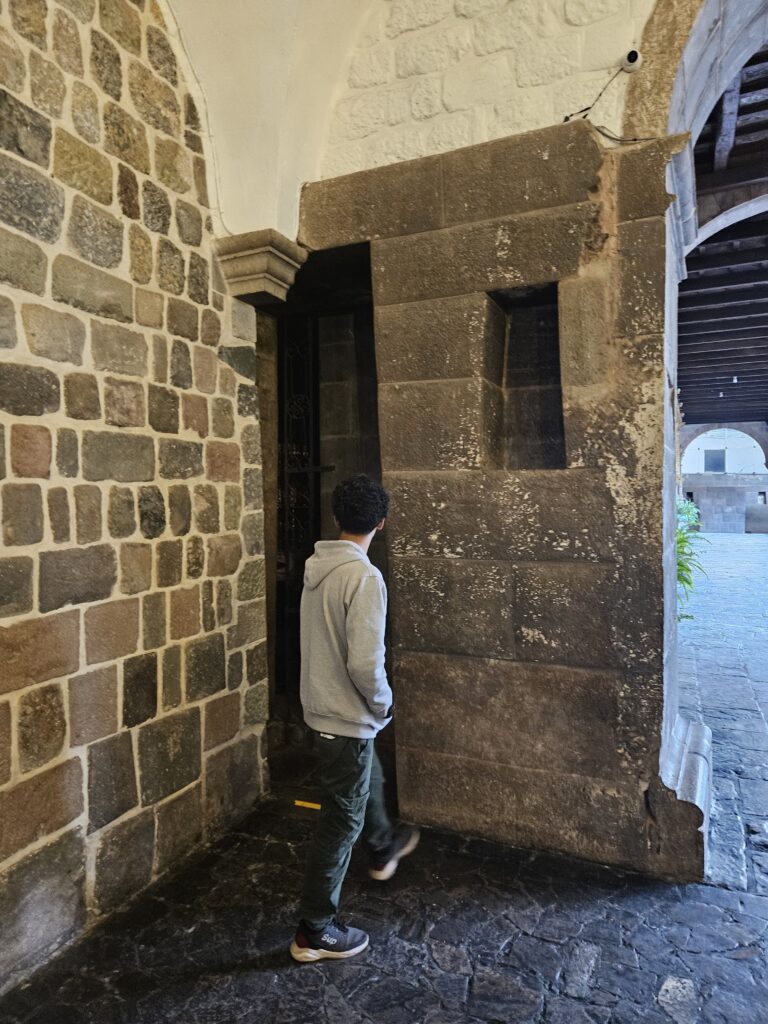
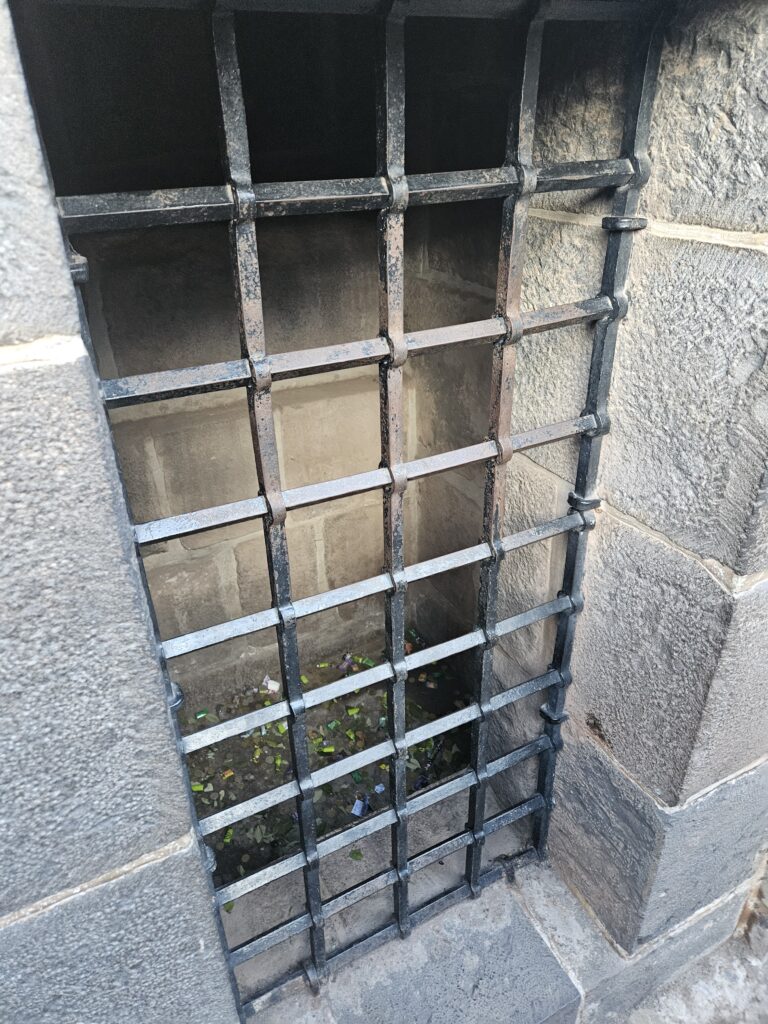
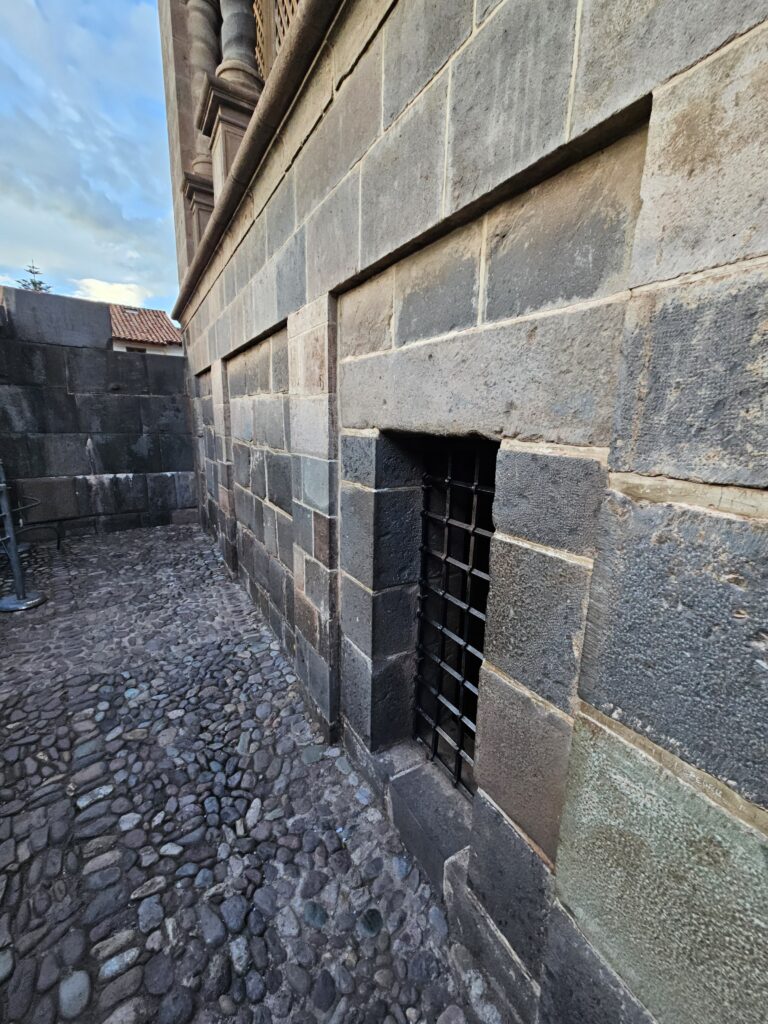

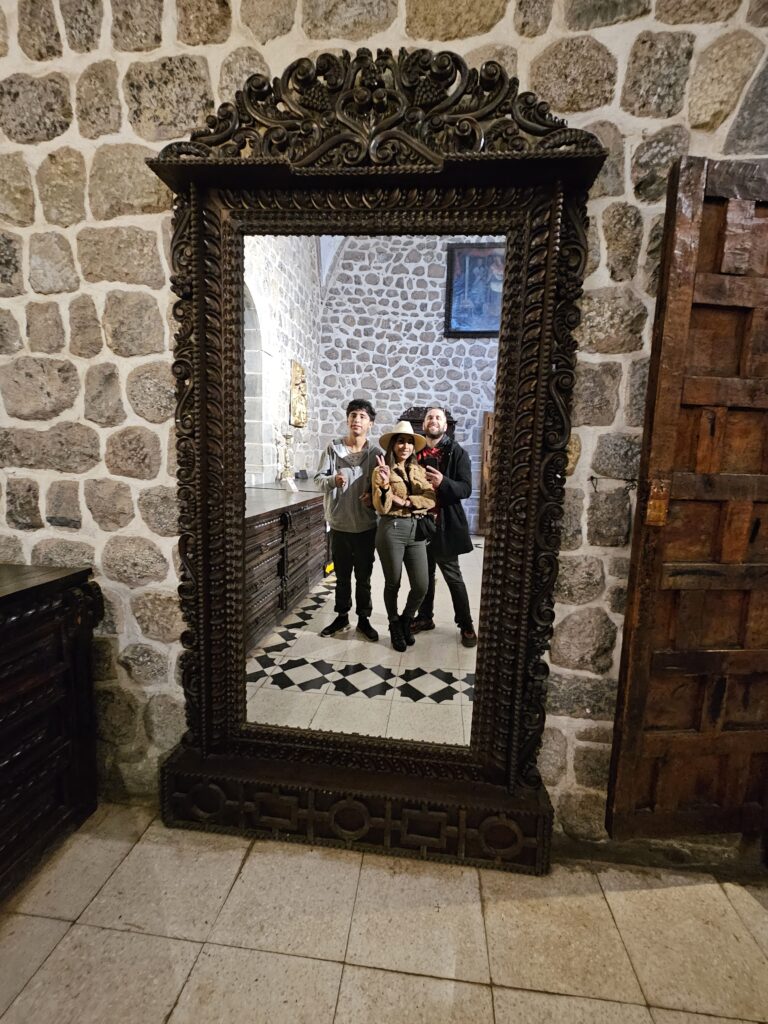

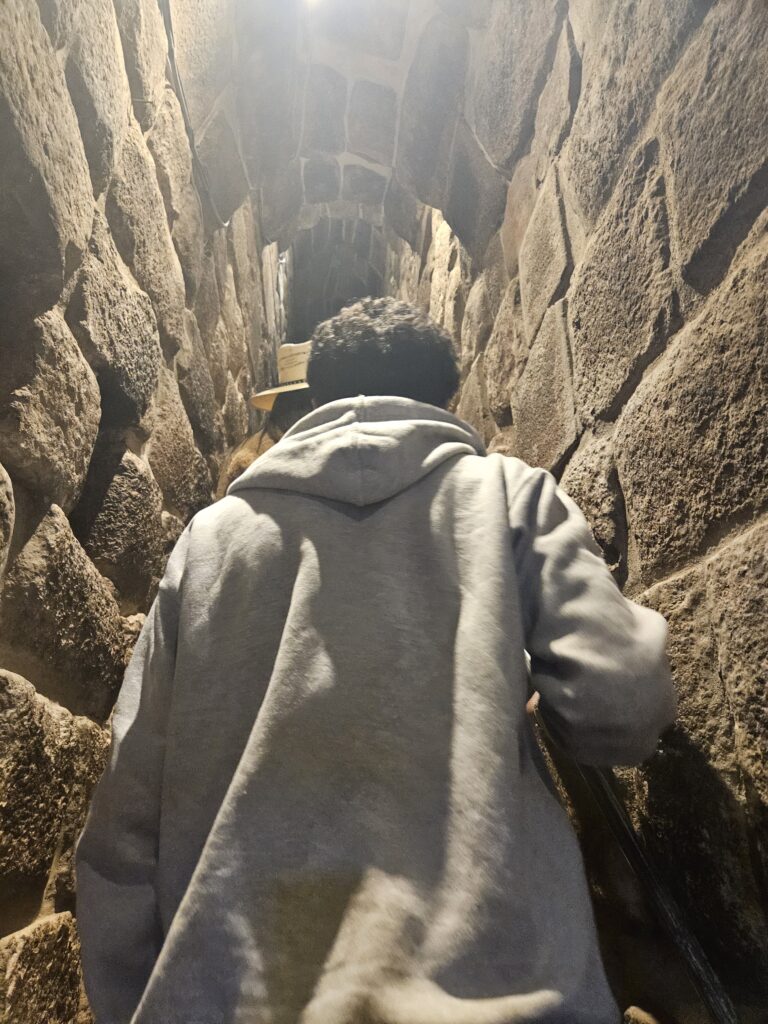
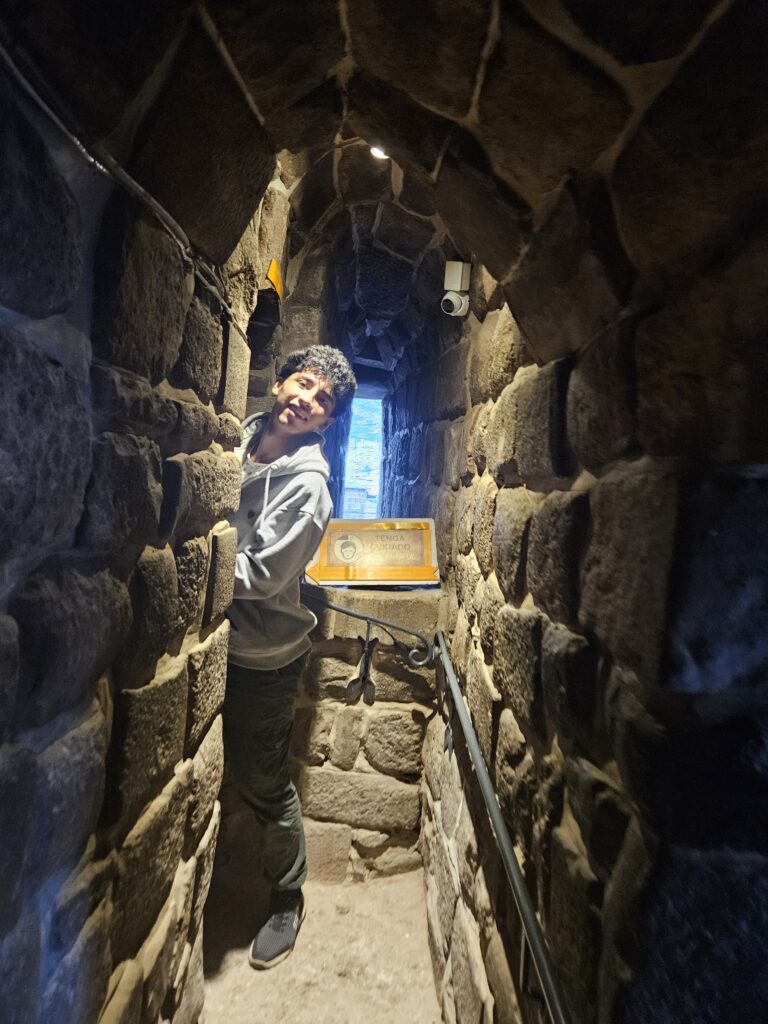
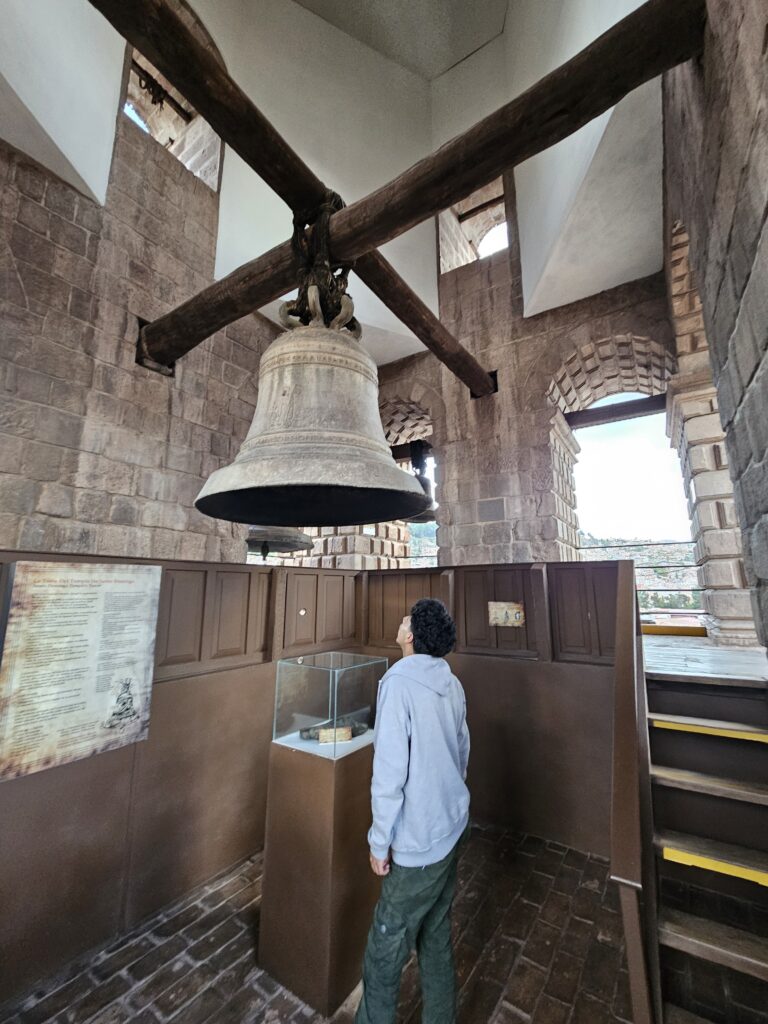
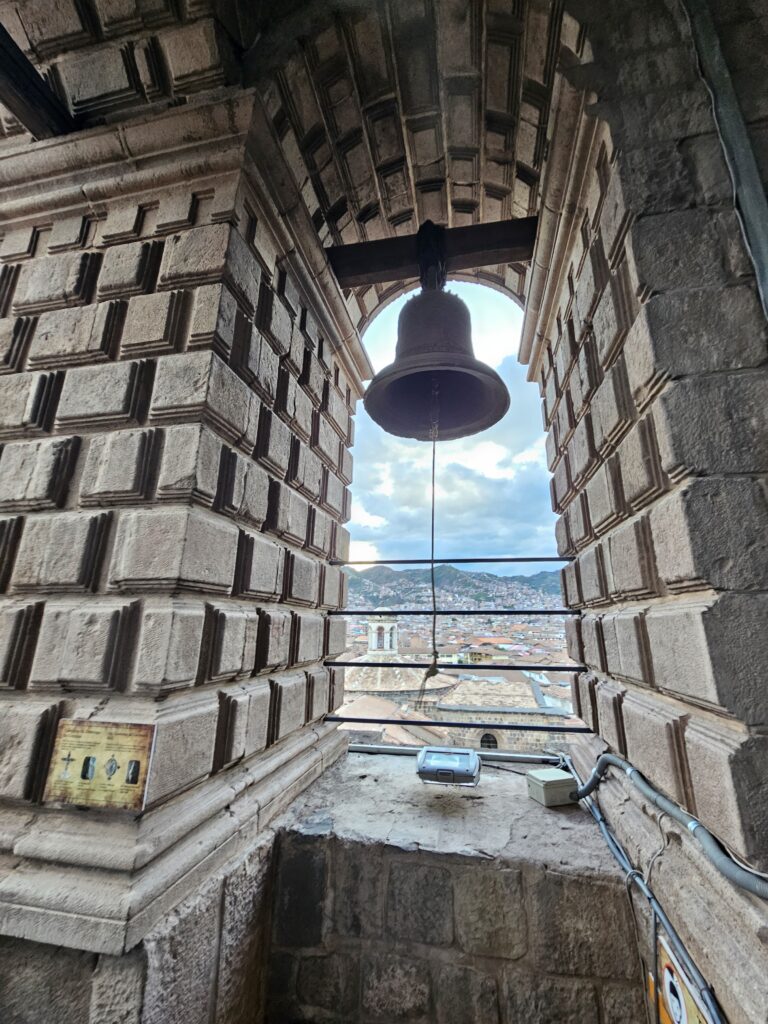
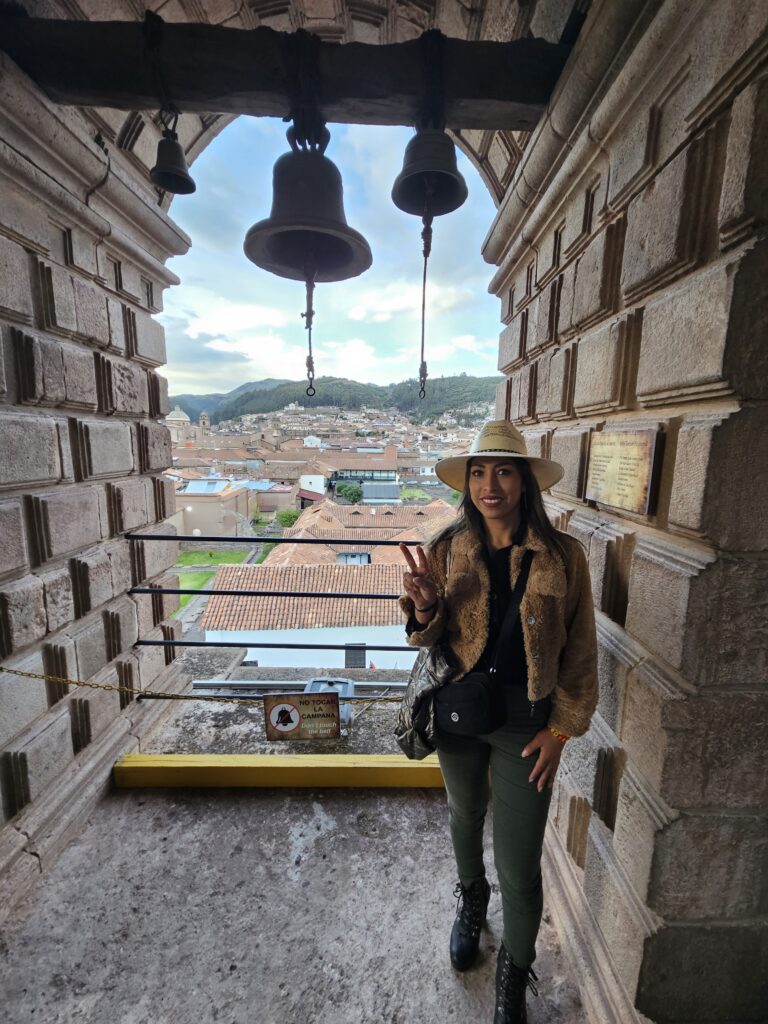
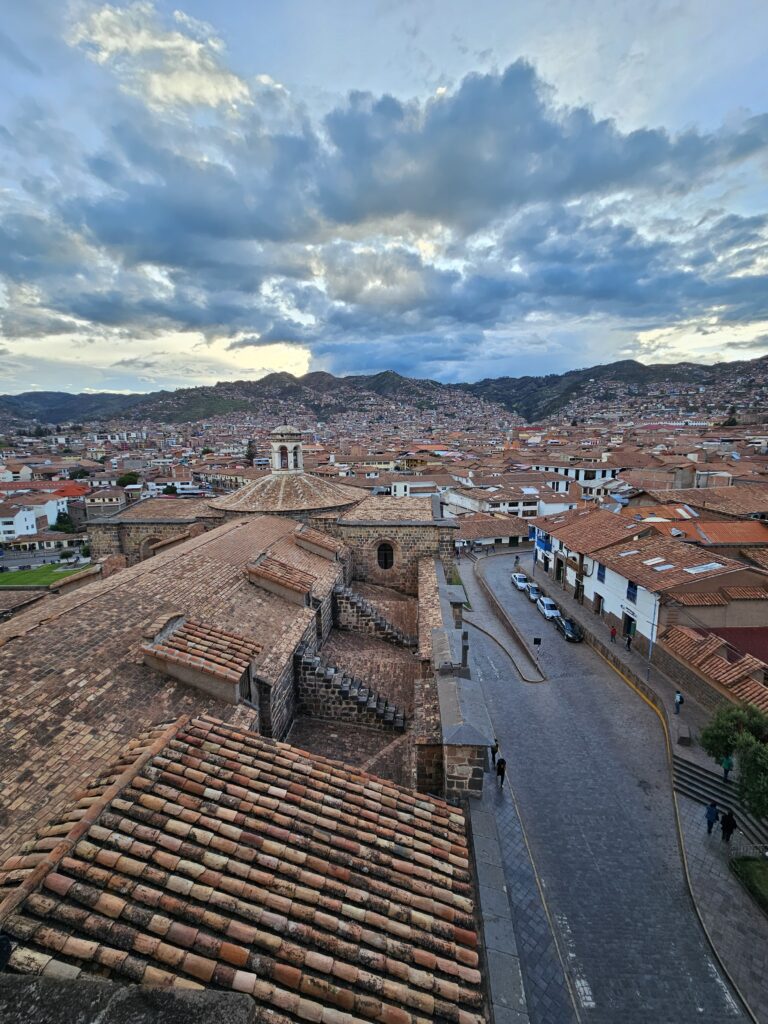
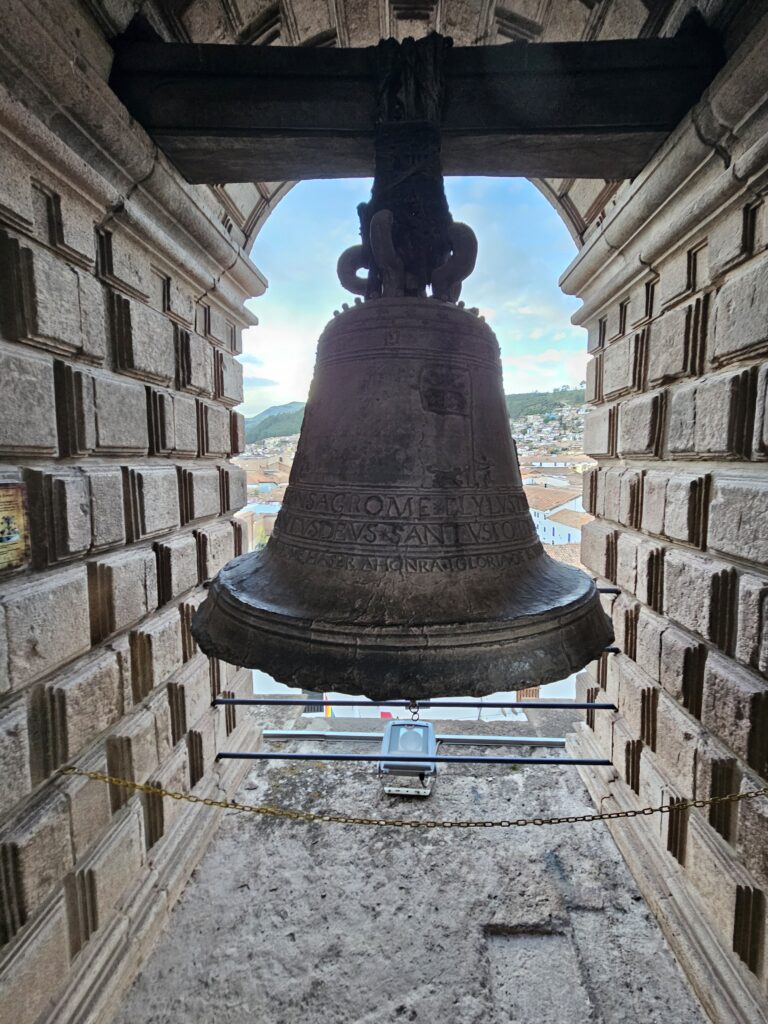
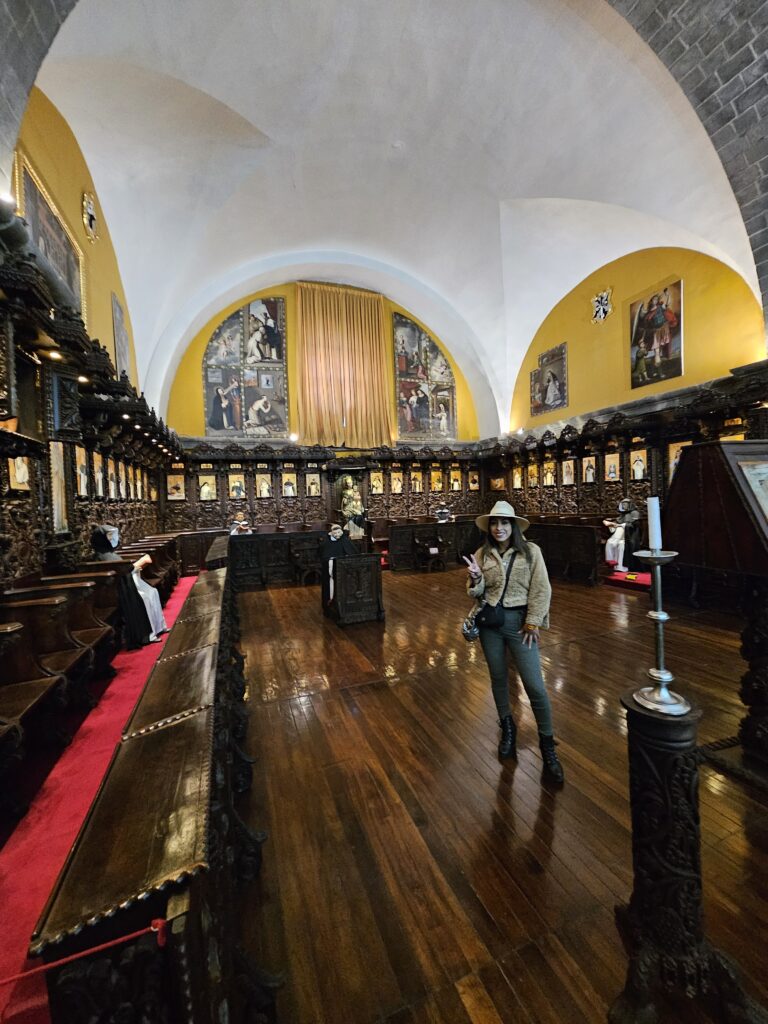
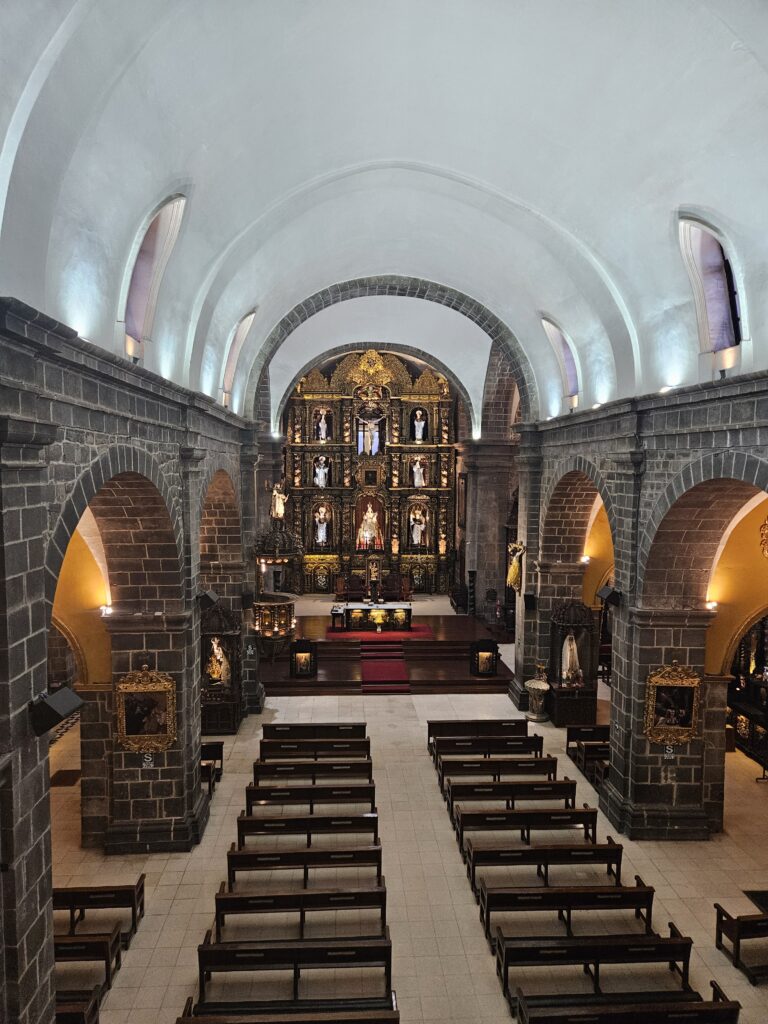
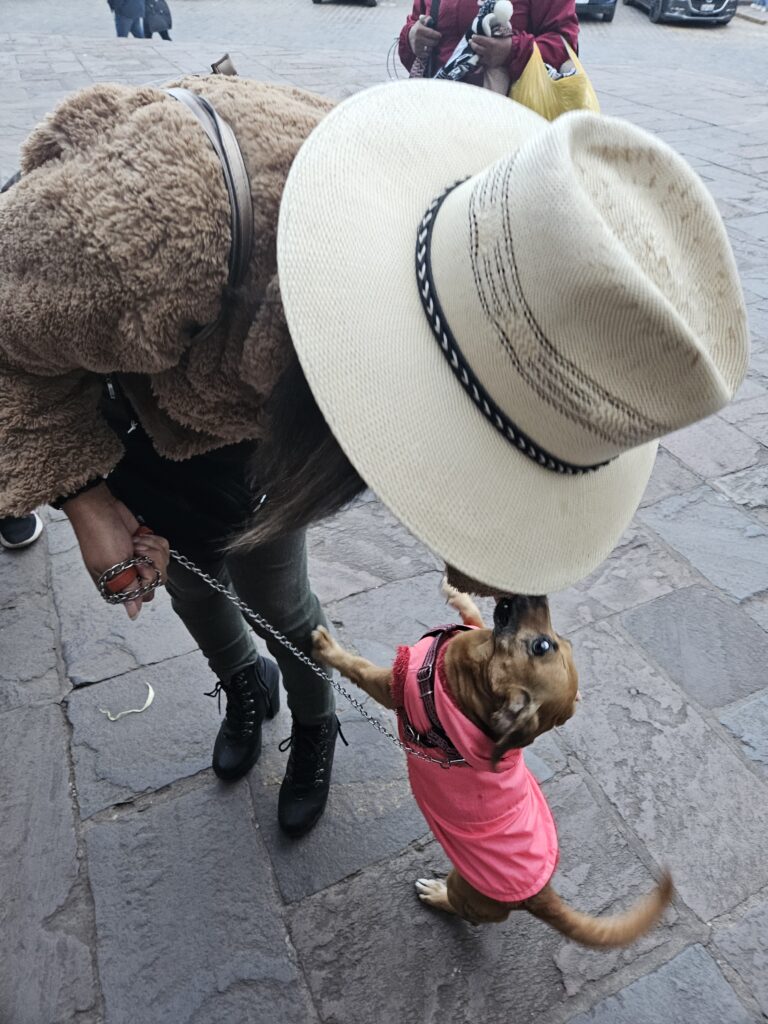

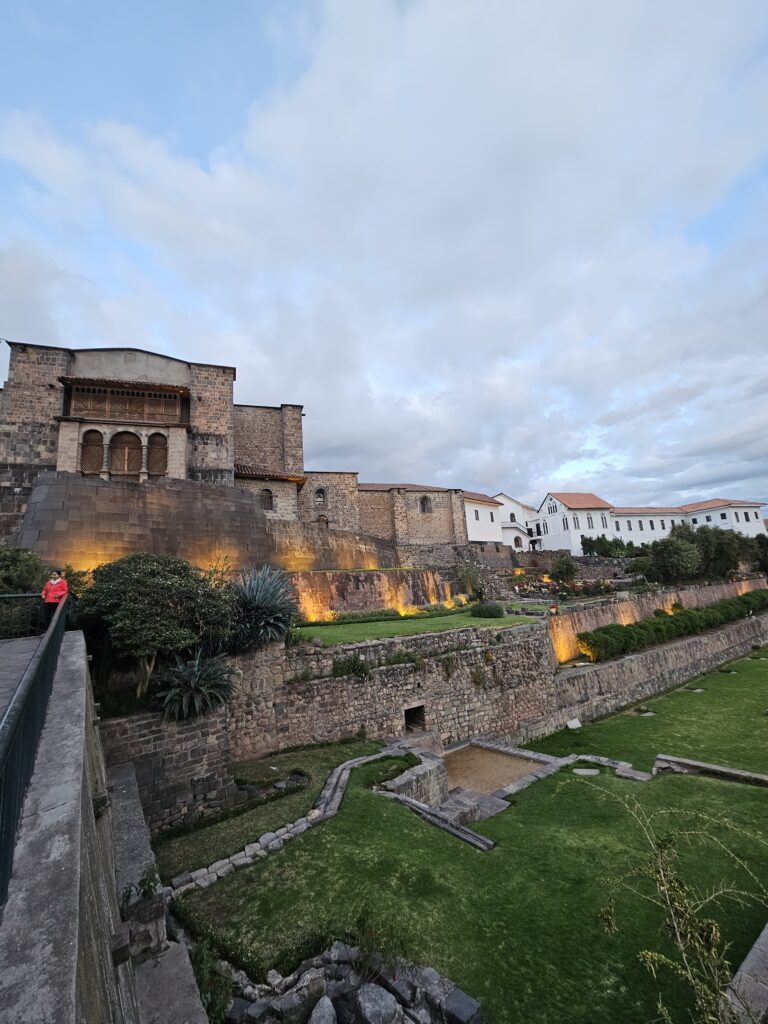
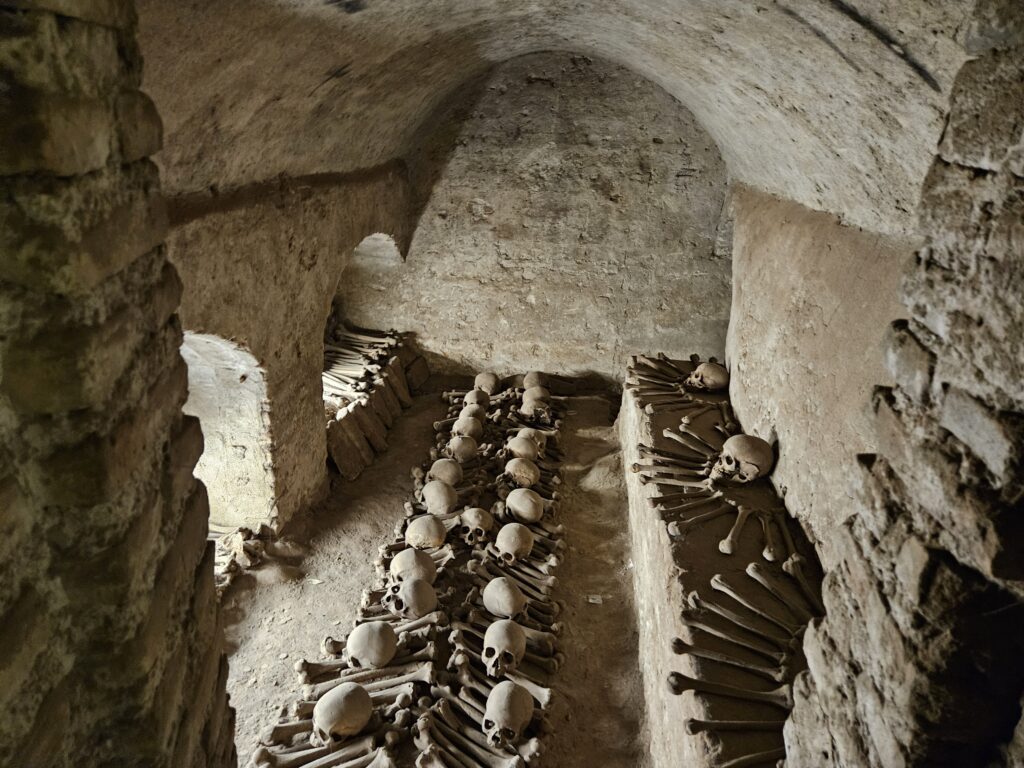
Bonus Attraction: Convento de San Francisco – When it comes to impressive transformations, the Convento de San Francisco de Lima steals the show. This cathedral evolved from a modest structure that was precariously built on gravel to the artistic marvel of the Virreinal period. It was originally constructed as a small cathedral in 1546. Over the next hundred years, it was gradually upgraded with more sophisticated architecture that made it one of the most revered cathedrals in the Spanish empire.
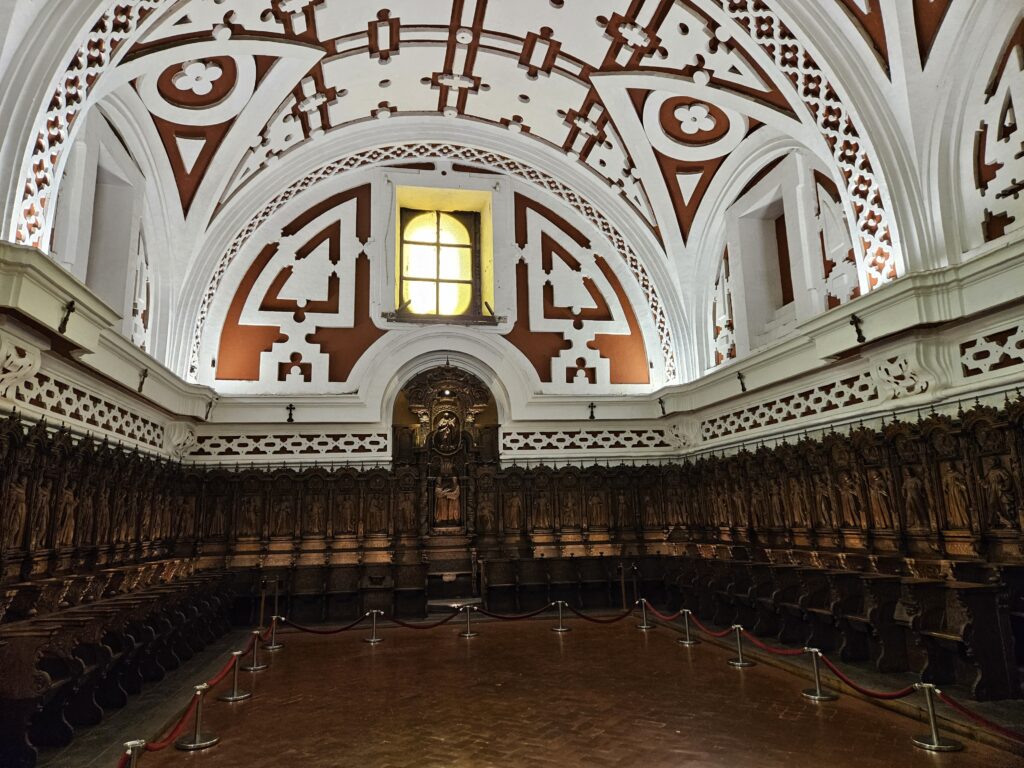
Due to its weak foundation, the cathedral was destroyed by the 1655 earthquake that rocked Lima. This erased an entire century’s worth of artistic renovations. Fortunately, this sparked a new wave of construction that brought the Convento de San Francisco to a whole new level. Under the orders of Francisco de Borja, a new temple was constructed on the same site that was inaugurated in 1672. This new cathedral boasted innovative designs from some of the most renowned architects of that period. From its intricate Moorish-style ceiling to its extensive library with over 20,000 pieces of literature from around the world, this cathedral is bursting at the seams with art from the entire Spanish kingdom.
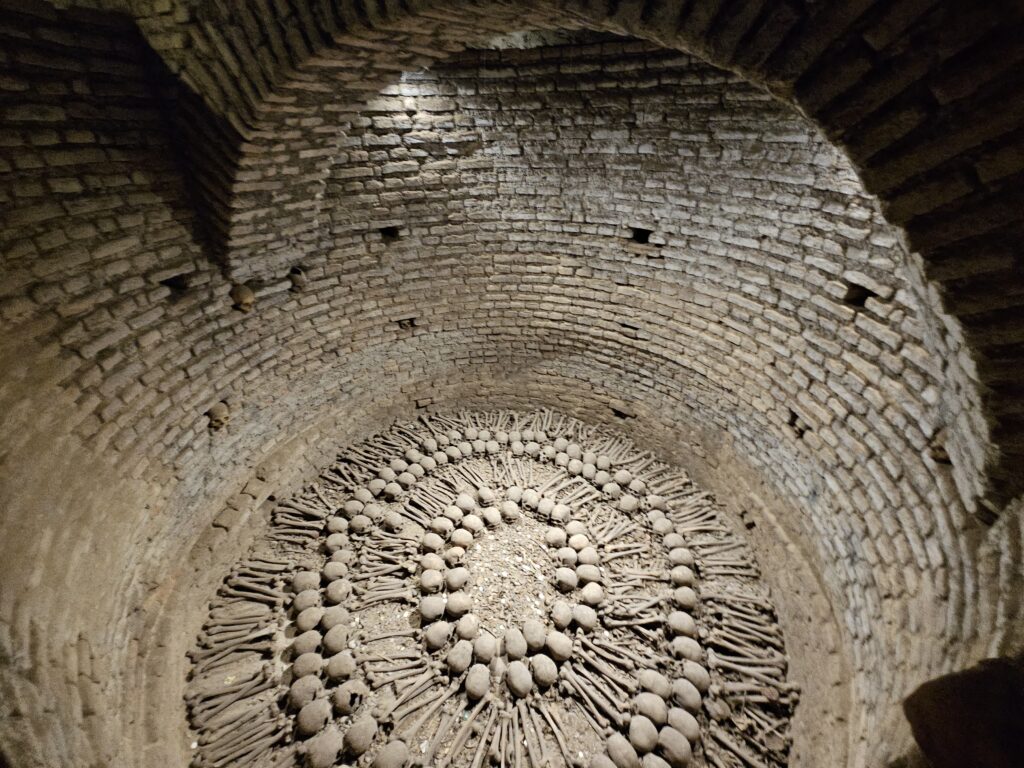
Out of its many anomalies, the catacombs are easily the most notable feature of the cathedral. After its founding up until 1810, the cathedral was used as a cemetery for a wide variety of Spanish conquistadors and Limeñans. At the time, it was common to pay the church for a burial space in the cathedral. Many believed that the closer to the altar, the faster the deceased would get to heaven. It’s estimated that these caverns are home to over 25,000 skeletons. This staggering amount of human remains is artistically organized in multiple areas ranging from circular wells to massive stretches of underground mass graves. It’s an intriguing place to explore, so come discover how to get first in line to the afterlife!
